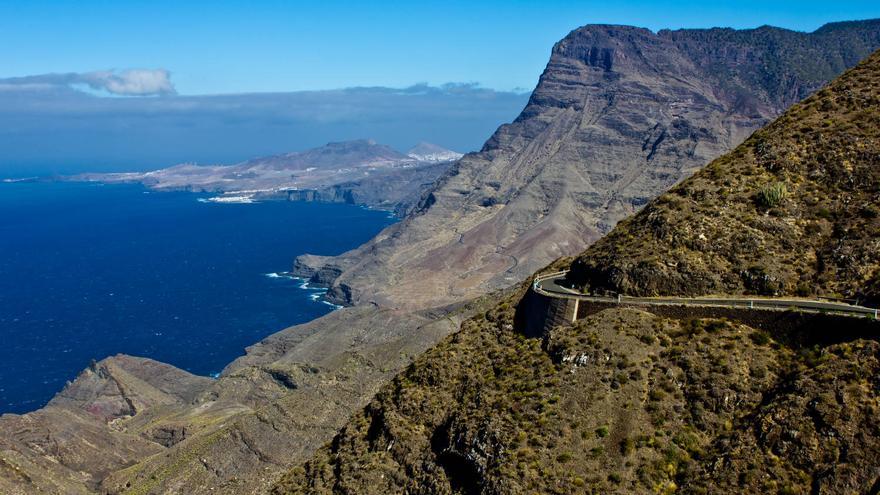Pyramids tenerife: Home. Pirámides de Güímar
Santa Cruz de Tenerife: Pyramids of Güímar Ethnographic Park
Entry ticket
Add to wishlist
Entry ticket
Activity provider:
Pirámides de Güímar
Learn more about these mysterious pyramids in Santa Cruz de Tenerife and enjoy access the botanical garden with this attraction ticket.
About this ticket
- Free cancellation
- Cancel up to 24 hours in advance to receive a full refund
- Reserve now & pay later
- Keep your travel plans flexible — book your spot and pay nothing today.
- Covid-19 precautions
-
Special health and safety measures are in place. Check your activity voucher once you book for full details.
- Valid 1 day
- Check availability to see starting times.
- Wheelchair accessible
- Take in panoramic views of the pyramids
- See the beautiful flora in the botanical garden
- Enjoy both the ruins and the natural landscape together
Visit the Pirámides de Güímar Ethnographic Park and Botanical Garden and walk through an open-air museum with six stepped pyramids oriented towards the sun on key astronomical dates. Discover more about these strange lava rock formations from the 19th century AD.
Walk through a park that was twice nominated for the European Museum of the Year Award. Follow several outdoor routes and specialized gardens that cover over 64,000m2.
Select the premium visit option to explore aboriginal cultures from around the world, including the “Rapa Nui. Polynesia: Extreme Survival” exhibition. Enter the park’s poison garden to see over 70 poisonous plant species, including some of the most dangerous plants on the planet.
- Pyramids
- Museum
- Botanical Garden
- Access to the poisonous garden (with premium visit option)
- Access to the Polynesian exhibition (with premium visit option)
- Food and drinks
- Hotel pickup and drop-off
Open in Google Maps ⟶
Overall rating
4.
/5
based on 37 reviews
Review summary
-
Value for money
4.5/5
-
Service
4.4/5
-
Organization
4.6/5
Sort by:
Traveler type:
All traveler types
Couples
Group of friends
Solo travelers
Families
Star rating:
All star ratings
5 stars
4 stars
3 stars
2 stars
1 star
Excellent quality – price ratio for the basic package.
Read more
Very nice park with a lot of interesting information about the history. The poison garden is also very interesting. In my opinion, an audio guide is highly recommended.
We priced the premium ticket, very expensive for what’s more. 2 exhibitions not terrible, we only took it for the poisonous garden Essential audio guide
Product ID: 405931
The Güímar Pyramids in Tenerife – Barceló Experiences
Now there’s no need to travel to Egypt to see breathtaking pyramids.
Thanks to Heyerdahl, today we can enjoy the Parque Etnográfico y Jardín Botánico Pirámides de Güímar [Güímar Pyramids Ethnographic Park and Botanical Gardens]. There is a total of six step pyramids in the area, which can be visited by following the footpaths. Along the way, visitors learn facts about construction of the pyramids, and can appreciate the precision with which the stones making up these structures were cut—as well as the steps leading up to the apex. Visitors will also find out about the volcanic origins of the stone and the orientation of the axes of the complex.
Free cancellation
The origins of the Tenerife pyramids
The existence of these pyramids was discovered relatively recently: at the beginning of the 1990s, to be precise. It was then that the anthropologist Thor Heyerdahl, who had devoted much of his life to the study of the world’s ancient civilisations, examined the structures in Güímar, and discovered that these pyramids were very similar to others found in Sicily, Mexico, Mesopotamia, Polynesia and Peru. So, without a moment’s hesitation, Thor Heyerdahl settled in Tenerife to study the complex in situ.
There are many theories about the origins and age of these Tenerife pyramids. Some say they are mounds of stones (or majanos as they are known locally), placed there by farmers clearing the land before planting it. Heyerdahl, however, disagreed with this view, taking into account the fact that the pyramids were astronomically orientated towards the summer and winter solstices, suggesting a probable link with ancient civilisations.
Thor Heyerdahl’s campaign
As we have already said, the area where the pyramids now stand was earmarked for luxury building developments, something that Heyerdahl could not allow. So he went on the offensive, and did not give up until the land was acquired by the Fred Olsen shipping line with the aim of protecting and studying the pyramids, and setting up what is now the Güímar Pyramids Ethnographic Park and Botanical Gardens.
Subsequently, a museum was established in the former Casa Chacona, which was restored in accordance with traditional Canary Island architectural style. Here, visitors can see reproductions of ancient ethnographic and cultural works from the Old and New Worlds. Also on view are the findings of the various archaeological projects that have been undertaken at the Güímar Pyramids, together with other research into primitive navigation techniques and the use of boats made from reeds.
The complex includes an impressive auditorium, newly built as a semi-subterranean structure in order to minimise its environmental impact. The main hall can seat 164 people, and screens a documentary, in six different languages, illustrating human migration and the experiences of Thor Heyerdahl in his many trans-oceanic voyages. One of the most famous of these was the Kon Tiki expedition. It took place in 1947, when Heyerdahl crossed the Pacific Ocean in 101 days, from Peru to Polynesia, on a wooden raft. In recognition of this feat, he was awarded an Oscar by the Academy for the best documentary. Also on display is a large-scale replica of Ra II, a vessel constructed from balsa wood on which Thor Heyerdahl sailed to Easter Island in 1970.
The Güímar Pyramids and the botanical gardens
In 2017, the Güímar Pyramids attraction added ‘Botanical Gardens’ to its title.
Another fascinating attraction is the Poison Garden whose 1,500-m2 area is home to 70 species of poisonous plants from all over the world. This collection is the only one of its kind in Spain, and aims to raise awareness of the fact that some plants are harmful to health. The medicinal uses of certain species are discussed, along with the degree of toxicity of other plants, and the most dangerous plants are identified. The garden has a pleasant, peaceful setting, and appeals particularly to children. The Güímar Pyramids Park also has a full calendar of activities aimed at children.
The final attraction of the Güímar Pyramids Ethnographic Park (which is located 28 kilometres from Santa Cruz de Tenerife), is the Sustainable Garden.
Four trails in the Park of Güímar
Visitors to the Güímar Pyramids also have the opportunity to enjoy four trails on the themes of the history, botany and nature of the Canary archipelago. The first is the Ruta Botánica Canaria [Canary Island Botanical Trail], which allows visitors to see many of the Islands’ endemic species, such as the Canary Island palm tree, the cardón [or euphorbia, a species of giant cactus], the dragon tree and the Canary Island pine tree. All these are identified and the most representative are accompanied by information posters.
The second trail, known as the Ruta de Exportaciones [Export Trail], focuses on the archipelago’s most commonly exported products, including sugar cane, wine, cochineal, bananas and tomatoes.
The Ruta Cultural [Cultural Trail] deals with several aspects of the history of the Canary Islands over the past five centuries. Agriculture, crafts, water, traditional costume, gofio [toasted flour], Guanche mythology, pirates and corsairs, the role of the Church, emigration, lizards, local sports, livestock farming and fishing are just a few of the aspects featured in the tour. And, lastly, the Ruta Volcánica [Volcanic Trail] explains the geological origins of the archipelago, and shows how the Canary Islands were formed over millions of years, along with their volcanic activity.
Free cancellation
Visit of the Guimar Pyramids in Tenerife
Our Tenerife little trip was very last-minute. Completely unplanned, it was an escape from the cold and dump winter.
What an extraordinary surprise when I found out about the Guimar Pyramids. I had been dreaming of pyramids!! Ever since I was a child, I have been attracted by the Mayan culture. It probably has to do with the Mysterious Cities of Gold, a Japanese-French animated series I was religiously watching when I was young!
When I found out about them, I instantly knew we had to go and so we went the next day.
Arriving on the parking lot and seeing glimpse of the pyramids was very exiting. Despite the pressing urge to see the pyramids, we started the visit by going through the museum and the auditorium to learn about the site, the archeological researches and the amazing work of Dr. Thor Heyerdahl.
We have already traveled quite a bit, have been to many interesting places, we love architecture, and show a genuine interest in different cultures and history.
After that, walking through the park and seeing the pyramids was just the cherry on the cake.
Ending up in Guimar instead of Chichen Itzá could have been a disappointing experience. Instead I think it was a fantastic introduction for us to long-lost time and civilizations. It was also a sign that I wasn’t ready for the big trip to Mexico, and that I needed to study to make the most of our time there.
The Guimar Museum
The Entrance to the Guitar Museum
Welcoming Committee!
How nice…
The Guitar Museum auditorium
Thor Heyerdahl reed boat reproduction – The real boat crossed the Atlantic Ocean
My dream list!
The Guimar Pyramids
There are 6 pyramids in Guimar which are surrounded by a beautiful park which provides a beautiful view on the ocean.
Other areas of the Guimar Museum
Rapa Nui from the Eastern Island! A surprise!
The poisonous herbs garden
The coffee shop
The technical bits:
There are 6 pyramids in Guimar which are surrounded by a beautiful park. the path to walk around is lovely and a soft zen music is playing which makes the experience even more enjoyable. The museum is very informative and well presented, the secret Garden hosting poisonous plants is a nice touch and let’s not forget about the cafe which serves freshly pressed fruit juice! Not too big, not too small, the whole thing represents a very nice experience.
Official link: www.piramidesdeguimar.es
Bonus?!
The bonus of our visit to the Guimar Museum was to find out about the other pyramids of the island!
Two days later, en route for the South of Tenerife, we headed to look for the hidden pyramid of Icod! Well ok, it’s not really hidden but it took us a lot of driving, determination and a bit of luck to find it as it is not indicated on any sign.
Icod pyramid
When you look at the pyramid on a picture or from far away, climbing it seems completely manageable. But when you are there, up close, not so much anymore. Each level is a giant step and the stones are wobbly. As I watched M. A climbing the 3rd level, I wondered how this pyramid and probably some others could have lasted for centuries. He decided to not go to the top and turned around. I decided to stay on the ground!
It is probably best anyway.
Come on Facebook to say Hi!
Or subscribe to RTatW newsletter*. Form down below!
*You will get a chance to win on of my original drawings every time I do a giveaway!
PIN THIS FOR LATER
Visit of the Guimar Pyramids in Tenerife: A surprising museum about ancient pyramids where you wouldn’t expect to find some… come along
Tenerife Pyramids of Guimar Ticket, Güímar
Can’t find your booking reference?
The booking reference can be found in the confirmation email, which should be in your inbox.
Can’t find it? Leave us your email and we’ll send you a summary of your bookings.
Tenerife is home to a number of fascinating archaeological sites, and the Pyramids of Guimar are the most enigmatic. Discover their secrets with skip-the-line access to the ethnographic park.
See availability
See availability
Visit the Poison GardenMany plant species are exhibited hereVisit the Sustainable GardenVisiting the Guimar PyramidsGüímar Pyramids MuseumAccessing the auditorium of the Güímar PyramidsVisit the Poison GardenMany plant species are exhibited hereVisit the Sustainable Garden
See more photos (8)
Aerial views of the Güímar PyramidsVisiting the Guimar PyramidsGüímar Pyramids MuseumAccessing the auditorium of the Güímar Pyramids
Tenerife is home to a number of fascinating archaeological sites, and the Pyramids of Guimar are the most enigmatic.
Pyramids of Guimar Ticket
Located in the municipality of the same name, the Pyramids of Güímar are one of the most enigmatic ethnographic parks in Tenerife.
In the past, it was thought that these stepped constructions were built by the aborigines of the Canary Islands, the Guanches. However, the latest research has shown that these pyramids actually date back to the 19th century. But the question is, who built them and why?
During your visit to the ethnographic park, you can find out more about the origins of the pyramids by visiting the Casa Chacona Museum. You’ll also be able to enter the expedition room and a small auditorium where you’ll enjoy a documentary that will help you to learn about the many other investigations of Thor Heyerdahl, the founder of the park.
The Pirámides de Güímar is also a botanical garden.
Ticket options
When booking you can choose between two types of tickets:
- Standard ticket: Includes the Casa Chacona Museum, the Expeditions Room, the Sustainable Garden, the auditorium and the open-air tours of the Pyramids of Güímar and its gardens.
- Premium ticket: Includes the visits of the standard ticket plus access to the Poison Garden and the exhibition Colonising Polynesia. Rapa Nui: Extreme Survival.
Opening times
The museum and the installations of the Pyramids of Güímar are open every day between 10 am and 6 pm.
View complete description
Price
|
||||||||||
|
||||||||||
Standard ticket
-
Canarian residents (adults)
US$ 7.40
-
Canarian residents (children between 7 and 12 years old)
US$ 4.30
-
Non residents (adults)
US$ 12
-
Non residents (children between 7 and 12 years old)
US$ 5.
30
-
Children under 7 years old
Premium ticket
-
Canarian residents (adults)
US$ 14.10
-
Canarian residents (children between 7 and 12 years old)
US$ 4.30
-
Non residents (adults)
US$ 17.20
-
Non residents (children between 7 and 12 years old)
US$ 6.20
-
Children under 7 years old
More Information
Covid-19 Measures
Please check local restrictions before traveling.
Show more
A safe distance of one metre between clients will be maintained whenever possible.
The use of masks is obligatory. The client must bring their own mask.
Alcohol gel will be available before, during, and after the service.
All those running the service (guide, driver etc…) will wear a mask throughout its duration.
Showing your voucher on your phone will be enough, and it is not necessary to print anything.
Show less
Included
Skip the line access to the attractions included on the selected ticket type.
Map and booklet about the Pyramids of Guimar in English and other languages.
When to book?
You can book up until the previous day (11:59 pm) if there are still places available.
Book now to guarantee your spot.
Type of voucher
Electronic. Show the voucher on your phone.
Accessibility
Wheelchair accessible. Accessible toilets. An accompanying person is required.
Sustainability
All services published on Civitatis are carried out in accordance with our Sustainability Code. Specifically, this activity applies the following practices:
Show more
Pets
Permitted.
Frequently asked questions
If you have any other questions please contact us
.
Free cancellation
Free! Free cancellation up to 24 hours before the activity starts.
If you cancel under this time or do not show up, you will not be refunded.
|
Flexible schedule |
Güimar Pyramids, Tenerife
Güimar Pyramids, Tenerife
© Sofia GK
The Ethnographic Park of Güimar’s Pyramids also known as Majanos de Chacona is located in the municipality of Güimar, in the island of Tenerife in the Canary islands.
Pirámides de Guimar, Tenerife
© Sofia GK
This pyramids, or Majanos de Güimar are a construction complex in pyramidal shape staggered astronomically according to winter and summer solstices. Precisely for this reason they have a great cultural, historic and astronomic importance. This monuments are categorized as Cultural Interest Good.
A visit to the Ethnographic Park of Güimar’s Pyramids will allow you to observe with great detail this valuable pyramids that have astonishing resemblance to the ones on Egypt, Sicily and Mesopotamia.
Nearby the pyramids you’ll find the following facilities:
An auditorium where you might watch an interesting projection about the past human migrations as well as about the enormous coincidences between different cultures of the world as the ones from the Atlantic, Peru, Mexico, Mesopotamia and Egypt.
A museum where you’ll find many sculpture replicas, models, ceramic and photographs that evoke the resemblances between civilizations located on both sides of the Atlantic.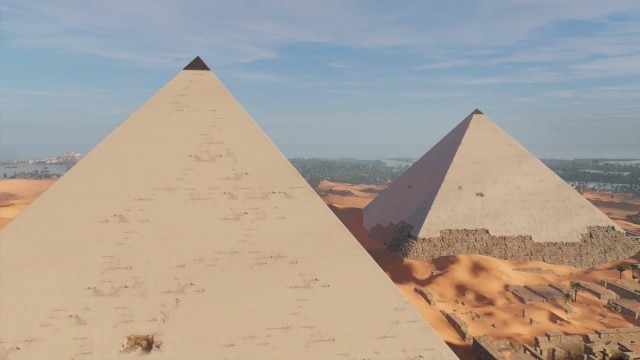
Furthermore, you’ll find an ancient tent that hosts different replicas and interesting informations about the reed boats used for early expeditions.
More information:
Address:
Calle Chacona, Güimar.
Schedule:
The park opens everyday at 9.30am and closes at 6pm.
The park’s only closed on the 25th December and 1st January
Telephone:
+34 922 514 510.
Recommended Excursions:
Hotels near this place:
Casa del Cura Viejo
(In 2777 meters).
Interactive Map:
What to see in Güimar
- Güimar Pyramids
- San Pedro Church
What to see in Tenerife:
- Arona
- Costa Adeje
- El Sauzal
- Granadilla de Abona
- Güímar
- La Orotava
- Los Realejos
- Puerto de la Cruz
- Santa Cruz de Tenerife
- Santa Úrsula
- Santiago del Teide
- San Cristóbal de La Laguna
- San Miguel de Abona
- Tacoronte
- Beaches in Tenerife
- El Teide National Park
- Corona Forestal Natural Park
- Costa Acentejo Protected Landscape
- Las Aguilas Jungle Plark – Arona
- Monkey Park – Arona
- Camel Park – Arona
- Bananera Jardines del Atlántico – Arona
- Costa del Silencio – Arona
- Los Cristianos Beach – Arona
- Aqualand Aquapark – Costa Adeje
- El Infierno Ravine Natural Reserve – Costa Adeje
- Siam Park – Costa Adeje
- Güimar Pyramids – Güímar
- El Viento Sobrado Cave – Icod de los Vinos
- Museum of contemporary dollart and Designer Teddies – Icod de los Vinos
- Victoria Gardens – La Orotava
- Oasis del Valle (Thematic Park) – La Orotava
- Nuestra Señora de La Concepción Church – La Orotava
- Casa Lercaro – La Orotava
- Guindaste Natural Pools – Los Realejos
- San Fernando Fort – Los Realejos
- La Corona Viewpoint – Los Realejos
- Loro Parque – Puerto de la Cruz
- Martianez Lake – Puerto de la Cruz
- Las Teresitas Beach – Santa Cruz de Tenerife
- Tenerife Auditorium – Santa Cruz de Tenerife
- San Juan Bautista Castle – Santa Cruz de Tenerife
- Tenerife Espacio de las Artes (TEA) – Santa Cruz de Tenerife
- García Sanabria Park – Santa Cruz de Tenerife
- Benijo Beach Santa Cruz de Tenerife
- Acantilado de los Gigantes – Santiago del Teide
- Chinyero Volcano – Santiago del Teide
- San Cristóbal de La Laguna Cathedral – La Laguna
- Nava Palace – San Cristóbal de La Laguna
- La Concepción Church – San Cristóbal de La Laguna
- El Capitán House Museum – San Miguel de Abona
- El Médano – Granadilla de Abona
What to do in Tenerife:
- Surf
- Diving
- Boat Trips
- Bus tours
- Climbing & Hiking
- Cycling
- Golf
- Aquatic and Theme Parks
What to see in las Islas Canarias:
- Tenerife
- Gran Canaria
- Fuerteventura
- Lanzarote
- La Palma
- La Gomera
- El Hierro
Flight Offers:
Compare flight offers and book in advance to save some money.
Hotels in Tenerife
Book now your Hotel or Apartment in Tenerife:
- Apartaments in Arona
- Hotels in Costa Adeje
- Hotels in La Laguna
- Accommodation in La Orotava
- Accommodation in Los Realejos
- Hotels in Puerto de la Cruz
- Hotels in Puerto de Santiago
- Hoteles San Miguel de Abona
- Hotels in Santa Cruz de Tenerife
Car Rental
Find the largest offer in car rental for your holidays:
- Rent a Car
Copyright www.VisitCanaryIslands.Org © – All rights reserved
Discover The Enigmatic Pyramids Of Tenerife In Güímar
One of the main attractions of the south of the island are the pyramids of Tenerife, located in Güímar.
They combine history and architecture with the beauty of the surrounding nature, where thousands of visitors stop and enjoy an ideal plan for any age.
The pyramids of Tenerife
Although for many people Tenerife is synonymous with sun and beach, there are also places where you can spend a different day and get to know both the present and the past of the island.
This place is the Ethnographic Park Pirámides de Güímar, founded in 1998 by Thor Heyerdahl. This important Norwegian researcher built the park to protect, safeguard and study these constructions.
In addition to the pyramids, it also has large landscaped areas. As well as a museum and an auditorium. The space functions as an open-air museum where several open-air routes have been set up. This allows the visitor to learn about Canarian culture, history, botany and nature.
The extensive botanical collection integrated into the exhibitions is a major protagonist. In them, you can discover a multitude of plant species over an extension of accessible landscaped areas of more than 20,000 square meters. Its importance is such that in 2017 it will obtain the prestigious denomination of Botanical Garden, granted unanimously by the Ibero-Macaronesian Association of Botanical Gardens.
To complement all these spaces, we can find various exhibitions and ethnographic samples, a children’s playground, an information room, store services and cafeteria.
Discover the archaeological site in Güímar.
History and School of Travellers
The construction of the park took place at the end of the 20th century, by Thor Heyerdahl, but there are several theories about the origin of these pyramids in Tenerife:
- Some researchers expose that the pyramids are mounds of stones (which they call “majanos”). These stones were placed at the time by farmers to clean the land and thus be able to cultivate it.
- For Heyerdahl, the pyramids of Tenerife were related to other ancient civilizations located around the planet. These civilizations share architectural principles in their constructions. Therefore, it would hardly be a simple accumulation of stones.
- The excavations in the park were carried out by the University of La Laguna and the FERCO Foundation in 1991. Materials from the middle of the 19th century were obtained from it.
- Also during the ’90s, the Instituto de Astrofísica de Canarias (Canary Islands Astrophysics Institute) realised a study in which it was demonstrated that the pyramids are astronomically oriented to the summer and winter solstices.
From this research, the conclusion is drawn that a casual construction of it is easily discarded.
- Some documents of the purchase of the land where the pyramids are located have been used to check if there were references to them. In one document from 1854, they are not mentioned, while in another from 1872 they are. If that theory is true, the construction date would be reduced to the last two decades of that century. It also maintains its historical relevance as an ethnographic element of the Canarian people of the nineteenth century.
Meet the culture of the island through its pyramids.
The “Thor Heyerdahl Travellers’ School” was created to make known the history discovered in this space.
A series of conferences organised by the Vice-rectorate for University and Society Relations of the University of La Laguna, in collaboration with the Pirámides de Güímar Ethnographic Park.
Routes
When visiting Tenerife, the pyramids offer four routes that you can choose according to your tastes:
- If you are looking to know the products that are key pieces in the exports of the Canary Islands, there is the export route.
It concentrates on the main products that have been exported from the archipelago since the time of the conquest. Examples include sugar cane, wine, cochineal, banana or tomato.
- In the case of preferring subjects related to agriculture, gastronomy, autochthonous sport and even mythology -in addition to other areas associated with Canarian ethnology-, the most appropriate would be the cultural route.
- Given the volcanic origin of the islands is logical that there is an exclusive route for it. The volcanic route explains this process of geological creation of the archipelago. It also shows the most common volcanic materials and how they affect climatology.
- The botanical route is recommended for lovers of vegetation. The Canarian archipelago has a high proportion of endemic species and plant communities. Many of them are only found here. The volcanic nature, together with the great heights of the islands and the climatic variety, gives rise to the formation of different landscapes or plant communities.
Make the different routes that the park has.
Inside the Ethnographic Park Pirámides de Güímar it is possible to see a series of botanical samples that will captivate anyone who prides himself:
- More than 70 poisonous plant species from all over the world are concentrated on the poisonous garden.
- The sustainable garden contains an atmosphere typical of a Canarian ravine, in which it is possible to see all the species of flora characteristic of this environment. Besides, the specimen of European eel, the only fish present in freshwater courses in the Canary Islands, has been introduced.
- Darwin gave special importance to the life strategies that orchids and carnivorous plants use to survive in tropical conditions, with constant temperatures and high humidity. To learn about the subject, you will find the tropicarium.
Local Tip: You must bear in mind that the visit to the tropicarium can only be done in a guided way.
You will have the opportunity to stroll through different gardens.
Events
Seeing a double sunset seems impossible, but it is not in the pyramids of Tenerife. Every year, on June 21, the park opens its doors to small groups to witness this unusual event.
This is an archaeoastronomical phenomenon that allows the sun to be seen again for a few minutes just after setting.
In addition to the double sunset, the facilities – and especially the auditorium – are also prepared to host groups that want to make events, from conferences and product presentations to birthdays.
In your hand is to discover these enigmatic Pyramids of Tenerife in Güímar. Its numerous activities for all kinds of audiences make the park an almost obligatory stop. Do not hesitate to delve into the history and culture of Tenerife, the pyramids and the Canary Islands.
(If you want to know more about different activities to do with the little ones of the house, you can read our article: The best things to do in Tenerife with your family.
Reserve your activities
Pyramids of Guimar, Tenerife | Tiqets
1 review
Book only once and enjoy several popular attractions at once.
Some of the content on this page has been translated automatically and may contain inaccuracies.
What’s included
Ancient structures shrouded in mystery… discover the Pyramids of Guimard!
Access to the Pyramids
Access to the Expedition Room
Access to the Botanical Route
Access to the Exporters Route
Access to the Cultural Route
Access to the Volcanic Route
Access to the 9004 Plastic Ocean Exhibition
Standard ticket price:
€7.
Read description
Opens in a new window
Immerse yourself in a spectacle of lights, legends and fantastic creatures
Entrance to Light Park Tenerife
Standard ticket price:
€16.00
Read description
Opens in a new window
How it works
1
Select the date of your visit
Select the desired date of your visit and number of tickets
2
Pay securely
Pay with our secure and easy booking process.
3
Get your tickets
Get your tickets by email and follow the instructions. Have a nice visit!
Directions
A
Piramides de Güímar
B
Chinese Lantern World: Light Show Tenerife
Open on the map
Pyramids of Guimard
- The visit can be rescheduled up to 24 hours before the time of the visit.
Light Park Tenerife
- The visit can be rescheduled until 23:59 the day before the visit.
Chinese Lantern World: Light Show Tenerife
| Wednesday |
19:30 – |
| Thursday |
19:thirty – |
| Friday |
19:30 – |
| Saturday |
19:30 – |
| Sunday |
19:30 – |
| Monday |
19:30 – |
| Tuesday |
19:thirty – |
Pirámides de Güímar
| Wednesday |
10:00 – |
| Thursday |
10:00 – |
| Friday |
10:00 – |
| Saturday |
10:00 – |
| Sunday |
10:00 – |
| Monday |
10:00 – |
| Tuesday |
10:00 – |
Pyramids of Guimard
Ratings and reviews
3.
based on 1 reviews
Not Found (#404)
Not Found (#404)
Whoops…something went wrong!
Sorry, we didn’t find the page you were looking for
Tours
Hotels
Railway tickets
Route
Countries and cities
Location
Date there
Cities
Yachting
Expeditions
Dog sled tours
Snowmobile Tours
Quad bike tours
Walking tours
Alloys
Bike tours
Climbing
Ski tours
Diving and snorkeling
Jeep tours
Surfing and SUP tours
Combined tours
Horse tours
Cruises
Excursion tours
Ski trips
Helicopter tours
Fishing tours
Fitness and yoga tours
Canyoning
Railway tours
Are you looking for one of the sections below?
Tours
Hotels
Railway Tickets
Routes
Attractions
We have made a selection of interesting articles for you!
Leave feedback
12345
Thank you very much 🙂
Your feedback is very important to us and will be posted on the service as soon as possible.
time!
Attractions Tenerife
Pyramids are 6 unusual stepped structures. They are located in the southeast of the island, not far from the coast, in the city of Guimar. Until the capture of the island by the Spaniards, it was the residence of one of the kings of Tenerife.
Guides claim that there were originally 9 pyramids of Guimar . Over time, people destroyed some of them, using stones for construction.
Versions of the origin of the pyramids of Guimar
According to one version, it is believed that the pyramids of Guimar were created by farmers who, while cultivating their plots, chose stones that came across and carried them to the border of their territory. Since, as a result of volcanic activity, most of the land was littered with fragments of rocks and stones, the peasants had to get rid of them in order to increase the fertility of their plots.
In 1991, the scientist Heyerdahl put forward the second hypothesis of the appearance of structures. After studying them, he stated that these were not just mountains of stones. The proof of this is the manual processing of the corners of the steps and the leveling of the territory under the pyramids. The material of the buildings was also called into question, it did not look like boulders from the fields, but consisted of solidified lava. All this spoke of a special and planned construction of the pyramids by people, although until that time their exact time of construction and purpose had not been established.
In one of the buildings of the Guimar pyramids , scientists found the remains of household utensils of Guanches (representatives of local tribes). They also established the connection of buildings with astronomy. During the summer solstice, from the top of the highest pyramid, you can see the sunset twice.
All buildings on the western sides have stairs, climbing which in winter, on the day of the solstice, you can see the rising sun.
One can doubt that the builders of these pyramids were deep romantics, having created them only to admire the sunsets and sunrises of the island of Tenerife. Perhaps the Guanches used the pyramids for their rites and rituals associated with the sun. However, most likely, the ancient civilization was much more intelligent, having built pyramids for unknown purposes.
Tourists should definitely visit the pyramids of Guimar…
Visiting a place that is now called ethnic Guimar Park , you can appreciate the complexity of the buildings and the fortress of the pyramids. Also in the museum of the park you can see many items found near the foot of the pyramids.
In the park there are covered pavilions that show tourists other interesting objects from the history of the civilization of this island.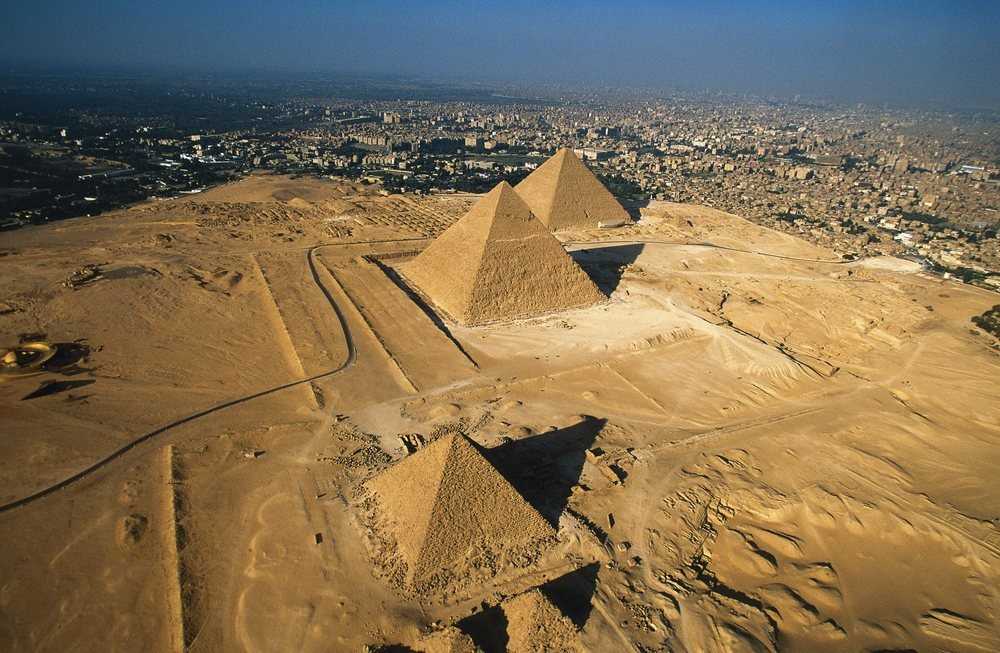
Park hours:
Open from 09:30 to 18:00 daily (except December 25 and January 1).
Ticket price:
- Adults: 11.00 €
- For children (9-12 years): €5.50
- Audio guide: €1.70
- Easter Island Exhibition: 5.00€
- Secret Garden: 5.00€
- Special prices for the purchase of the full package (Big Tour + Easter Island + Secret Garden), as well as for groups.
More about the park:
- Information about the park
- Park entrance
- Museum
- Auditorium
- Pyramids
- Chaconne Cave
- Botanical Garden Walk
- Botanical Route
- Export route
- Culture Route
- Rapa Nui exposition.
Polynesia
- Secret Garden
- Architecture
- Curious facts, events, dates…
- Thor Heyerdahl
About the park
The popularity of the step pyramids in Guimar began to grow after the publication of an article in the local daily newspaper of Tenerife in the early 90s. Information about the pyramids reached the Norwegian anthropologist Dr. Thor Heyerdahl, known throughout the world for his transoceanic expeditions on prehistoric boats and theories about human migration. This Norwegian explorer, who devoted most of his life to studying the cultural origins of the ancient civilizations of the world, carefully studied the structures of Guimar and put forward the hypothesis that they were built in accordance with the architectural principles used in the Old and New Worlds. The similarity of the pyramids of Guimar with the structures of Sicily, Mexico, Mesopotamia, Polynesia and Peru moved the researcher to come to Tenerife to study them on the spot.
Prior to Heyerdahl’s arrival in Tenerife, two possibilities were considered. Some researchers believed that the pyramids arose as a result of clearing the earth from stones by farmers to make it suitable for agriculture, while others were inclined to believe that the structures were related to esoteric beliefs. After the study of Thor Heyerdahl, some archaeologists began to associate the emergence of the pyramids with ancient civilizations. In 1991, the first archaeological excavations were carried out by the department of archeology of the University of La Laguna, and the Institute of Astrophysics of the Canary Islands carried out a study of the archaeoastronomical characteristics of these structures. These studies have demonstrated that the pyramids are astronomically oriented according to the winter and summer solstices. The territory where the pyramids rise today was intended for the development of the upper part of the city, so their safety was in jeopardy.
Entrance to the park
Entering the park, visitors enter the Dragon Tree Yard, where groups form, then visitors can see the triptych by the Swedish artist Per Lilleström, which precedes the exposition of the Chacon House Museum.
Museum
The museum is located in the old Chaconne House, which has been refurbished for a new purpose in accordance with the principles of traditional Canarian architecture.
The expositions of the various halls offer visitors exhibits that tell about the culture of the Old and New Worlds, leaving open numerous questions about possible cultural contacts between both sides of the Atlantic. The museum presents finds made during various archaeological campaigns in the pyramid complex, the results of archaeoastronomical studies of the orientation of the main complex to the sun during the winter and summer solstices, information about ancient navigation and the use of reed boats in the world, as well as one of the largest collections of examples of step pyramids all over the world.
Auditorium
Auditorium (auditorium) is located in a new building, which is partially hidden underground, as its creators tried not to disturb the integrity of the natural ensemble. It shows a documentary film (in 6 languages) that tells about the migration of peoples in ancient times and the amazing coincidences between cultures located on both sides of the Atlantic Ocean, such as Mexico, Mesopotamia and Egypt. The film also tells about the expeditions of Thor Heyerdahl, who was one of the first to talk about the need to study the pyramids of Guimar.
The rooms adjacent to the Auditorium contain detailed information about the life of Dr. Heyerdahl, which is presented in the form of an exhibition that tells about his amazing travels. The “Expedition Hall” is dedicated to various transatlantic expeditions of the researcher, it also displays models of reed boats “Kon-Tiki”, “Ra”, “Ra-II” and “Tigris”, on which he made his voyages.
Pyramids
After the Auditorium, the route passes along the road that runs between the pyramids, allowing you to get acquainted with the building fragments, see the carefully processed stones that form their construction, the exact proportions of the steps leading to the top, the volcanic origin of the stones and the ideal archaeoastronomical orientation.
Through the museum’s exposition and documentary film, visitors can get an idea of the monumentality of the surrounding complex.
Chaconne Cave
Under Pyramid No. 1, a group of archaeologists from the United States and the Canary Islands excavated in 1997-1998 and discovered an eight-meter-long cave with archaeological traces of Guanches (bones of goats and fish, punches, fragments of ceramics, stone tools and necklace beads).
Walk in the Botanical Garden
One of the main attractions of the park is its over 20,000 m2 of green areas, which, along with other plants, contain more than thirty species of endemic plants of the Canary Islands. This made it possible to create several routes introducing the flora and life of the Canary Islands, among them the Botanical Route and the Export Route.
Botanical route
The Canary archipelago has numerous endemic plant species and families that can be found only in the Canary Islands and other archipelagos of the Atlantic Ocean that form Macronesia (Madeira, Cape Verde, Azores, Selvages and a small area near off the coast of Africa). Volcanic nature, mountainous terrain and a variety of climates have led to the diversity of natural landscapes and flora.
Export Route
The Export Route is dedicated to the main products that have been exported from the Canary Islands since the conquest of the archipelago, among them sugar cane, wine, cochineal, bananas and tomatoes. Along with panels dedicated to each of these products, the information is complemented by numerous photographs of those times. In addition, each panel is installed next to the corresponding plant or plant species that constituted the export item. This visibility and tangibility of the display helps to understand the importance that each of these products had for the economy of the Canary Islands over many centuries.
Cultural Route
The Cultural Route, recently created in the park, introduces visitors to numerous aspects of the culture and history of the archipelago, recounting facts related to the ethnography of the Canary Islands over more than 500 years since the conquest of the archipelago, in including: agriculture (products of domestic consumption), crafts, obtaining and using water resources in Tenerife, traditional costumes of the inhabitants of the islands, gofio, mythology of the Canary Islands, prominent personalities who visited Tenerife, emigration to the Canary Islands, animal husbandry and fishing, native species sports, lizards, etc.
Rapa Nui exposition. Polynesia
The Mata-Ki-Te-Rangi (Easter Islands) Foundation has organized this exhibition, which aims to acquaint visitors with one of the most amazing and exciting stories on the planet: the achievements of the people of Polynesia, who for a millennium created a grandiose culture on the lost in the ocean on a small island of Easter (Rapa Nui).
Rapa Nui is the most isolated island on the planet, which, due to its geographical location, has unique physical characteristics and minimal biodiversity, and where human intervention has led to a risk relationship with the environment. Therefore, the exposition serves as a reminder to the inhabitants of the planet about the destructive influence of man on the environment.
Secret Garden
Nestled along the park’s alleys, this unusual natural space stands out as home to over 70 species of poisonous plants from around the world. This is a unique exposition in the Canary Islands with an area of 1,500 m2, which contains the most dangerous plants on the planet.
This amazing garden is designed to enhance the cultural and family experience that the park has been striving for since its inception.
The entire route of exploring the Secret Garden is accompanied by attractive signs and information panels. This supporting material tells about fantastic myths and legends about poisons, contains information about the use of some plants in medicine, gives information about the level of toxicity and the geographical origin of each botanical species, and identifies plants that are considered the most dangerous on the spot. The Secret Garden is for all ages and is a delight for all family members to visit. Children and adults can expand their knowledge of poisonous plants in a fun way. Therefore, this living museum is of great interest to schoolchildren and students, in addition, lovers of landscape art and specialists in the field of botany and pharmacology can study interesting aspects of deadly plants in a relaxed atmosphere.
Architecture
The new architecture of the building that houses the House of Chacon respects the environment and the pyramids with the utmost respect.
The park was designed by Cesar Ruiz-Larrea, Enrique Alvarez and Carlos Rubio Carvajal. They managed to create an atmosphere that allows visitors to immerse themselves in courtyards with green areas, accompanied by the sound of water and reservoirs.
The ubiquitous presence of water serves as a reminder that this natural element was used by ancient cultures as a means of making contact, confirming Thor Heyerdahl’s theories. In addition, intertwined courtyards use the oldest layout of mankind: a house with a patio. At the entrance to the park, the visitor is greeted by the Dragon Tree Courtyard, and along the route there are other courtyards and boulevards, among them: Papyrus Boulevard, Laurel Tree Courtyard, etc. In each of them, a certain type of plant reminds us of the origins of the mutual exchange between cultures.
With the help of careful processing and classification of stones, specialists managed to separate the new stone buildings from all the original structures surrounding them. To this end, they opted for black basalt to avoid mixing new buildings with pyramids and ancient stone walls. The existence of a bioclimatic mechanism based on planted vaults and green spaces in the yards enhances the effect of the park’s natural environment.
Numerous terraces, yards and balconies offer visitors the most beautiful views of the park. The new architecture used in the Pyramids of Guimar ethnographic park is designed to quietly and in complete silence enhance the visitor’s pleasant experience while in the historical complex.
Curiosities, events, dates…
Since the ethnographic park “Pyramids de Guimar” officially opened its doors in April 1998, thanks to the large offer and the varied programs that are always a success, the park has hosted more than 100 000 visitors.
Thor Heyerdahl (1914–2002)
Thor Heyerdahl was born in Larvik, Norway in 1914. He studied biology and geography at the University of Oslo.
In 1937-1938 he visited the Marquesas Islands, Polynesia, where, as part of an expedition organized by this university, he studied how the animals inhabiting the islands today could get there. From that moment on, all his interests were focused on the study of anthropology and the migration of peoples, and primarily on primitive boats and navigation of the natives.
In 1947, together with a team of five Scandinavian navigators, Heyerdahl traveled on the Kon-Tiki raft from Peru to Polynesia, covering 8,000 km in 101 days and proving that the Indians of the pre-Inca era of the coast of South America could be the first to populate the islands of eastern parts of the Pacific Ocean, having reached there on their primitive boats.
With his travels, Heyerdahl proved that the Atlantic and Pacific oceans could be crossed in the most ancient boats known to us. Later, in 1977, Dr. Heyerdahl went to Iraq to build a replica of an ancient Sumerian boat. With ten crew members from different countries, different political and religious beliefs, he sailed on the boat “Tigris” on the river of the same name and reached through the Persian Gulf to Pakistan, Asia. Then he crossed the Indian Ocean, sailing to the state of Djibouti in Africa, at the entrance to the Red Sea. This expedition proved that the founders of civilization in Mesopotamia, the Indus Valley and the Nile Valley, could have had maritime contacts in the prehistoric era. From 19In 52, Dr.
Heyerdahl received an honorary doctorate from the University of Oslo in 1961, after which he has received many other honors, titles and awards. During the Cold War, he was a member of the New York Academy of Sciences and at the same time an honorary doctorate from the USSR Academy of Sciences.
He was awarded the United Nations International Environmental Prize for his contribution to the conservation of nature.
His documentaries have won an Oscar and been nominated for another Oscar. Heyerdahl is the author of numerous books, and his book Expedition to Kon-Tiki has been translated into a record sixty-seven languages. Heyerdahl died at the Colla Micheri estate (Italy) on April 18, 2002.
“He will live on in the hearts of the people he influenced. We are honored to be among them.”
Pyramids de Guimar Ethnographic Park
In the south-east of the island of Tenerife there is a small town of Guimar, which has gained worldwide fame due to the presence here of a unique structure – the ancient pyramids of Guimar. Tourists can admire these ancient architectural structures here, as well as visit the anthropology museum and the botanical garden.
Origin Pyramids de Guimar
Pyramides de Guimar are six blocks of volcanic rock that are stacked in steps without the use of a binder. There is still heated debate about the origin and purpose of these pyramids.
At the moment, 3 versions of their origin are most common:
1. The main hypothesis – the pyramids were “built” by local residents, who, in the process of developing the new territory of the island, simply removed unnecessary stones from their path and put them into a kind of pyramid. This hypothesis has a large number of adherents, including among world-famous scientists;
2. According to Thor Heyerdahl’s well-known theory of the continuity of cultures, the Canary Islands at one time were a place where multiple ships coming from different continents met, so the Guimar pyramids originally performed a religious function and were copied from similar Egyptian pyramids. Tur was the first to draw attention to the exact astronomical location of the pyramids and their similarity with similar structures in South America and Egypt.
3. the most exotic hypothesis – the Guimar pyramids are the creation of some ancient civilization that has not survived to this day. There is little evidence for this, supporters, as a rule, refer only to Pliny the Elder’s note about these places.
One thing can be absolutely certain: one way or another, the Guimar pyramids are a building made by the Guanches, who at one time were indigenous to Tenerife. For the time being, the building did not arouse any interest among the inhabitants of the island, it was believed that in ancient times it performed some protective functions. And only thanks to the famous Norwegian traveler and explorer Thor Heyerdahl, the Guimar pyramids not only survived to this day, but also gained worldwide fame, became a popular attraction in Tenerife.
Now the Pyramids of Guimar are just one part of a large complex consisting of a park, exhibition pavilions and a museum.
Museo Casa Chacona
The name of the museum coincides with the name of one of the pyramidal caves. At the entrance, visitors are greeted by the statue of the sun god Kon-Tiki (he was revered even before any Incas). By the way, that was the name of the raft on which Thor Heyerdahl made his travels. A copy of the raft is in this museum.
The beginning of the exposition presents us with an exhibition of objects of the religious cult of the ancient inhabitants of Peru and Mexico. Further, a separate room is specially allocated for exhibits related to Heyerdahl’s legendary theory of the so-called parallelism of cultures, which was the basis of his hypothesis about the origin of the Guimar pyramids.
The third and fourth halls are dedicated to cultures where such pyramids are also found.
Thor Heyerdahl’s Expedition Hall
Various reed and wooden ships that Thor Heyerdahl used in his travels are collected here: Kon-Tiki on the Pacific Ocean (1947d), Ra and Ra II for the Atlantic Ocean (1969-1970) and Tigris for the Indian Ocean (1977-1978).
For the adventurous, we recommend watching Thor Heyerdahl’s documentary Kon-Tiki, 1950. This film will be even more interesting if you watch the 2012 feature film “Kon Tiki” in front of it.
Poison Garden (El JARDÍN VENENOSO)
More than thirty varieties of so-called endemic plants have been collected in the Guimar Botanical Garden. These are representatives of the plant world that are found strictly in a certain area, in this case only on the Canary Islands.
Routes in the ethnographic park of Guimar
There are three thematic routes to pass through the Guimar park, each of which will be interesting for children and adults.
Botanical route
This is the best route to discover the flora of Tenerife. In addition to plants that grow on the islands of the archipelago, here you can see many poisonous species collected from all over the Earth.
Export route
After the conquest of Tenerife, various goods began to be exported from the island, such as: bananas, sugarcane, cochineal, wine and tomatoes.
Cultural route
Walking through the Pyramids of Guimar, you will learn about the history of the archipelago, the culture and way of life of the people who have inhabited it for 500 years since the conquest of the Canary Islands.
Recreation area
The complex has a cafe “Kon-Tiki”, where you can enjoy panoramic views of the pyramids and at the same time something to eat or drink a refreshing drink. For children there is a playground. The small market “Pyramids of Guimar” is very popular with tourists, where you can buy handmade souvenirs, products from Canarian Ceramics, books by Thor Heyerdahl and other publications on anthropology and culture of the Canary Islands.
Pyramid Exhibition of the World
One of the world’s largest photographic collections of pyramids and step structures in the world is located in the Güimar Ethnographic Park. It is located in two halls of the Chacon House-Museum, as well as in the central courtyard of the building. Visitors will be able to see numerous sites around the world that have pyramids and stepped structures, such as the Pyramids of Giza in Egypt or the Pyramids of Tikal in Guatemala.
How to get to the Pyramids of Guimar in Tenerife
Getting to Piramides de Guimar is very easy, just take one of the routes 121 or 126 and get off at the Bar Piramide stop. Do not be afraid to drive the right place – you will see the pyramids right away, they cannot be missed. Just remember that the entrance will not be from the side of the exit from the bus, that is, you will have to go around the complex to get inside.
Access to the Pyramids of Guimar is open every day from 08:30 to 18:00 (except for holidays on December 25 and January 1).
The entrance fee ranges from 11 euros for an adult ticket. Believe me, what you see is worth the money, you will get a lot of impressions from viewing.
In addition, it will be possible to buy inexpensive souvenirs in memory of the visit, as well as have a bite to eat in a small cafe. More detailed information can always be found on the official website www.piramidesdeguimar.es, only to view it you will need knowledge of one of the languages - English German or Spanish.
Summing up all of the above, we can confidently recommend visiting the Guimar pyramids to everyone who wants to touch the mysterious artifacts of history. These pyramids are the last living mention of the practically disappeared Guanches, which, perhaps, will be finally deciphered by our descendants.
🔥 Our hottest picks in Spain 🔥
-
For a week in Lloret de Mar for 13,200
Tour to Lloret de Mar for 7 nights (February 23 – March 02) for 13,200 to the H.Top Royal Star Hotel 4.
Published on 11.
02.2019 14:29
-
Tenerife for 7 nights for 44,000
Tour in Tenerife (Spain, Playa de las Americas) for 7 nights (December 01 – December 08) for 44,000 to the Hovima Atlantis Hotel 3 *. To the sea 50 meters. 50% discount on it.
Published on 22.10.2018 17:45
-
Lloret de Mar for 7 nights for 13,300
The cheapest tour to Spain (Lloret de Mar) for 7 nights (December 01 – December 08) for 13,300 to the Sun & Moon Apartments (Ex.
Xaine Sun) 2* hotel. To the sea 300…
Published on 20.10.2018 00:49
-
Promo codes up to 5,000 for all tours
Until 10/15/2018 we give promotional codes up to 5,000 ₽ for tours around the world!
Published on 12.
10.2018 19:28
🔥🔥🔥 We have created groups in VK and Facebook, where we will make selections with hot tours and cheap air tickets. Join them, subscribe to the Telegram channel and be the first to receive the most delicious offers.
Find the best ticket prices in Tenerife!
The lowest prices for tours in Tenerife
Non-Egyptian pyramids: synthsnow — LiveJournal
A visit to the pyramids in Güímar was one of the revelations in Tenerife for me. And not so much the pyramids themselves, but the ethnographic museum with them, full of interesting facts about the Canaries and not only
The museum was founded by the well-known Thor Heyerdahl, the one who sailed the Pacific Ocean on the Kon-Tiki raft. It was Heyerdahl who was credited with “discovering” the pyramids in 1991.
However, it was impossible to establish the exact age of the pyramids from the stones, so there are still several versions of their origin. According to one hypothesis, the pyramids were built in the 19th century, probably by the owner of this piece of land, who was fond of the teachings of the Masons. This hypothesis is confirmed by the study of the soil around the pyramids, in which pieces of pottery from the 19th century were found.
A cave was found under one of the pyramids. It was found that here in the period 600-1000 AD. the Guanches certainly lived. Supporters of Heyerdahl consider this time as the minimum time for the appearance of the pyramids, while others say that the pyramid stands over a cave and, accordingly, was built later. But Heyerdahl’s version seems more elegant, especially since the Canarian pyramids fit perfectly on the map of ancient pyramids scattered around the world, ranging from the famous pyramids in Egypt and Mexico, to the lesser known ones in Europe, the USA and Oceania
Heyerdahl was a supporter of a more general theory of “cultural parallelism”, according to which Europeans could have reached the Americas long before Columbus.
Guanches were one of the important confirmations of Heyerdahl’s theory: pyramids like in Mexico, mummies like in Egypt, and they lived just on the way to the New World. For me personally, it was a discovery that the Guanches did not look at all like Negroes or Arabs, on the contrary, blue-eyed, bearded and fair-haired themselves looked like Europeans. During the conquest, part of the Guanches died in battles, many died from introduced diseases, and the rest disappeared among the alien Spanish population, so now it is difficult to find purebred Guanches
The most famous red-haired mummy from the Canary Islands
Meanwhile, the origin of the Guanches is still a mystery.
The main version is the kinship of the Guanches with the North African Berbers – light-skinned tribes of North Africa, who were forced out by the Arabs in the 7th century. This is also evidenced by the discovered similarities between the language of the Guanches and the Berbers. DNA analysis confirms that the people closest to the Guanches in terms of genotype are the Moroccan Berbers (for example, here and here)
-73%). On the paternal side, the coincidence is only from 7% to 16%, which is not surprising, given the bloody battles of the conquest times
The Spanish conquest of the Canary Islands began in 1402 and took about a hundred years.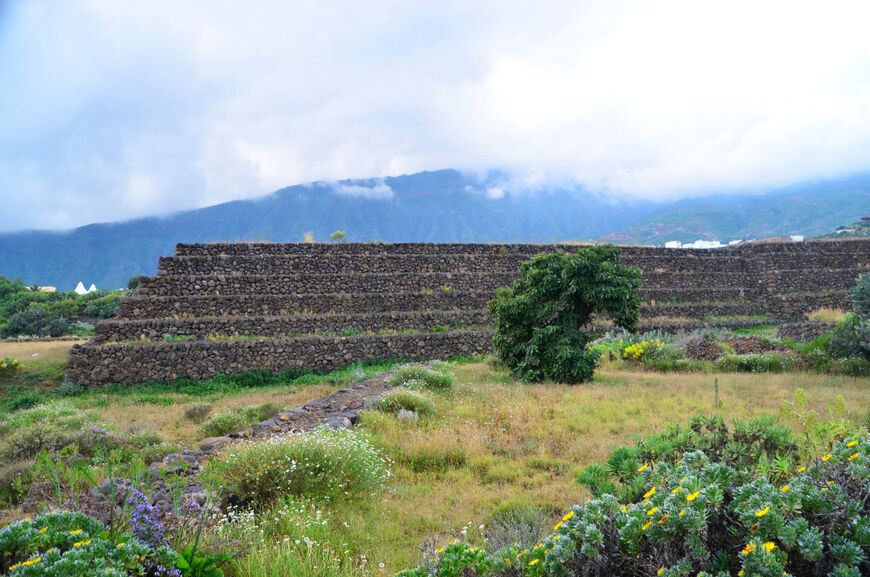
The victory of the Spaniards was largely facilitated by the disunity of the Guanches: shortly before the conquest, Tinerfe, the last great king (mencey), who ruled the entire island, died.
Tinerfe statue in Adeje
Now in the city of Candelaria there is a whole street with statues of the last kings of the Guanches
Menceyes Guanches
By the way, a couple of faces – I first thought that these are some spaniards
Bencomo
Beneharo
So briefly about the history of the Guanches, and now, in fact, the museum itself and those very pyramids – at first I also only wanted to see the pyramids, but then I got carried away.
Statues of a conquistador and a guanche at the entrance – behind them is the building of the ethnographic museum Casa Chacona
Papyrus and a pyramid – almost like in Egypt. Papyrus here – to the fact that Heyerdahl made boats from it, on which he sailed across the Atlantic Ocean. The first “Ra” got wet and did not swim far, but the second one – “Ra-2” – was made using improved technology, and it sailed all the way to Barbados
Statue of Atlantis – something from Greek mythology – a gift to the museum
Originally there were 9 pyramids in Güímar – 6 of them can still be seen today.
Two pyramids were connected into one
On the territory near the pyramids there is a garden with native and overseas trees, including those from South America and Australia. You can not only look at the pyramids, but also study the flora of the Canary Islands, which I have long wanted to do. Agave bushes can be found throughout the island, but this plant was brought from Mexico
And these are thickets of Canary milkweed (Euphorbia canariensis) – in the local Cardon. This native plant is one of the most common in the Canary Islands
Another cactus brought from America and spreading throughout the island in huge quantities is Opuntia dillenii. It was brought in in the 19th century to establish the production of cochineal (cochineal) – flies that settle on cactus leaves, from which a natural dye, carmine, was made. Now cacti grow all over the island, and jams are made from their fruits
Finally, a couple of local landscapes against the background of mountains and clouds
And this is a proper barraquito from the museum bar.
to be continued…
Tenerife – general impressions
Life on the volcano
Cities
Los Realejos
Garachico
Buena Vista, Los Silos, San Juan de la Rambla and Punta Bravo
Arafo
Nature
Teno Parque
Chanajiga
El Socorro Beach
Rambla de Castro
Loro Parque
Tenerife sightseeing tour – price 95 €
Tenerife sightseeing tour – price 95 €
Individual tour
•
8 hours
Conducted by agreement with the guide
no reviews
Prepayment 20% of the cost
95 €
per person
Description of the tour
Tenerife is not only well-traveled up and down the Teide National Park, the two capitals of the island and entertainment in Loro Parque.
What you will see and visit during our fascinating trip around the island:
- Masca village. The village is a traditional Canarian village with a church on the main square, old buildings, small guachinches, a museum and souvenir shops. The Mask Gorge is of the greatest interest to tourists: according to legend, sea robbers hid their treasures there. The gorge is very picturesque, and although the path to it is difficult, there are always a lot of people who want to find the wealth of pirates;
- Garachico. Once this town was the main port of Tenerife. After several devastating earthquakes and landslides, almost nothing remained of it.
In Garachico it is worth seeing: Fort San Miguel preserved from the 17th century with a museum inside, the Church of St. Anna and the Monastery of St. Francis;
- Icod de los Vinos. In addition to the ancient churches and mansions of the 16th century, in this city you should definitely see the dragon tree (or dracaena), which is more than one thousand years old. The height of the plant reaches more than 20 meters, and in girth it is about 10 m. Another pride of the city is vineyards and sugarcane plantations. Be sure to try the local wine and sweets such as fried milk;
- La Orotava. The historical center of the city (17th-18th centuries) has reached our days in excellent condition. You will visit Casa de los Balcones with fancy balconies, a museum and a souvenir shop. See the oldest house in the city – Casa del Turista. But the most remarkable event of village life is Carpet Day. Unusual carpets of flowers, volcanic sand, stones and tinted sawdust are created by craftsmen in front of the city hall and on the streets of the city;
- Guimar.
Mysterious pyramids, which Thor Heyerdahl himself once became interested in. The pyramids are oriented to the sun and are tied to the winter and summer solstices. The shape of the building in Guimar is very reminiscent of the step pyramids of Peru and Mexico. In total, 6 out of 9 pyramids have been preserved; they form an ethnographic park. For 20 years, inquisitive minds have been solving the mysteries of Guimar. The park has a cinema hall with films about the connection between the ancient civilizations of the planet. There you can also see the model of the papyrus boat Ra-II, on which Heyerdahl and his team crossed the Atlantic in 57 days;
- Candelaria. The main shrine of this town is the statue of the Virgin Mary of Candelaria, which is located in the Basilica of the same name. Interestingly, the Mother of God has a dark skin color. On the embankment of Candelaria, there are nine statues of the rulers of the Guanches – the Mensei, who keep the memory of the indigenous population of the island.
- Lighthouse of Punta de Teno*. Ships are still guided by its bright red and white building. This is the westernmost point of the island, from there we will admire the stunning sunset.
*A visit to the Punta de Teno lighthouse is possible only by prior arrangement.
Overview
Automobile
- Type of excursion: individual by car
- Group size: up to 8 people
- Dates: choose a free date when booking
- Duration: 8 hours
- Language: Russian
- Price: 95 € per person
- Meeting point: Your hotel
- Includes:
transport, guide services
- Not included:
entrance tickets – 12.
50 euros for adults, 5.5 euros for children from 9 to 12 years old and an audio guide in Russian – 3.75 euros in the ethnographic park “Pyramids of Guimar”.
- Attractions:
Masca – Garachico – Icod de los Vinos – La Orotava – Guimar – Candelaria
Reviews of tourists
Elena B.
about 3 years ago
Vadim
Guide in Tenerife
Guarantees
“Extraguide” is a service for searching and ordering excursions in 11 countries. There are 15622 excursions in Russian in the catalog from 3182 guides.
- Secure payment
- Free cancellation
- Verified guides
Similar excursions in Tenerife
10%
151 reviews
Tenerife sightseeing tour
Picturesque towns, panoramic sites, traditions and stunning nature of the Canary Islands.

 40
40 30
30 30
30
 From this research, the conclusion is drawn that a casual construction of it is easily discarded.
From this research, the conclusion is drawn that a casual construction of it is easily discarded. It concentrates on the main products that have been exported from the archipelago since the time of the conquest. Examples include sugar cane, wine, cochineal, banana or tomato.
It concentrates on the main products that have been exported from the archipelago since the time of the conquest. Examples include sugar cane, wine, cochineal, banana or tomato.


 Polynesia
Polynesia  02.2019 14:29
02.2019 14:29 Xaine Sun) 2* hotel. To the sea 300…
Xaine Sun) 2* hotel. To the sea 300…  10.2018 19:28
10.2018 19:28 In Garachico it is worth seeing: Fort San Miguel preserved from the 17th century with a museum inside, the Church of St. Anna and the Monastery of St. Francis;
In Garachico it is worth seeing: Fort San Miguel preserved from the 17th century with a museum inside, the Church of St. Anna and the Monastery of St. Francis;  Mysterious pyramids, which Thor Heyerdahl himself once became interested in. The pyramids are oriented to the sun and are tied to the winter and summer solstices. The shape of the building in Guimar is very reminiscent of the step pyramids of Peru and Mexico. In total, 6 out of 9 pyramids have been preserved; they form an ethnographic park. For 20 years, inquisitive minds have been solving the mysteries of Guimar. The park has a cinema hall with films about the connection between the ancient civilizations of the planet. There you can also see the model of the papyrus boat Ra-II, on which Heyerdahl and his team crossed the Atlantic in 57 days;
Mysterious pyramids, which Thor Heyerdahl himself once became interested in. The pyramids are oriented to the sun and are tied to the winter and summer solstices. The shape of the building in Guimar is very reminiscent of the step pyramids of Peru and Mexico. In total, 6 out of 9 pyramids have been preserved; they form an ethnographic park. For 20 years, inquisitive minds have been solving the mysteries of Guimar. The park has a cinema hall with films about the connection between the ancient civilizations of the planet. There you can also see the model of the papyrus boat Ra-II, on which Heyerdahl and his team crossed the Atlantic in 57 days; 
 50 euros for adults, 5.5 euros for children from 9 to 12 years old and an audio guide in Russian – 3.75 euros in the ethnographic park “Pyramids of Guimar”.
50 euros for adults, 5.5 euros for children from 9 to 12 years old and an audio guide in Russian – 3.75 euros in the ethnographic park “Pyramids of Guimar”. 
 The year round perfect weather, stunning nature and very high-quality golf courses make Gran Canaria a golf destination worth visiting.
The year round perfect weather, stunning nature and very high-quality golf courses make Gran Canaria a golf destination worth visiting.
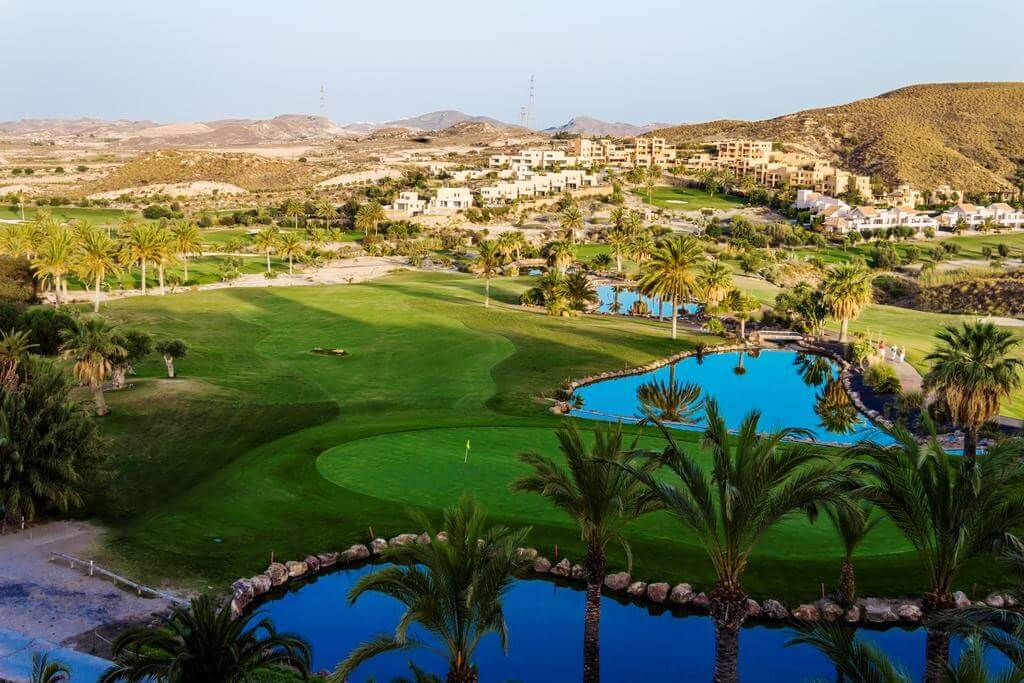
 The best golf courses of Gran Canaria can be found at the southern part. Some of the best golf courses of Gran Canaria are Anfi Tauro Golf, Lopesan Meloneras Golf and Maspalomas Golf.
The best golf courses of Gran Canaria can be found at the southern part. Some of the best golf courses of Gran Canaria are Anfi Tauro Golf, Lopesan Meloneras Golf and Maspalomas Golf.
 Golf at Gran Canaria is best in October or November. December to March is also great, but expect more wind.
Golf at Gran Canaria is best in October or November. December to March is also great, but expect more wind.
 7
7 4
4 5
5 The rankings are decided by reviews given by the Leading Courses community, which make them the most transparent golf course rankings in the world of golf. Below are the Best 18-holes golf clubs (overall) in Spain.
The rankings are decided by reviews given by the Leading Courses community, which make them the most transparent golf course rankings in the world of golf. Below are the Best 18-holes golf clubs (overall) in Spain.
 com
com
 L. Ctra. Fresno Golf Course
L. Ctra. Fresno Golf Course A.C.E. Golf Course
A.C.E. Golf Course Also featuring the top ranked course in the Canary Islands, Anfi Tauro, Gran Canaria’s year round sunshine makes it an ideal golfing destination for those looking for some winter golf.
Also featuring the top ranked course in the Canary Islands, Anfi Tauro, Gran Canaria’s year round sunshine makes it an ideal golfing destination for those looking for some winter golf.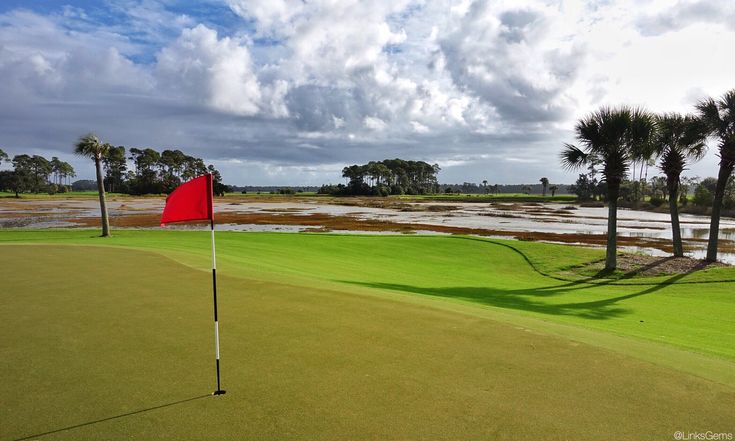



 Away from the course are world class beaches and exciting activities like parasailing, jet skiing, and segwaying.
Away from the course are world class beaches and exciting activities like parasailing, jet skiing, and segwaying.

 On an island that locals believe to be magical, Donald Steel was put in charge of designing a golf course that not only blended in with but matched its natural beauty.
On an island that locals believe to be magical, Donald Steel was put in charge of designing a golf course that not only blended in with but matched its natural beauty.

 The course is beautifully situated amongst majestic woodland and stunning mountains which creates a truly remarkable setting in which to play golf.
The course is beautifully situated amongst majestic woodland and stunning mountains which creates a truly remarkable setting in which to play golf.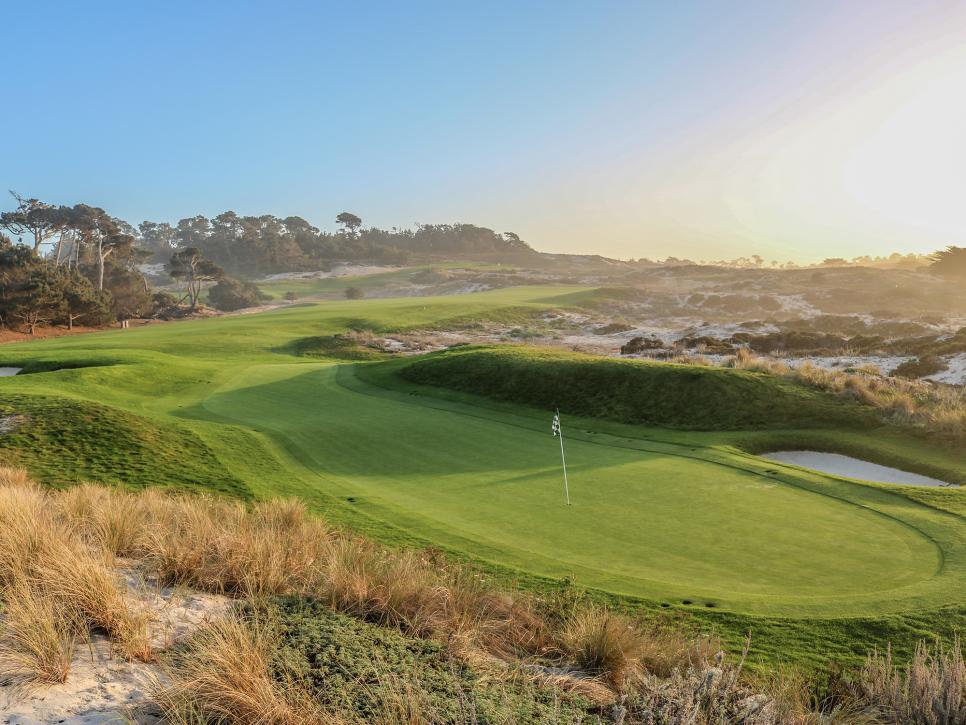

 As with most courses in the region, golfers a treated to stunning views of the Atlantic Ocean but what makes this course so special is its incredible layout.
As with most courses in the region, golfers a treated to stunning views of the Atlantic Ocean but what makes this course so special is its incredible layout.
 SO… why not just get off the plane and play?
SO… why not just get off the plane and play? However, the Scott has also produced some great golf courses around the rest of Europe and his course in Gran Canaria is no exception.
However, the Scott has also produced some great golf courses around the rest of Europe and his course in Gran Canaria is no exception.





 Throw in eight golf courses and you have a remarkable place for a golf holiday. Gran Canaria really is a golfer’s paradise!
Throw in eight golf courses and you have a remarkable place for a golf holiday. Gran Canaria really is a golfer’s paradise! Try not to be distracted by views of arid volcanoes as you tee off on this lush, Arizona-style course.
Try not to be distracted by views of arid volcanoes as you tee off on this lush, Arizona-style course. In 1956 it moved to the suburb of Bandama. The golf course is located in a breathtaking landscape on the edge of a spectacular volcanic crater. The drive takes about 1 hour.
In 1956 it moved to the suburb of Bandama. The golf course is located in a breathtaking landscape on the edge of a spectacular volcanic crater. The drive takes about 1 hour. And if you feel spoilt for choice, we can recommend the Gran Canaria golf courses that best suit your needs.
And if you feel spoilt for choice, we can recommend the Gran Canaria golf courses that best suit your needs. +34 928 72 40 00
+34 928 72 40 00 es or call us on + 34 928 72 40 00.
es or call us on + 34 928 72 40 00. On bottom section you will find a map of where the various golf courses are located in Gran Canaria.
On bottom section you will find a map of where the various golf courses are located in Gran Canaria. Maspalomas Golf is the venue for many renowned international competitions, and offers a practice green, driving range, instructors, facilities for the hire of carts, bags and clubs, shop, restaurant and snack bars.
Maspalomas Golf is the venue for many renowned international competitions, and offers a practice green, driving range, instructors, facilities for the hire of carts, bags and clubs, shop, restaurant and snack bars.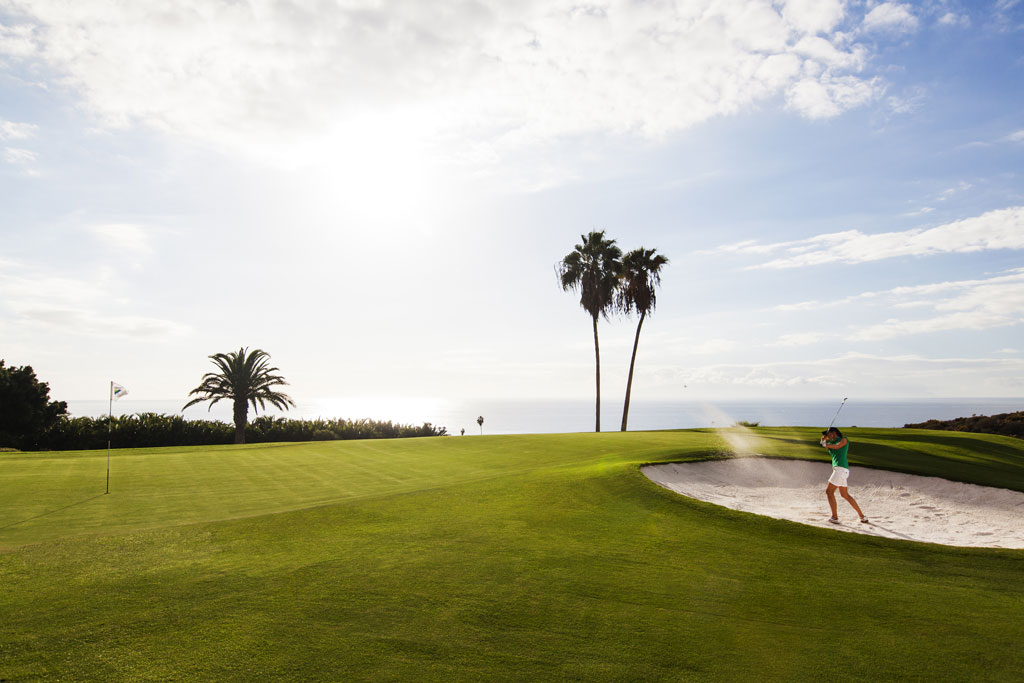 Service and standards at most there is little to gripe. Although the pitch is relatively hilly, it’s compact enough that it is viable for most. Dog is the subject up with car eye.
Service and standards at most there is little to gripe. Although the pitch is relatively hilly, it’s compact enough that it is viable for most. Dog is the subject up with car eye. In addition to a putting green and a practice area, there’s a cafeteria and driving range.
In addition to a putting green and a practice area, there’s a cafeteria and driving range. com
com An added bonus is that most of the golf courses on the island are new, modern courses designed with the most demanding golfers in mind.
An added bonus is that most of the golf courses on the island are new, modern courses designed with the most demanding golfers in mind. 
 In addition, there is a golf school, driving range, chipping green, putting green and practice bunker, as well as a cart, bag and club rental service.
In addition, there is a golf school, driving range, chipping green, putting green and practice bunker, as well as a cart, bag and club rental service.  Even on the hottest days, the proximity of the sea and the soft breezes cooled by the trade winds will make your visit to this golf course very pleasant and simply unforgettable.
Even on the hottest days, the proximity of the sea and the soft breezes cooled by the trade winds will make your visit to this golf course very pleasant and simply unforgettable.  The complex includes a golf school, driving ranges, driving range, putting green, club rental , hydromassage, golf shop and restaurant with terrace.
The complex includes a golf school, driving ranges, driving range, putting green, club rental , hydromassage, golf shop and restaurant with terrace.  Nine of the 18 holes (par 71) offer breathtaking mountain views, while 9 others face the ocean. The design of the course is very attractive, the holes are arranged in ascending order of difficulty. Attention to detail is typical of Meloneras Golf – even the golf carts are equipped with GPS!
Nine of the 18 holes (par 71) offer breathtaking mountain views, while 9 others face the ocean. The design of the course is very attractive, the holes are arranged in ascending order of difficulty. Attention to detail is typical of Meloneras Golf – even the golf carts are equipped with GPS! 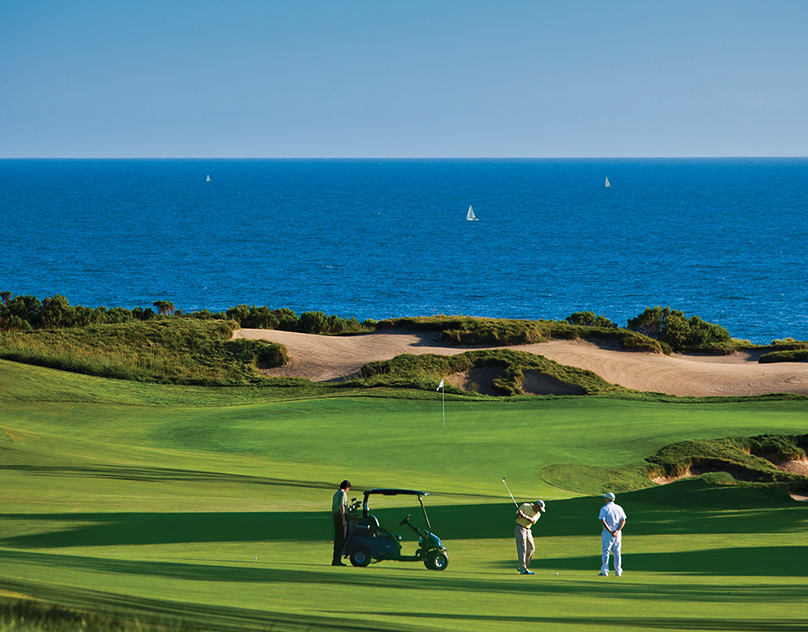

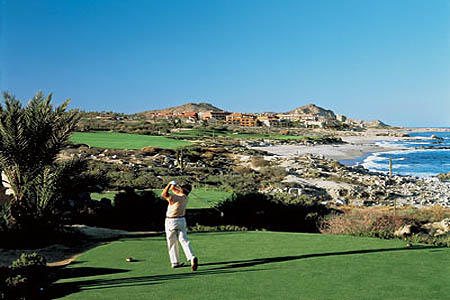 For example, the 18-hole Rio Real follows the natural curves of the Rio Real on whose banks it sits.
For example, the 18-hole Rio Real follows the natural curves of the Rio Real on whose banks it sits. 


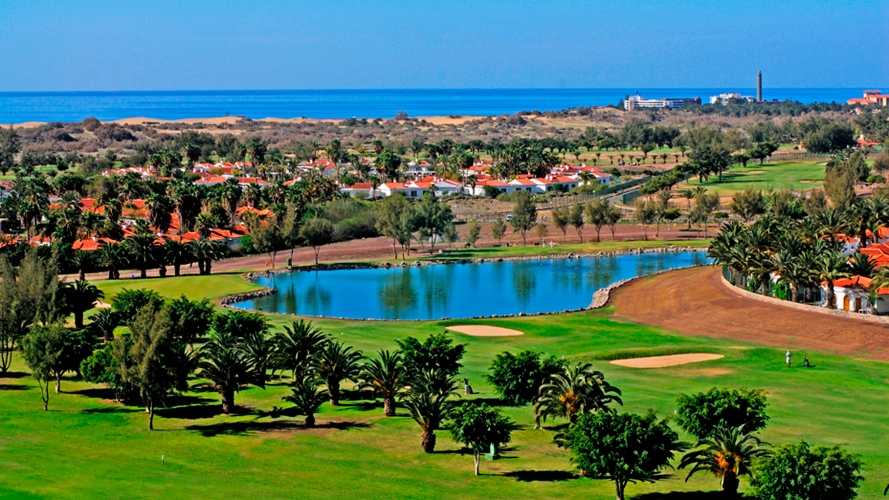 One of the best golf course designers in Spain, Javier Arana, has created a unique landscape that resembles a picturesque English park. Low hills, green spaces, water hazards and bushes create challenging conditions for players and provide a rich and exciting game.
One of the best golf course designers in Spain, Javier Arana, has created a unique landscape that resembles a picturesque English park. Low hills, green spaces, water hazards and bushes create challenging conditions for players and provide a rich and exciting game.  The club is famous for its wide fairways with strategically designed obstacles, bright emerald greens and magnificent mountain views.
The club is famous for its wide fairways with strategically designed obstacles, bright emerald greens and magnificent mountain views.  Built at 1989 the course is considered one of the best and at the same time the most difficult on the Costa del Sol. The fact is that the first nine holes here are located on top of a hill, which poses a serious challenge not only for beginners, but also for experienced players. In addition, the course features a unique combination of bunkers and water hazards.
Built at 1989 the course is considered one of the best and at the same time the most difficult on the Costa del Sol. The fact is that the first nine holes here are located on top of a hill, which poses a serious challenge not only for beginners, but also for experienced players. In addition, the course features a unique combination of bunkers and water hazards. 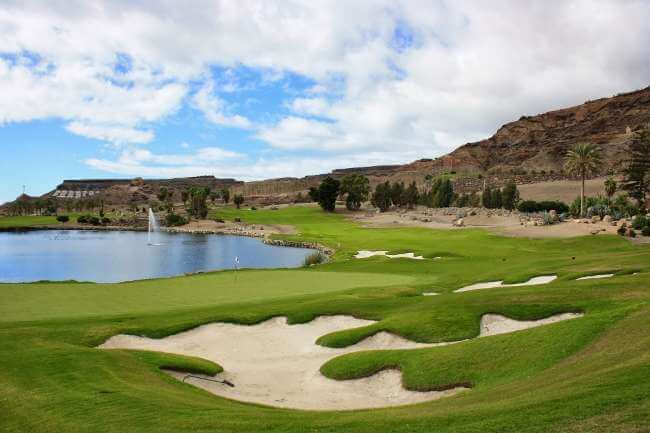 50 euros
50 euros  To this day, it embodies the true atmosphere of an elite Mediterranean resort.
To this day, it embodies the true atmosphere of an elite Mediterranean resort.  Due to its location in the middle of residential complexes in the eastern part of the resort town and convenient layout, not only single players, but also entire families like to come here.
Due to its location in the middle of residential complexes in the eastern part of the resort town and convenient layout, not only single players, but also entire families like to come here.  The golf club is located in the middle of a picturesque valley surrounded by majestic pines and cork oaks. Not only avid golfers come here, but also sunbathers – one of the best beaches in Marbella is just a couple of hundred meters away.
The golf club is located in the middle of a picturesque valley surrounded by majestic pines and cork oaks. Not only avid golfers come here, but also sunbathers – one of the best beaches in Marbella is just a couple of hundred meters away. 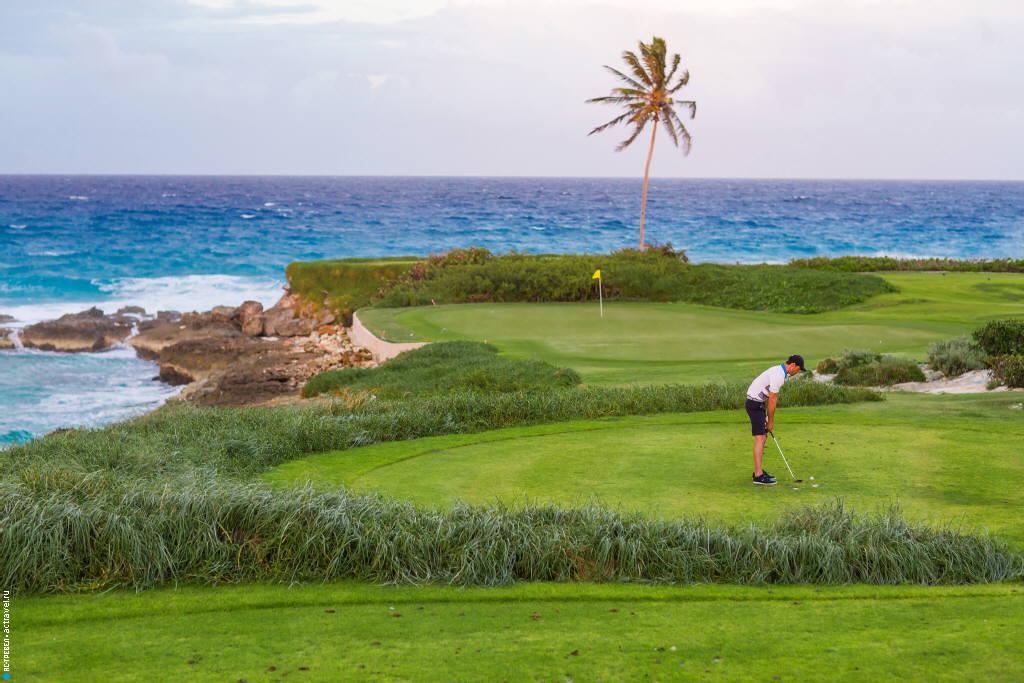 com. Especially stunning landscapes open here on the 4th and 8th holes.
com. Especially stunning landscapes open here on the 4th and 8th holes.  The unique course is one of the longest in Europe. The play area features a wide variety of natural vegetation, including olive and cork trees. The field repeats the complex outlines of a large valley with all the elevation changes. There are more than 100 bunkers, many difficult rafs and water barriers. All this makes the game really challenging and exciting.
The unique course is one of the longest in Europe. The play area features a wide variety of natural vegetation, including olive and cork trees. The field repeats the complex outlines of a large valley with all the elevation changes. There are more than 100 bunkers, many difficult rafs and water barriers. All this makes the game really challenging and exciting. 
 Designer Paul Krings designed the course to look like a cozy park with gently curving fairways and manicured lawns, cool fountains and dense thickets of eucalyptus, palm trees and azaleas. Atalaya New Course has been chosen by experienced golfers from the very beginning of the course because of the narrow fairways and the abundance of water obstacles.
Designer Paul Krings designed the course to look like a cozy park with gently curving fairways and manicured lawns, cool fountains and dense thickets of eucalyptus, palm trees and azaleas. Atalaya New Course has been chosen by experienced golfers from the very beginning of the course because of the narrow fairways and the abundance of water obstacles. 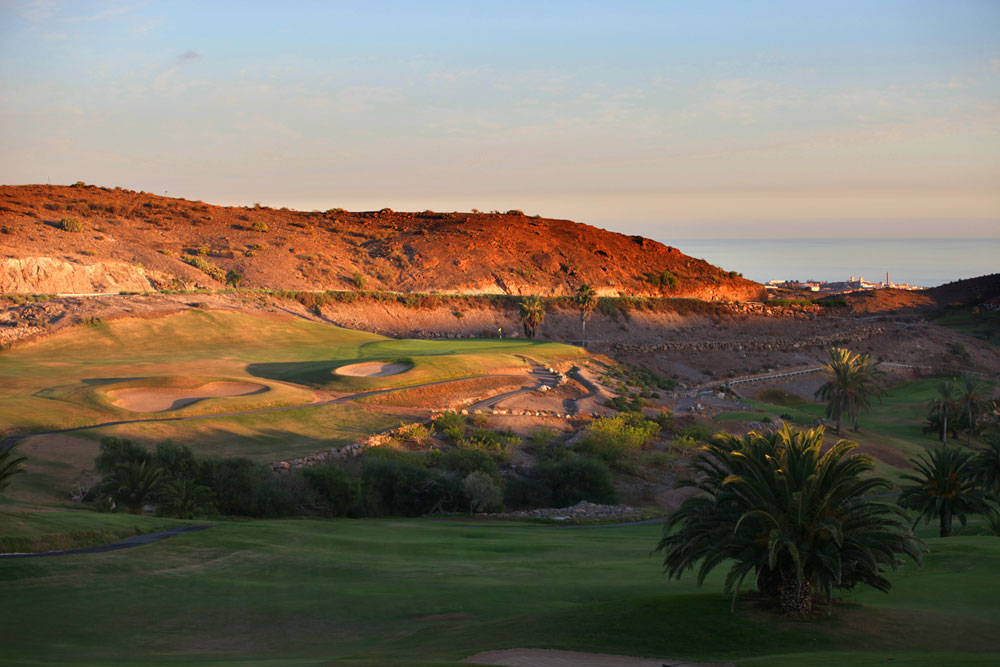 Guests of the club note that they are treated with great attention and friendliness even to those who are not members of the club.
Guests of the club note that they are treated with great attention and friendliness even to those who are not members of the club.  5/10
5/10 It features a private pool.
It features a private pool.  8/10
8/10 7/10
7/10 9/10
9/10 Guests can take a walk in the hotel’s beautiful garden with many native plants.
Guests can take a walk in the hotel’s beautiful garden with many native plants.  Caserio de San Jose de Las Vegas is located in Santa Brigida.
Caserio de San Jose de Las Vegas is located in Santa Brigida.  Additional area points of interest include Canary Museum and St. Anne’s Cathedral.
Additional area points of interest include Canary Museum and St. Anne’s Cathedral.  Please enter other dates.
Please enter other dates. 
 By all modern standards, Gran Canaria is a great destination:
By all modern standards, Gran Canaria is a great destination:  95 USD
95 USD

 There are wild black-sand beaches, jagged-peaked volcanoes which still breathe wisps of smoke, huge tracts of pine forest, and plenty of those pretty pastel villages which the Canarians do so well. Best of all, there is very little development, apart from a couple of resorts around Puerto Naos. The pace of life is slow and very friendly, but with a welcome layer of orderliness from the now-grown-up German hippies who escaped there decades ago, and these days live in handsomely restored stone houses while their kids go to local schools.
There are wild black-sand beaches, jagged-peaked volcanoes which still breathe wisps of smoke, huge tracts of pine forest, and plenty of those pretty pastel villages which the Canarians do so well. Best of all, there is very little development, apart from a couple of resorts around Puerto Naos. The pace of life is slow and very friendly, but with a welcome layer of orderliness from the now-grown-up German hippies who escaped there decades ago, and these days live in handsomely restored stone houses while their kids go to local schools.

 g. Tazacorte) and sea-fed pools (e.g. La Fajana) for safe swimming at any time. Finally, as on most Canary islands, the food is not perhaps as exotic and varied as you might hope – think fried fish, meaty stews, all served with papas arugadas (local new potatoes) and mojo (variants of aioli).
g. Tazacorte) and sea-fed pools (e.g. La Fajana) for safe swimming at any time. Finally, as on most Canary islands, the food is not perhaps as exotic and varied as you might hope – think fried fish, meaty stews, all served with papas arugadas (local new potatoes) and mojo (variants of aioli).

 You get stunning views over the southern tip of the island and out to sea; paths lead down to the Faro de Fuencaliente, where you can admire the grid of white salt pans and buy excellent flor de sal, before catching the little bus back up to Los Canarios.
You get stunning views over the southern tip of the island and out to sea; paths lead down to the Faro de Fuencaliente, where you can admire the grid of white salt pans and buy excellent flor de sal, before catching the little bus back up to Los Canarios.

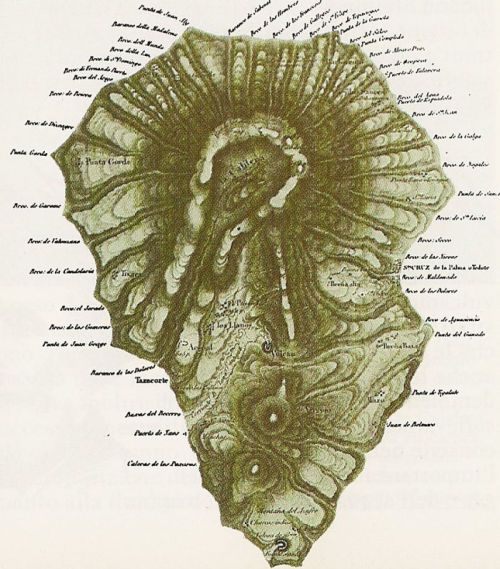 One white-knuckle cab ride is a small price for such a million-euro sight.
One white-knuckle cab ride is a small price for such a million-euro sight.
 They not only yield excellent flor de sal but also host pink salt-loving algae that feed tiny crustaceans, which in turn nourish turnstones, dunlins and whimbrels. I admired the gleaming white salt cones and foraging birds before tucking in myself at El Jardín de la Sal, one of the island’s finest restaurants; ensalada de pulpo (octopus salad) with mango, black olives and flor de sal proved a shop-window showpiece for the briny produce.
They not only yield excellent flor de sal but also host pink salt-loving algae that feed tiny crustaceans, which in turn nourish turnstones, dunlins and whimbrels. I admired the gleaming white salt cones and foraging birds before tucking in myself at El Jardín de la Sal, one of the island’s finest restaurants; ensalada de pulpo (octopus salad) with mango, black olives and flor de sal proved a shop-window showpiece for the briny produce.
 Curiously, the five-mile-wide bowl isn’t a true caldera, though the vulcanological term itself, from the Spanish word meaning “cauldron”, was coined here by German geologist Leopold von Buch in 1815. Regardless, it’s a verdant Lost World laced with footpaths, including the island’s premier hike winding down from the Mirador de los Brecitos.
Curiously, the five-mile-wide bowl isn’t a true caldera, though the vulcanological term itself, from the Spanish word meaning “cauldron”, was coined here by German geologist Leopold von Buch in 1815. Regardless, it’s a verdant Lost World laced with footpaths, including the island’s premier hike winding down from the Mirador de los Brecitos. Certainly I encountered nothing more angsty than burning thighs and creaking knees from the long, steep descent to Dos Aguas – “two waters” – where two streams, one yellowish, the other orange, meet. A 10-minute side-trip up a dramatic gully brought me to a final photogenic flourish: the Cascada de Colores, where algae and minerals have created a small but impressively kaleidoscopic waterfall, rust-red, ochre, yellow and mossy green.
Certainly I encountered nothing more angsty than burning thighs and creaking knees from the long, steep descent to Dos Aguas – “two waters” – where two streams, one yellowish, the other orange, meet. A 10-minute side-trip up a dramatic gully brought me to a final photogenic flourish: the Cascada de Colores, where algae and minerals have created a small but impressively kaleidoscopic waterfall, rust-red, ochre, yellow and mossy green.  The sense of detachment from the modern world seemed apt; for centuries before roads were built, these trails were tramped by traders carrying wares to the island’s capital and port, Santa Cruz.
The sense of detachment from the modern world seemed apt; for centuries before roads were built, these trails were tramped by traders carrying wares to the island’s capital and port, Santa Cruz. Revitalised, I drank in the spectacle of renaissance-era Iglesia de El Salvador, its geometric Mudejar ceiling vying with Andalusia’s best, its gilded paraphernalia just the right side of baroque bling.
Revitalised, I drank in the spectacle of renaissance-era Iglesia de El Salvador, its geometric Mudejar ceiling vying with Andalusia’s best, its gilded paraphernalia just the right side of baroque bling. 
 49 each way.
49 each way. es), nocturnal visits aren’t allowed. To see these astronomical marvels, book a stargazing tour with Ad Astra (adastralapalma.com; €25/£21). Over the course of 90 minutes, with the help of a 9¼in telescope and encyclopedic knowledge of the night sky, Italian astronomer Elena Nordio filled my head with stars – plus planets, constellations, nebulae and even a shooting star. Ad Astra also offers Wine and Moon tasting sessions, relaxing nocturnal walks and G-Astronomic dinners hosted in El Jardín de la Sal at Faro de Fuencaliente, one of La Palma’s most renowned restaurants, with courses related to astronomical objects – try cosmic particles and protoplanetary disks.
es), nocturnal visits aren’t allowed. To see these astronomical marvels, book a stargazing tour with Ad Astra (adastralapalma.com; €25/£21). Over the course of 90 minutes, with the help of a 9¼in telescope and encyclopedic knowledge of the night sky, Italian astronomer Elena Nordio filled my head with stars – plus planets, constellations, nebulae and even a shooting star. Ad Astra also offers Wine and Moon tasting sessions, relaxing nocturnal walks and G-Astronomic dinners hosted in El Jardín de la Sal at Faro de Fuencaliente, one of La Palma’s most renowned restaurants, with courses related to astronomical objects – try cosmic particles and protoplanetary disks. Palma de Mallorca – what to see in one day? – Traveler’s guidebook
Palma de Mallorca – what to see in one day? – Traveler’s guidebook
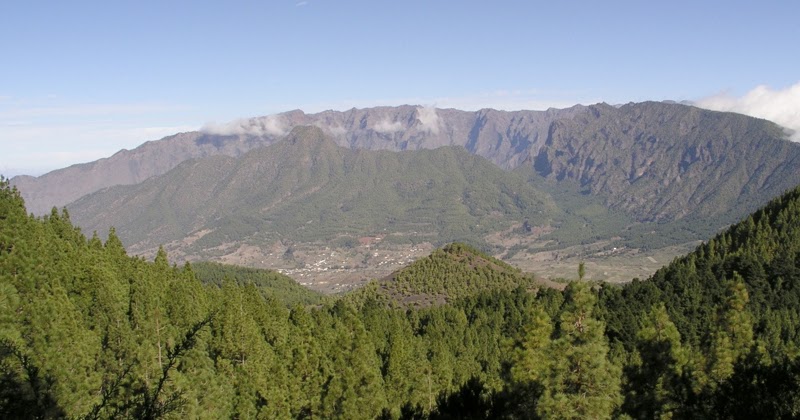 ..
..  Read more.
Read more.  Read more..
Read more..  Historians believe that these baths were previously part of the palace of a wealthy Arab merchant. From the once large building, only the central hall, intended for hot baths, has survived. Entering through a small portal, you will enter a square hall with twelve columns and a vaulted dome above them. Read more..
Historians believe that these baths were previously part of the palace of a wealthy Arab merchant. From the once large building, only the central hall, intended for hot baths, has survived. Entering through a small portal, you will enter a square hall with twelve columns and a vaulted dome above them. Read more.. 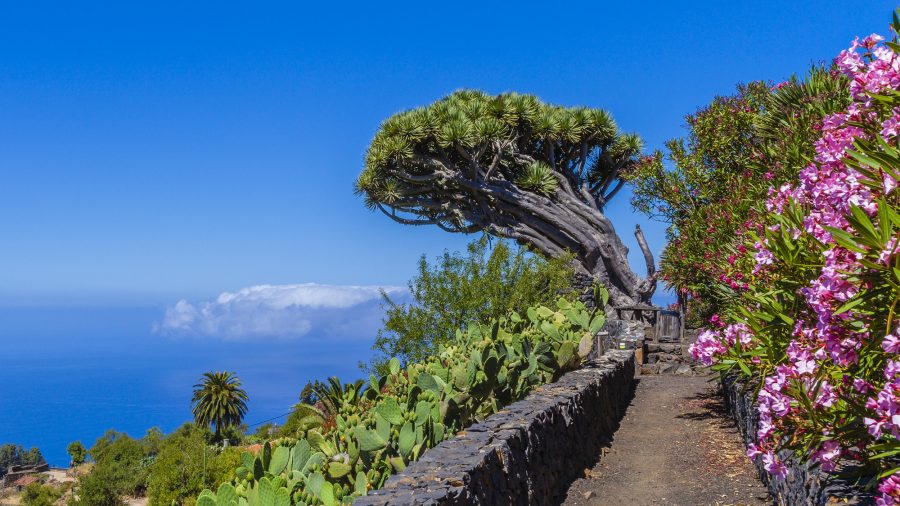 The southern facade of the cathedral is today considered one of the most beautiful examples of Gothic art.
The southern facade of the cathedral is today considered one of the most beautiful examples of Gothic art. .jpg) Almudaina Palace is still used today as a royal residence, as well as for official receptions during the stay of the King of Spain in Mallorca. The rest of the time the palace is open as a museum for tourists to visit. Read more…
Almudaina Palace is still used today as a royal residence, as well as for official receptions during the stay of the King of Spain in Mallorca. The rest of the time the palace is open as a museum for tourists to visit. Read more…  The remains of the garden existed until the end of 19th century, when its territory was built up with houses. In the 1960s, the buildings on the site were demolished to recreate the garden in the historic style, designed by Major architect Alomar. It combines traditional elements of Mallorcan gardens, such as the gazebo, with Andalusian garden art, such as a pond with fountains reminiscent of those found in the Alhambra.
The remains of the garden existed until the end of 19th century, when its territory was built up with houses. In the 1960s, the buildings on the site were demolished to recreate the garden in the historic style, designed by Major architect Alomar. It combines traditional elements of Mallorcan gardens, such as the gazebo, with Andalusian garden art, such as a pond with fountains reminiscent of those found in the Alhambra. 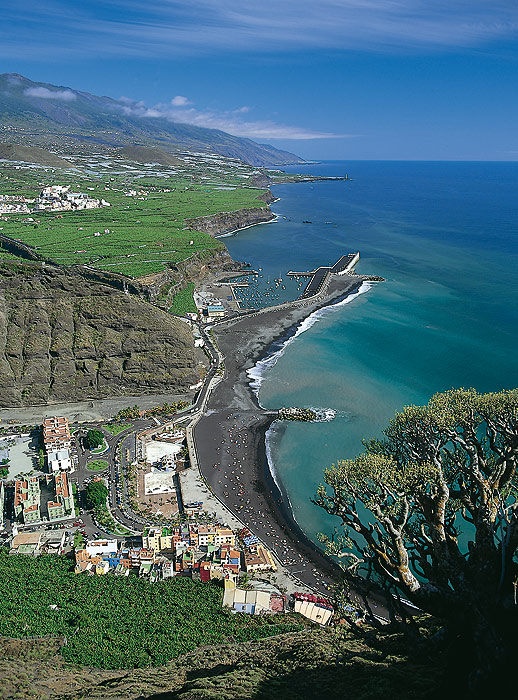 Four towers at the corners, ten secondary towers acting as buttresses, eight windows and gargoyles with statues adorn its exterior.
Four towers at the corners, ten secondary towers acting as buttresses, eight windows and gargoyles with statues adorn its exterior.  The municipal service is active, whose employees impose fines and can call a tow truck.
The municipal service is active, whose employees impose fines and can call a tow truck.  At the same time, unlike a car, there are no problems with parking for a bicycle, even in the very center of the old city. Read more about cycling in Palma.
At the same time, unlike a car, there are no problems with parking for a bicycle, even in the very center of the old city. Read more about cycling in Palma. 


 More about the area of St. Agustí…
More about the area of St. Agustí…  More about Gentilikio…
More about Gentilikio…  More about Seaside Park…
More about Seaside Park… 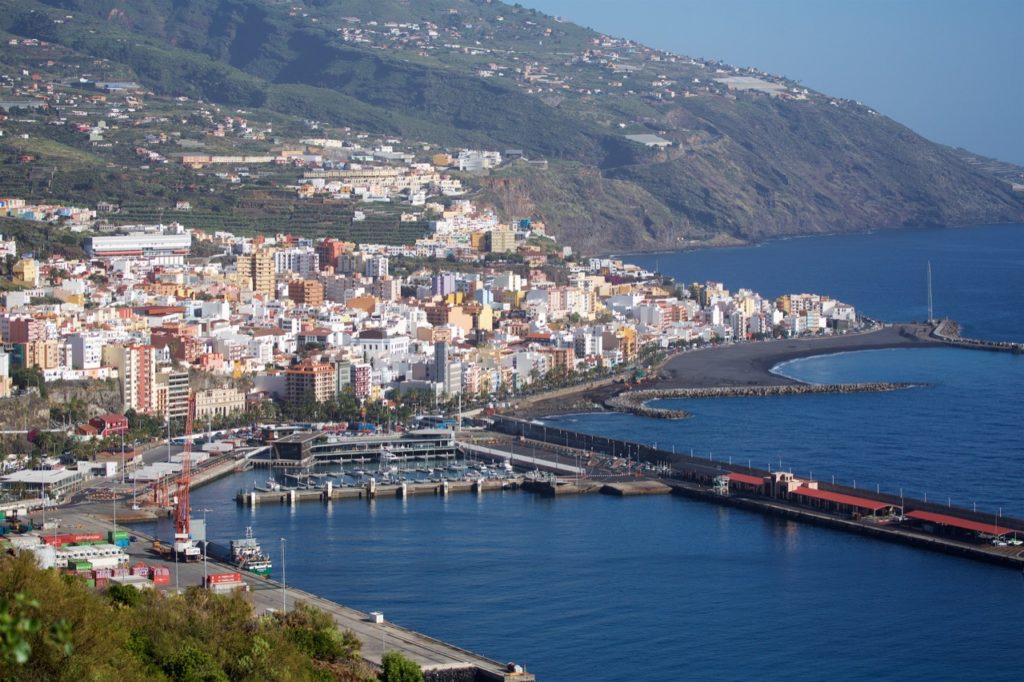 ..
.. 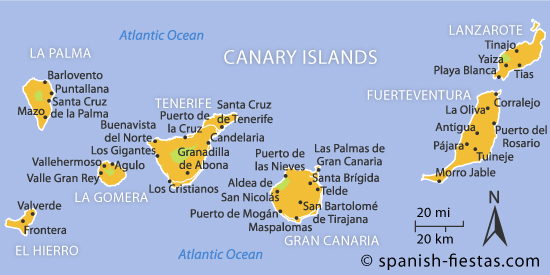
 more about the royal gardens …
more about the royal gardens … 

 More about Arab baths …
More about Arab baths …  Peter / Bastio de Sant Pere), which, in turn, was part of the old Renaissance wall of the city.
Peter / Bastio de Sant Pere), which, in turn, was part of the old Renaissance wall of the city.  The basilica complex includes a courtyard.
The basilica complex includes a courtyard. 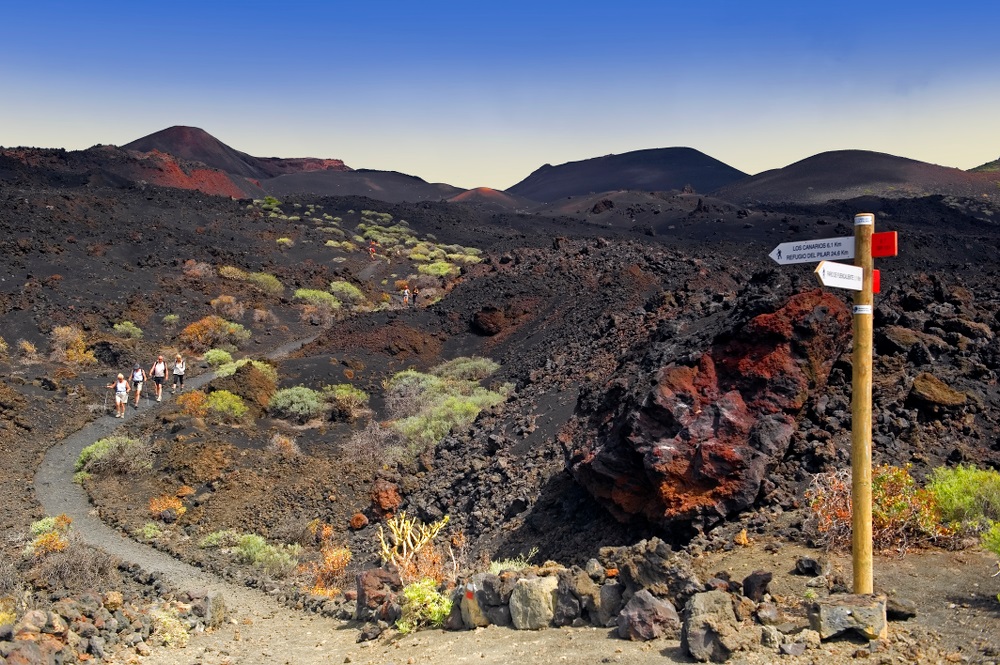
 ..
.. 
 ..
.. 


 For example, covered municipal market of Santa Catalina (Santa Catalina Market, Mercat de Santa Catalina), which still retains the features of traditional Mallorcan markets and where you can buy typical local products.
For example, covered municipal market of Santa Catalina (Santa Catalina Market, Mercat de Santa Catalina), which still retains the features of traditional Mallorcan markets and where you can buy typical local products.  Michael Street (Carrr de Sant Miquel / San Miguel), Born Boulevard (Passeig del Born) and Jaime III Avenue (Av. de Jaume III).
Michael Street (Carrr de Sant Miquel / San Miguel), Born Boulevard (Passeig del Born) and Jaime III Avenue (Av. de Jaume III). 





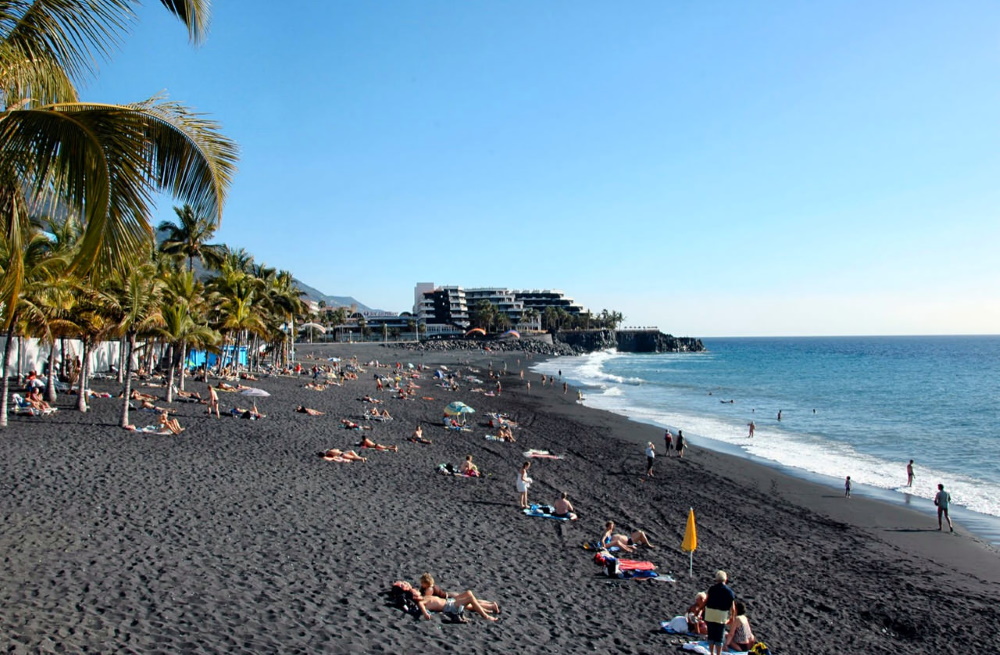

 Link to hotel
Link to hotel  . During the year, we offered to write various articles or mini guides to Palma, so that they could serve as a source of inspiration for travelers or a tool for planning their trip. We are not going to cover everything, much less, but we will share our grain of sand with those who do not know what to do or what to visit in Palma.
. During the year, we offered to write various articles or mini guides to Palma, so that they could serve as a source of inspiration for travelers or a tool for planning their trip. We are not going to cover everything, much less, but we will share our grain of sand with those who do not know what to do or what to visit in Palma. 


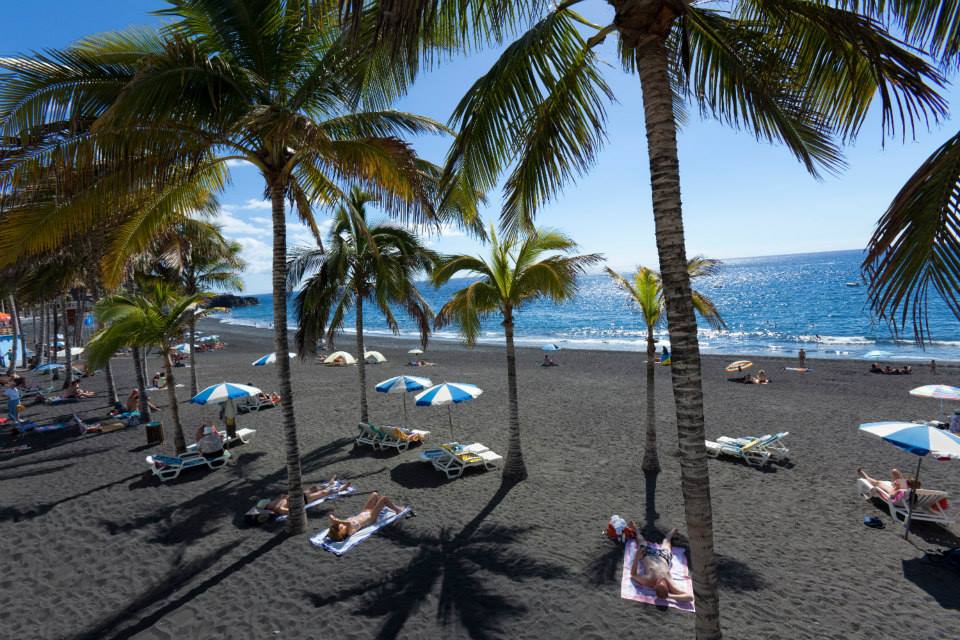

 All of these cruises offer island tours and visits to Palma, but for those who prefer to visit Palma on their own, we have a number of recommendations:
All of these cruises offer island tours and visits to Palma, but for those who prefer to visit Palma on their own, we have a number of recommendations: 
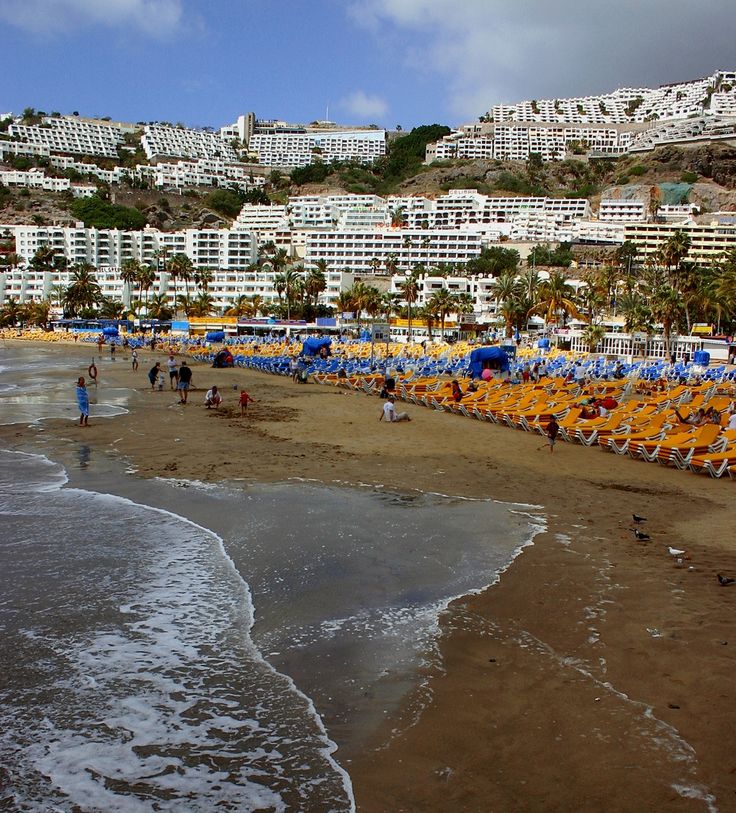 Thank you for your patience.
Thank you for your patience. 3 km from City Center300 m from Playa Amadores
3 km from City Center300 m from Playa Amadores

 L..
L..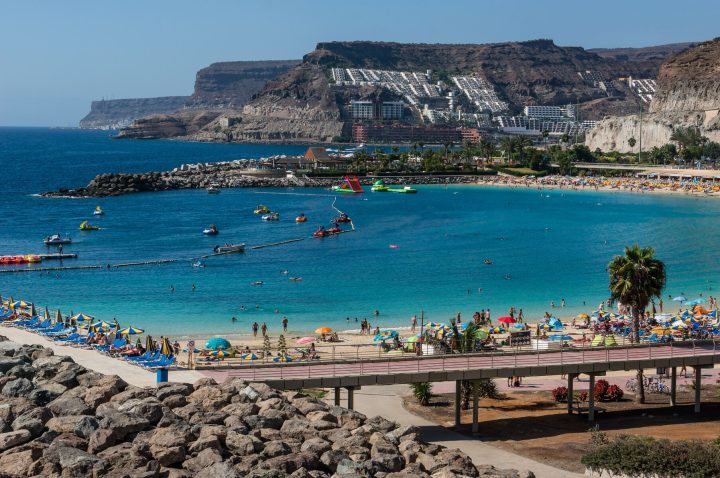
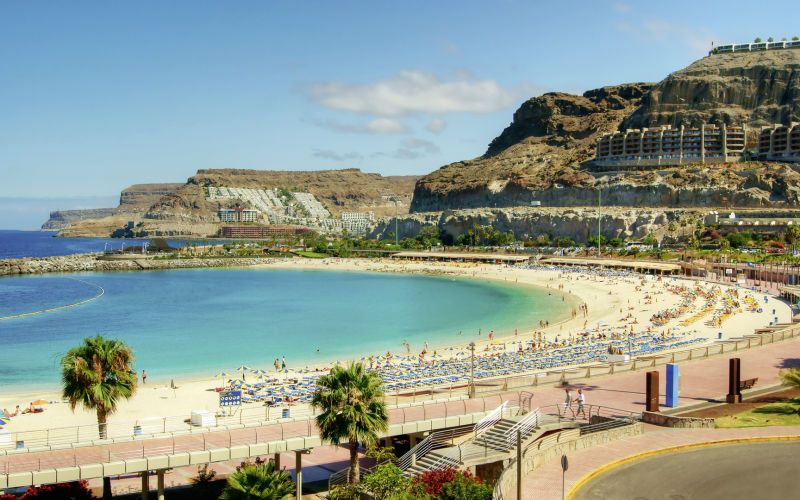 com
com
 Please enter the dates of your stay and check what conditions apply to your preferred room.
Please enter the dates of your stay and check what conditions apply to your preferred room.

 That’s about 109.16USD. This will be collected by credit card. You should be reimbursed on check-out. Your deposit will be refunded in full by credit card, subject to an inspection of the property.
That’s about 109.16USD. This will be collected by credit card. You should be reimbursed on check-out. Your deposit will be refunded in full by credit card, subject to an inspection of the property.

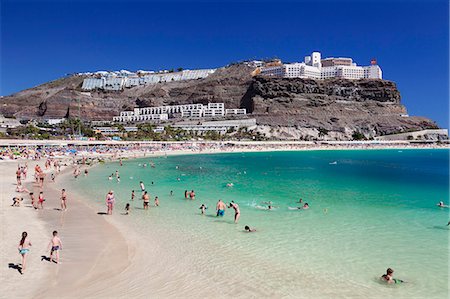 Staff were professional and excellent, accommodation was fabulous and we would definitely come again.
Staff were professional and excellent, accommodation was fabulous and we would definitely come again.
 1 miles
1 miles 2 miles
2 miles 6 miles
6 miles 7 miles
7 miles This site offers the property’s information and telephone number, as well as online Booking service.
This site offers the property’s information and telephone number, as well as online Booking service.
 It also offers an outdoor pool, a Jacuzzi and free Wi-Fi.
It also offers an outdoor pool, a Jacuzzi and free Wi-Fi. com
com com
com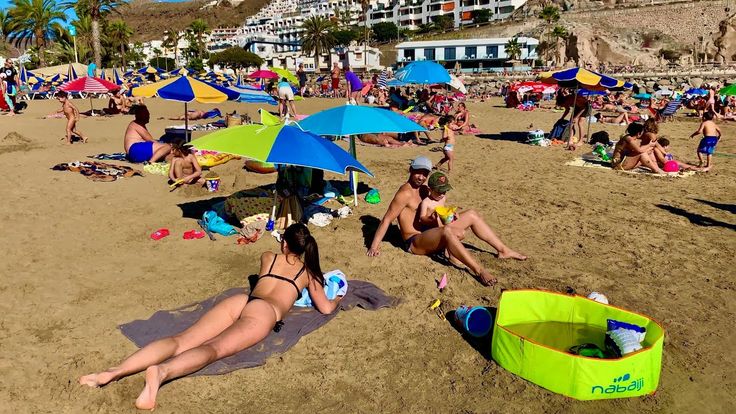 7 mi
7 mi
 41 miPool, Balcony$37+
41 miPool, Balcony$37+ 44 miOutdoor pool, Kitchen, terrace/patio$75+
44 miOutdoor pool, Kitchen, terrace/patio$75+ .. hotel, spotlessly clean, fabulous view overlooking the beach, beautiful food, great location, friendly staff,…”
.. hotel, spotlessly clean, fabulous view overlooking the beach, beautiful food, great location, friendly staff,…”  2017
2017 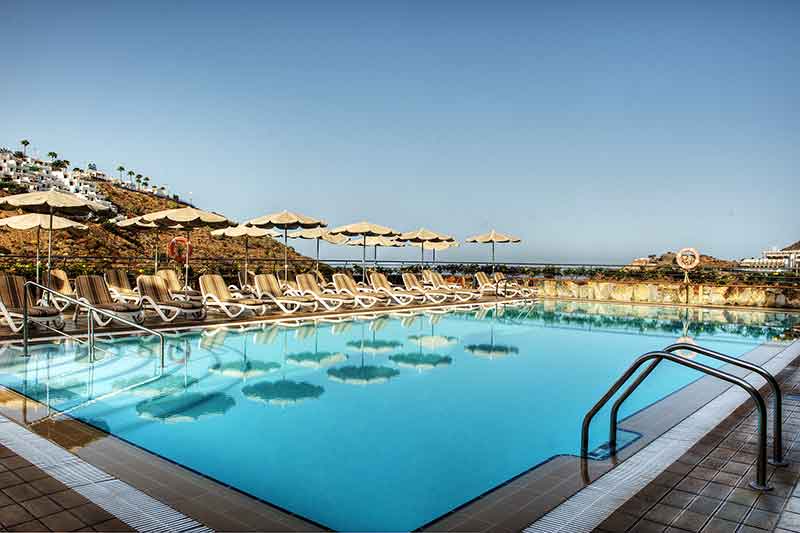 Radisson Blu Resort & Spa, Gran Canaria Mogan
Radisson Blu Resort & Spa, Gran Canaria Mogan  2016
2016  Cordul Mogan Playa
Cordul Mogan Playa  .. views with great facilities (pools, playground for kids, etc.) close to the beach and close to restaurants.”
.. views with great facilities (pools, playground for kids, etc.) close to the beach and close to restaurants.”  de
de  Availability and additional information about the cost, see the websites of our partners.
Availability and additional information about the cost, see the websites of our partners.  COM 9 rub
COM 9 rub  2016
2016  .. or just enjoy your days on the beautiful beach – this hotel is perfect for that! 16. En Eich Imperyal Playa
.. or just enjoy your days on the beautiful beach – this hotel is perfect for that! 16. En Eich Imperyal Playa  .. pancakes with handmade pikachu, the pool is also very close to the beach too very close just a lovely hotel! I hope …”
.. pancakes with handmade pikachu, the pool is also very close to the beach too very close just a lovely hotel! I hope …”  DE
DE  ..”
..”  ..”
..” 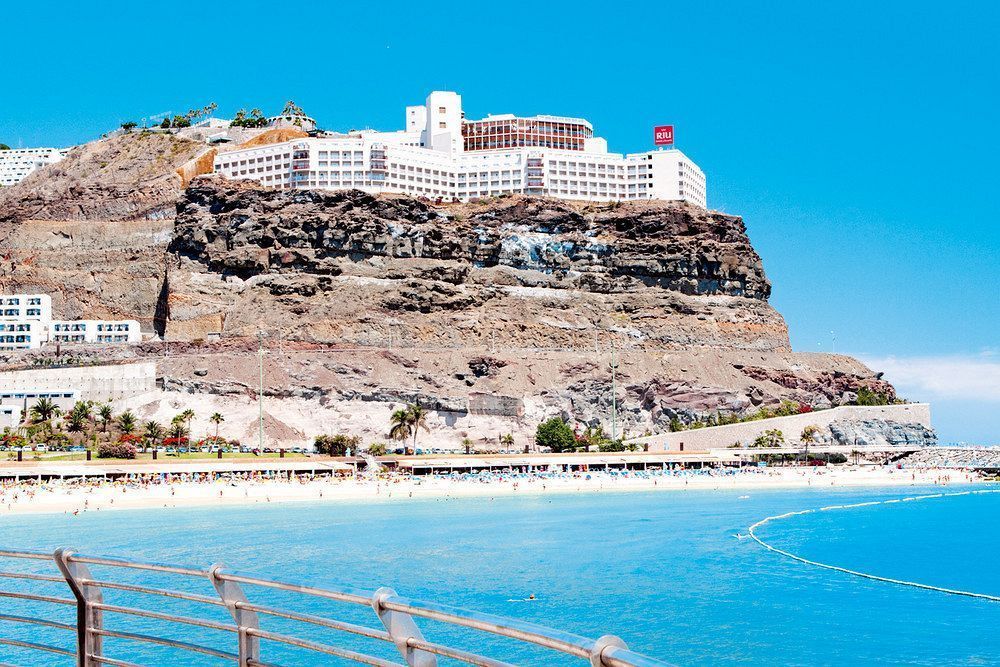 WAVIA Hotel
WAVIA Hotel  2022
2022 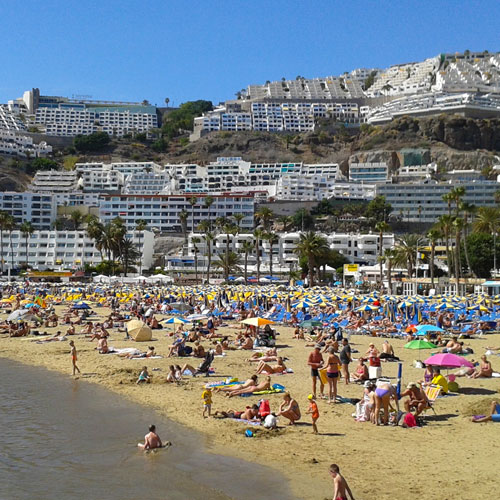 ..”
..” 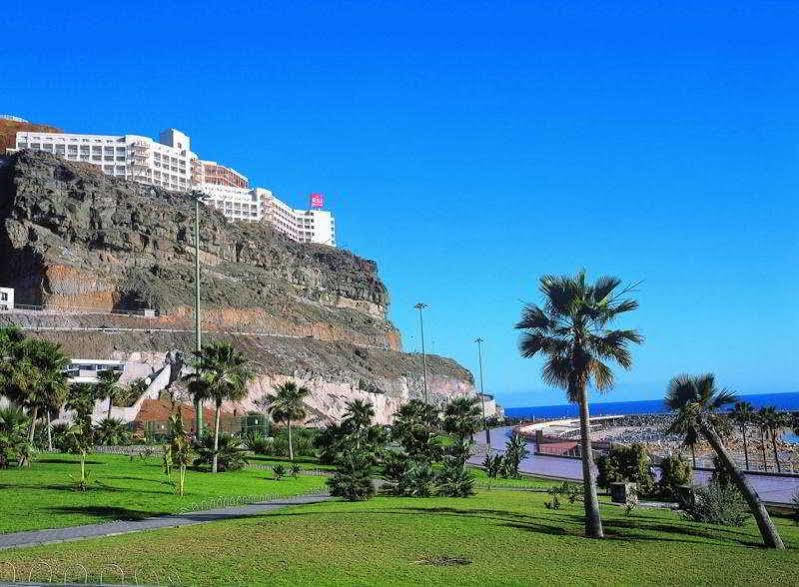 Full in a barrel around the pool, no place to change sunbeds.”
Full in a barrel around the pool, no place to change sunbeds.” 
 1/10
1/10 Nearby there are numerous attractions, including Amador Beach, Palmitos Park, Maspalomas Beach.
Nearby there are numerous attractions, including Amador Beach, Palmitos Park, Maspalomas Beach.  5/10
5/10 The hotel has a fitness center and an outdoor pool. The reception is open 24/7. In the evenings there is an entertainment program.
The hotel has a fitness center and an outdoor pool. The reception is open 24/7. In the evenings there is an entertainment program.  3/10
3/10 These apartments are located 1 km from the city centre.
These apartments are located 1 km from the city centre.  These apartments are located within walking distance of the city centre.
These apartments are located within walking distance of the city centre. 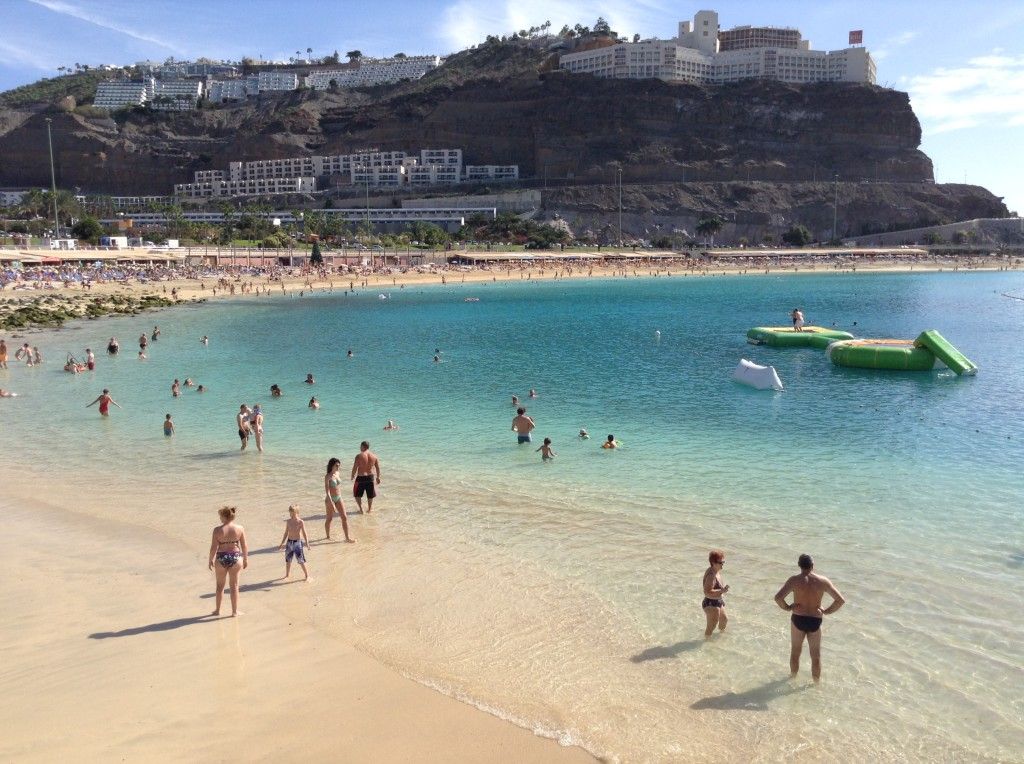 The luxurious Serenity Amadores offers a large outdoor pool. It enjoys a quiet location overlooking Amadores Beach in southern Gran Canaria.
The luxurious Serenity Amadores offers a large outdoor pool. It enjoys a quiet location overlooking Amadores Beach in southern Gran Canaria. 
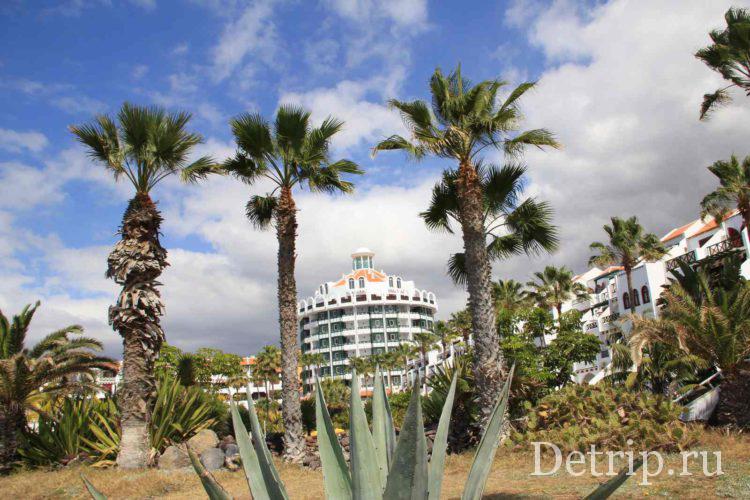
 It has nice private patio.
It has nice private patio.  No extra charges.
No extra charges.


 It consists of 2 bedrooms, 1 bathroom and an equipped kitchen.
It consists of 2 bedrooms, 1 bathroom and an equipped kitchen.

 1
1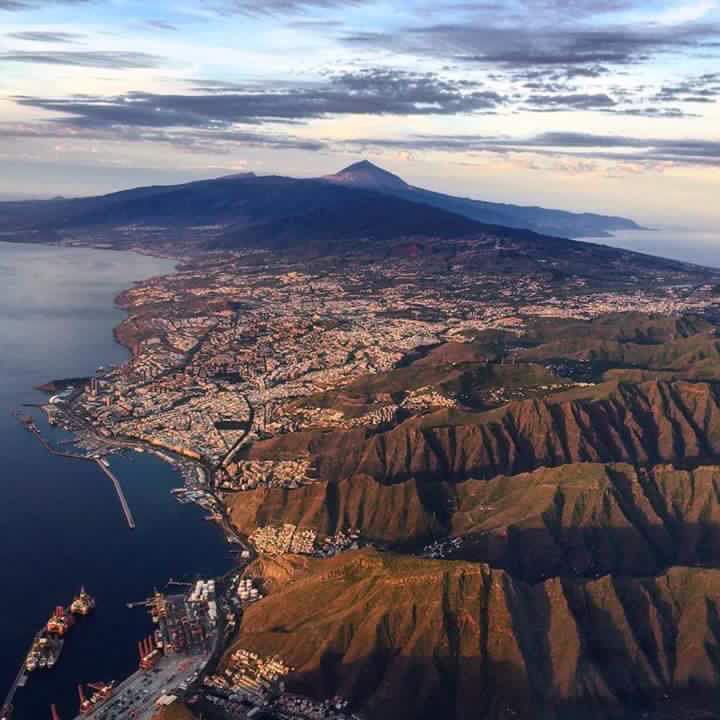 1
1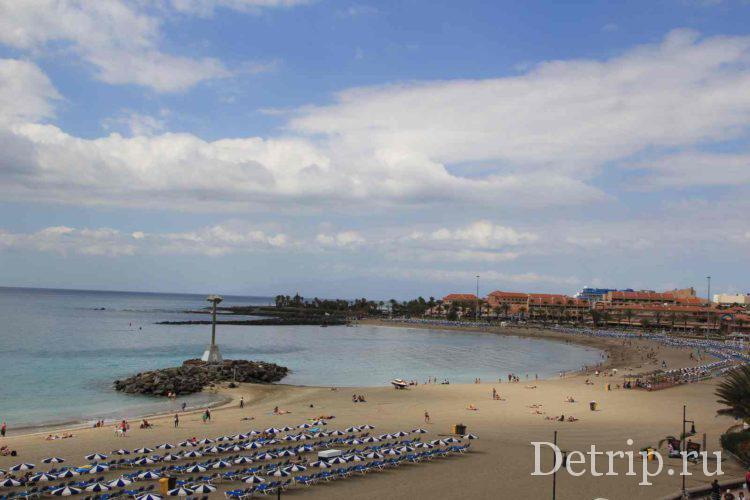 C. San Telmo 11
C. San Telmo 11



 This up and coming resort on the west coast of Tenerife has lots to offer, with Villa Las Vistas just a stone’s throw away from all the amenities. A black sand and pebble beach lined with sun loungers and straw parasols is just a 15 minute walk away. The centre of Callao Salvaje is filled with modern bars and tasty restaurants, ideal for them relaxing evenings. Why worry about cooking when you can sample a traditional paella with a glass of fruity sangria or two?
This up and coming resort on the west coast of Tenerife has lots to offer, with Villa Las Vistas just a stone’s throw away from all the amenities. A black sand and pebble beach lined with sun loungers and straw parasols is just a 15 minute walk away. The centre of Callao Salvaje is filled with modern bars and tasty restaurants, ideal for them relaxing evenings. Why worry about cooking when you can sample a traditional paella with a glass of fruity sangria or two?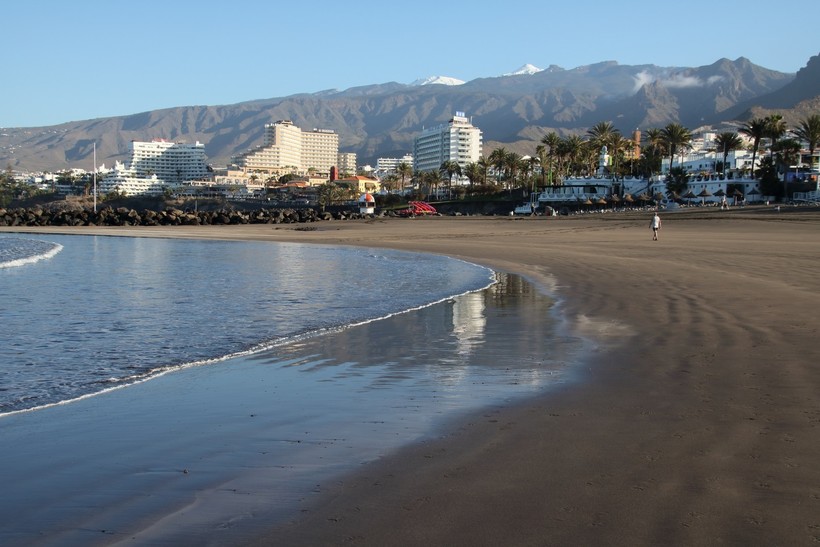 A small set of garden furniture makes this the ideal spot for a morning coffee, your day has just begun, you’re planning your activities and the sea ahead looks spectacular. What a picture! If you fancy a day by the pool then look no further. The refreshing pool with its roman steps and glistening water is the ideal spot.
A small set of garden furniture makes this the ideal spot for a morning coffee, your day has just begun, you’re planning your activities and the sea ahead looks spectacular. What a picture! If you fancy a day by the pool then look no further. The refreshing pool with its roman steps and glistening water is the ideal spot.  00m
00m 5
5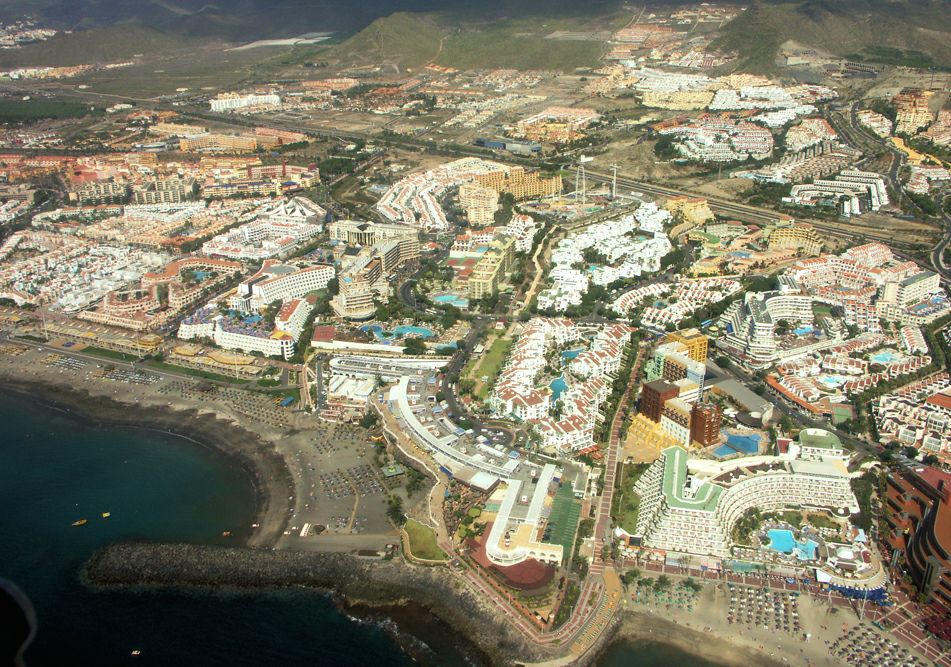 And the peculiarity of many of them is black volcanic sand – it is so unusual and pristine, bewitching and stunningly beautiful!
And the peculiarity of many of them is black volcanic sand – it is so unusual and pristine, bewitching and stunningly beautiful! 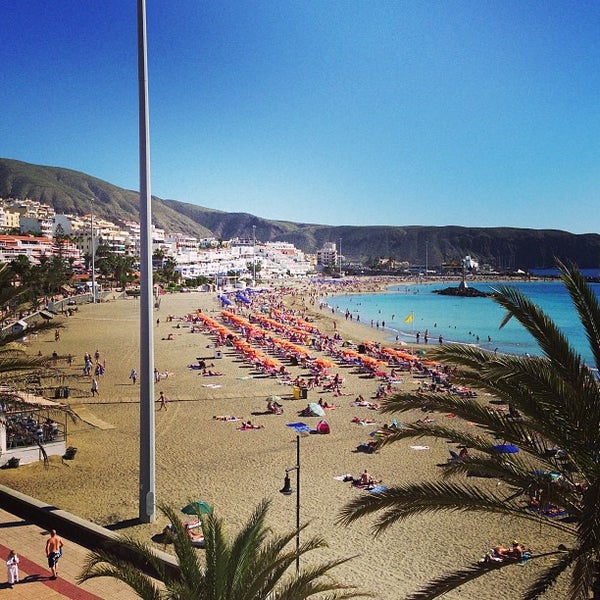
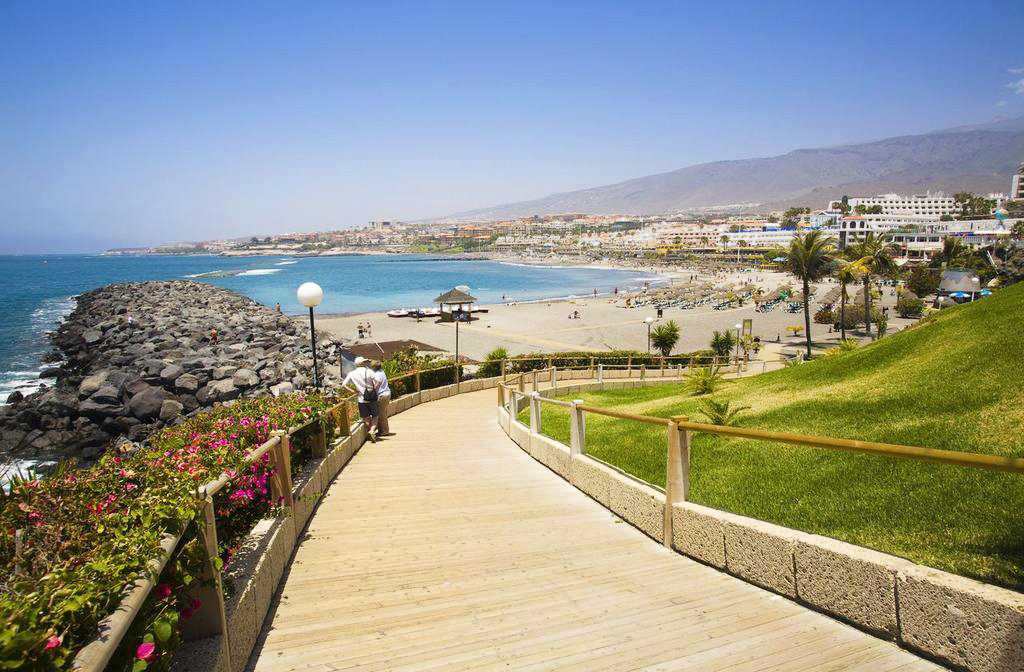 The beach is located in Los Cristianos in the south of Tenerife and has soft golden sand and calm waters. The beach is beautiful, safe and ideal for long walks as it is 805 meters long. This is a great place to relax with family and children.
The beach is located in Los Cristianos in the south of Tenerife and has soft golden sand and calm waters. The beach is beautiful, safe and ideal for long walks as it is 805 meters long. This is a great place to relax with family and children.  Down on the shore, a lifeguard monitors the safety of visitors. In general, Bollullo is distinguished by cleanliness, incredible scenery and the absence of tourist crowds. But the place is more suitable for contemplation of natural beauties than for a full-fledged beach holiday.
Down on the shore, a lifeguard monitors the safety of visitors. In general, Bollullo is distinguished by cleanliness, incredible scenery and the absence of tourist crowds. But the place is more suitable for contemplation of natural beauties than for a full-fledged beach holiday.  Numerous shops and cafes lined up along the shore, where you can have an inexpensive lunch. The main disadvantage of the place is a large number of tourists, which in turn suffers from the level of cleanliness. Of course, Caminos can hardly be called the best beach in the resort, but it is quite feasible to relax on it in comfort.
Numerous shops and cafes lined up along the shore, where you can have an inexpensive lunch. The main disadvantage of the place is a large number of tourists, which in turn suffers from the level of cleanliness. Of course, Caminos can hardly be called the best beach in the resort, but it is quite feasible to relax on it in comfort.  But the lack of infrastructure does not in the least prevent some tourists from getting on a towel, often in the nude. The descent to the shore passes through a specially laid out wooden staircase, extending down 90 m. The beginning of the road is at the El Mirador restaurant, where you can also park your car. Although El Benijo is considered one of the best beaches in Tenerife, it should not be considered as an ideal place for swimming, but rather as a unique natural attraction.
But the lack of infrastructure does not in the least prevent some tourists from getting on a towel, often in the nude. The descent to the shore passes through a specially laid out wooden staircase, extending down 90 m. The beginning of the road is at the El Mirador restaurant, where you can also park your car. Although El Benijo is considered one of the best beaches in Tenerife, it should not be considered as an ideal place for swimming, but rather as a unique natural attraction. 
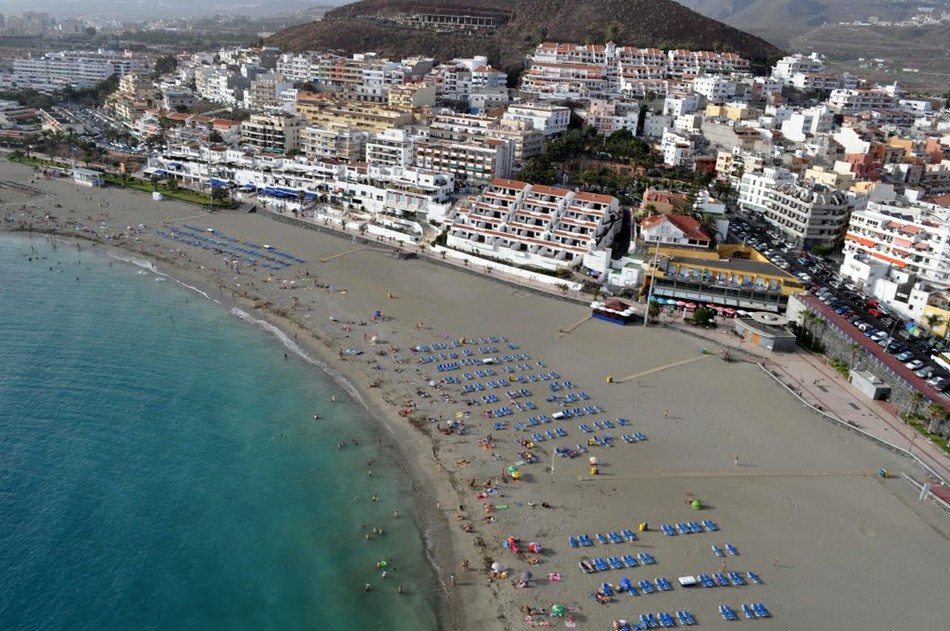 If you want to relax in comfort, you can rent an umbrella with two sunbeds for 12 €. Rescuers monitor the order and safety of tourists in the recreation area. On the beach there is an opportunity to plunge into the world of water activities: you can choose from trips on bananas, catamarans and scooters. In the neighborhood there are numerous eateries and cafes, shops with very affordable prices are open. As a rule, Playa de las Vistas is always crowded, but there is enough space for everyone.
If you want to relax in comfort, you can rent an umbrella with two sunbeds for 12 €. Rescuers monitor the order and safety of tourists in the recreation area. On the beach there is an opportunity to plunge into the world of water activities: you can choose from trips on bananas, catamarans and scooters. In the neighborhood there are numerous eateries and cafes, shops with very affordable prices are open. As a rule, Playa de las Vistas is always crowded, but there is enough space for everyone. 
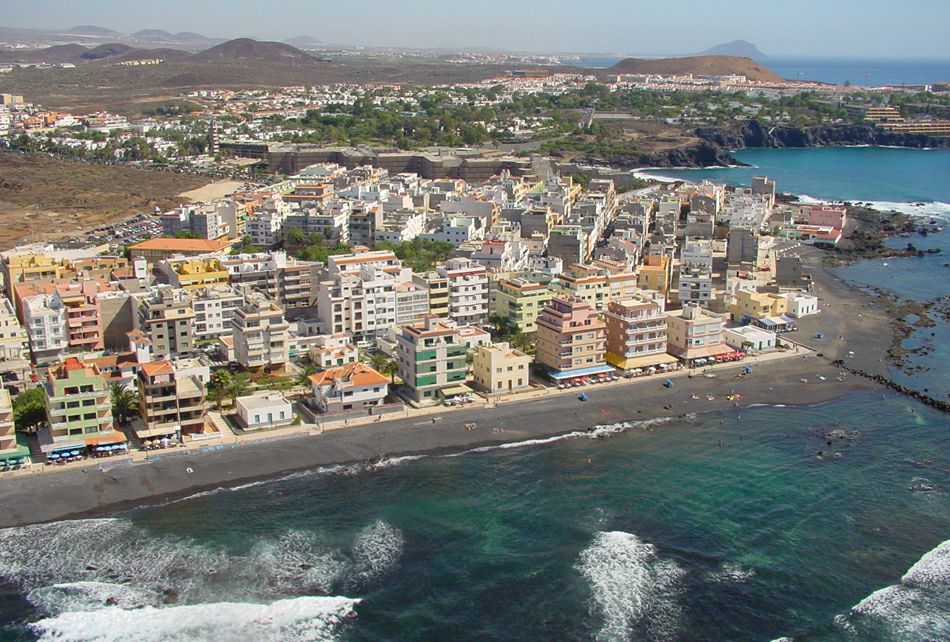 La Arena is characterized by strong waves and changeable wind, so the red flag is a frequent guest of the coast.
La Arena is characterized by strong waves and changeable wind, so the red flag is a frequent guest of the coast.  This is a very calm and clean beach, but sometimes very crowded, but there is enough space for everyone.
This is a very calm and clean beach, but sometimes very crowded, but there is enough space for everyone.  And for a standard beach holiday, El Medano is hardly suitable. Well, if you are determined to conquer the wave, then all the necessary conditions are provided here: a surf school, equipment stores, and equipment rental.
And for a standard beach holiday, El Medano is hardly suitable. Well, if you are determined to conquer the wave, then all the necessary conditions are provided here: a surf school, equipment stores, and equipment rental.  Beach chairs and umbrellas are available for rent at Playa de las Americas. There are restrooms and changing rooms. There are a couple of cafes and fast food restaurants next to the beach. The only disadvantage of this location is the lack of ample parking nearby.
Beach chairs and umbrellas are available for rent at Playa de las Americas. There are restrooms and changing rooms. There are a couple of cafes and fast food restaurants next to the beach. The only disadvantage of this location is the lack of ample parking nearby.  On the rest it will be comfortable to swim only in summer and early autumn.
On the rest it will be comfortable to swim only in summer and early autumn. 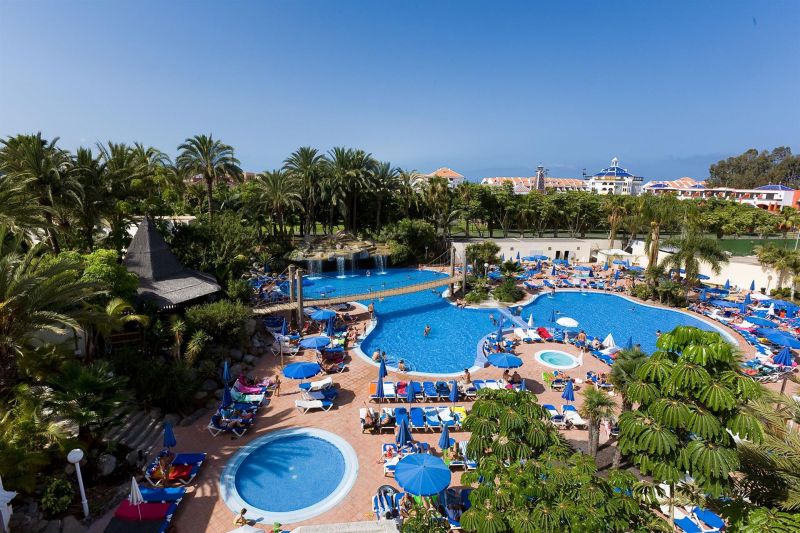
 Tourists from different parts of the world come here to relax.
Tourists from different parts of the world come here to relax. 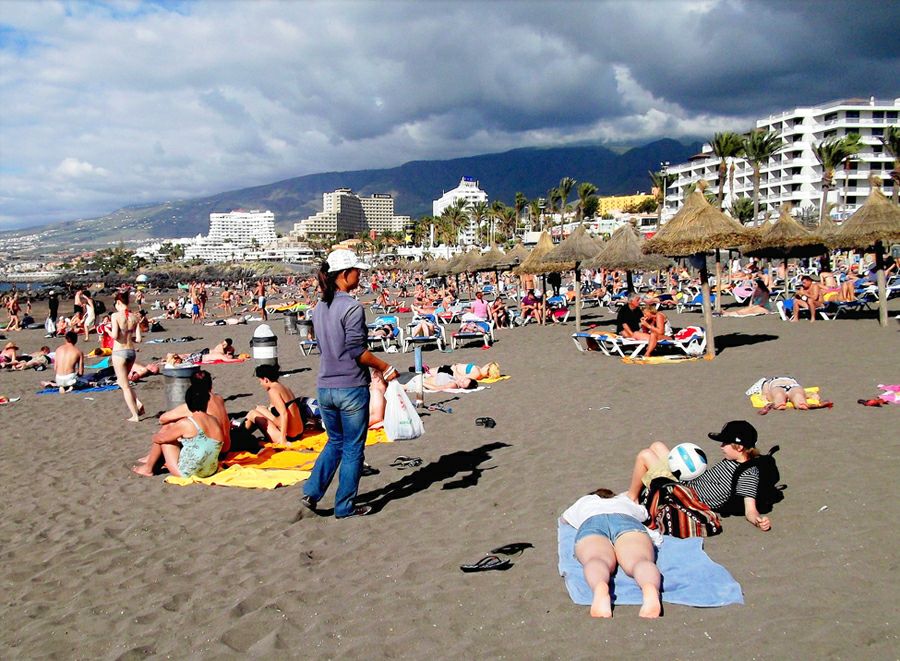 Here you can play volleyball, go on a sea excursion to watch whales and dolphins, or just take a boat ride on the surrounding waters. Diving, snorkelling and surfing are also available at this beautiful resort.
Here you can play volleyball, go on a sea excursion to watch whales and dolphins, or just take a boat ride on the surrounding waters. Diving, snorkelling and surfing are also available at this beautiful resort.  On the beach you can go in for sports, have a bite to eat in various cafes and restaurants, as well as swim a lot under the supervision of experienced lifeguards.
On the beach you can go in for sports, have a bite to eat in various cafes and restaurants, as well as swim a lot under the supervision of experienced lifeguards. 

 It is pleasant to spend time on the beaches of La Caleta, relaxing from the hectic city life.
It is pleasant to spend time on the beaches of La Caleta, relaxing from the hectic city life.  If you stay at the Ritz Hotel, located nearby, then the entire infrastructure of the beach is provided to you for free.
If you stay at the Ritz Hotel, located nearby, then the entire infrastructure of the beach is provided to you for free. 
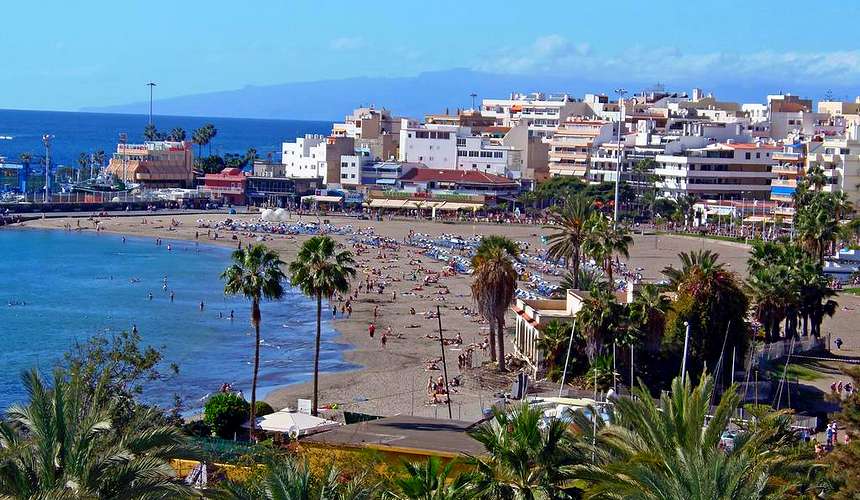 Unlike other municipalities, there are several good beaches with developed infrastructure.
Unlike other municipalities, there are several good beaches with developed infrastructure.  The most popular of them are:
The most popular of them are:  Among tourists, it is famous for a large number of interesting sights.
Among tourists, it is famous for a large number of interesting sights.  High waves make this place attractive for surfers, but dangerous for simple swimming.
High waves make this place attractive for surfers, but dangerous for simple swimming. 
 Not only is it warmed up, it is also saturated with minerals. Especially those who have joint problems, arthritis, sciatica, etc.
Not only is it warmed up, it is also saturated with minerals. Especially those who have joint problems, arthritis, sciatica, etc. 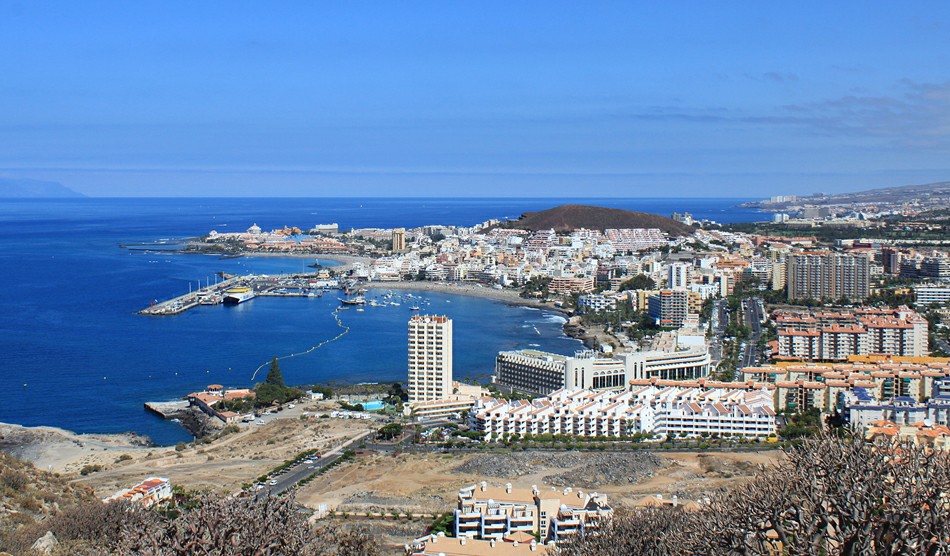 We’ve come across just such an event. Smiles did not leave our faces as well as from our hearts. In general, you can plunge into Spain with your head.
We’ve come across just such an event. Smiles did not leave our faces as well as from our hearts. In general, you can plunge into Spain with your head.  It is one of the most popular in the south of Tenerife. Las Vistas is beautiful in itself and very comfortable. Everything is here, and if not everything, then everything else is not far from it) so to speak, within easy reach! The beach is located near discos and clubs, which are located right on the waterfront. If you are tired of the music and your head already hurts, then you can go sit on the sun loungers (they are simply left here at night) and listen to the whisper of the ocean.
It is one of the most popular in the south of Tenerife. Las Vistas is beautiful in itself and very comfortable. Everything is here, and if not everything, then everything else is not far from it) so to speak, within easy reach! The beach is located near discos and clubs, which are located right on the waterfront. If you are tired of the music and your head already hurts, then you can go sit on the sun loungers (they are simply left here at night) and listen to the whisper of the ocean.  half chicken with potatoes and salad costs 4.50 euros. This portion can also be eaten together. Near McDonalds. What is McDonald’s for tourists? That’s right – free Wi-Fi and a toilet.
half chicken with potatoes and salad costs 4.50 euros. This portion can also be eaten together. Near McDonalds. What is McDonald’s for tourists? That’s right – free Wi-Fi and a toilet.  Especially if you wanted to go kitesurfing or windsurfing. Beach with a characteristic atmosphere – movement, wind and no peace. But some people like it that way.
Especially if you wanted to go kitesurfing or windsurfing. Beach with a characteristic atmosphere – movement, wind and no peace. But some people like it that way.  com
com 3 km
3 km 3 km
3 km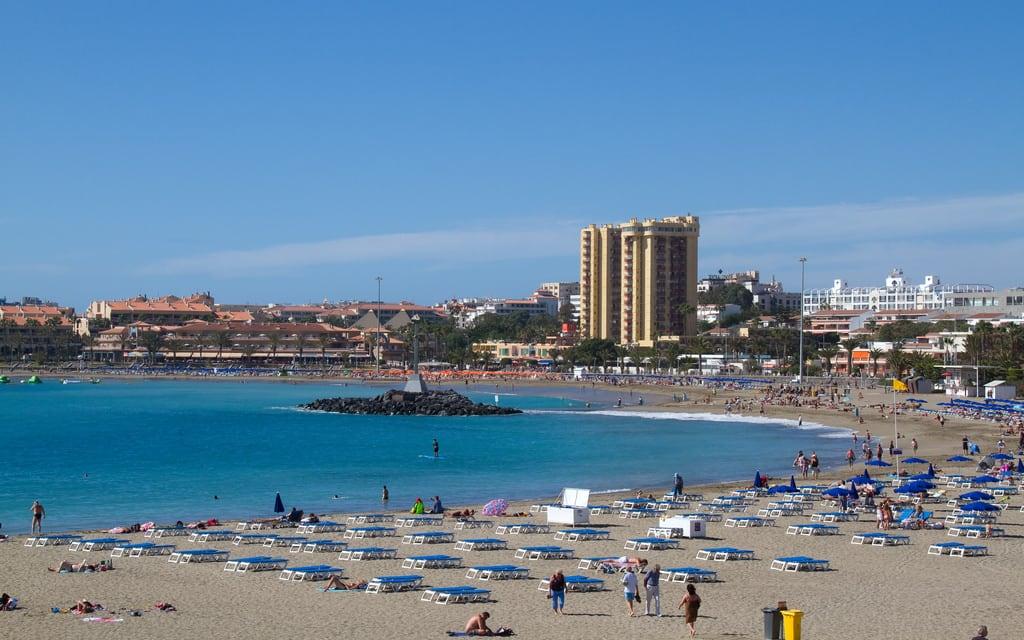
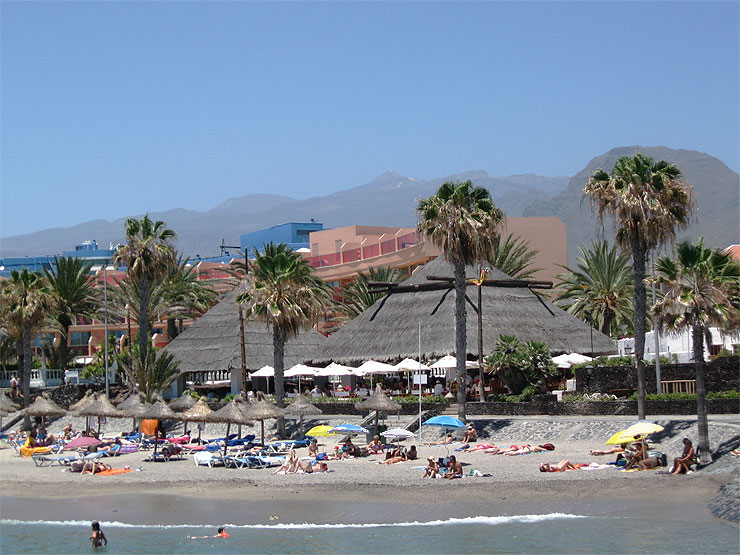
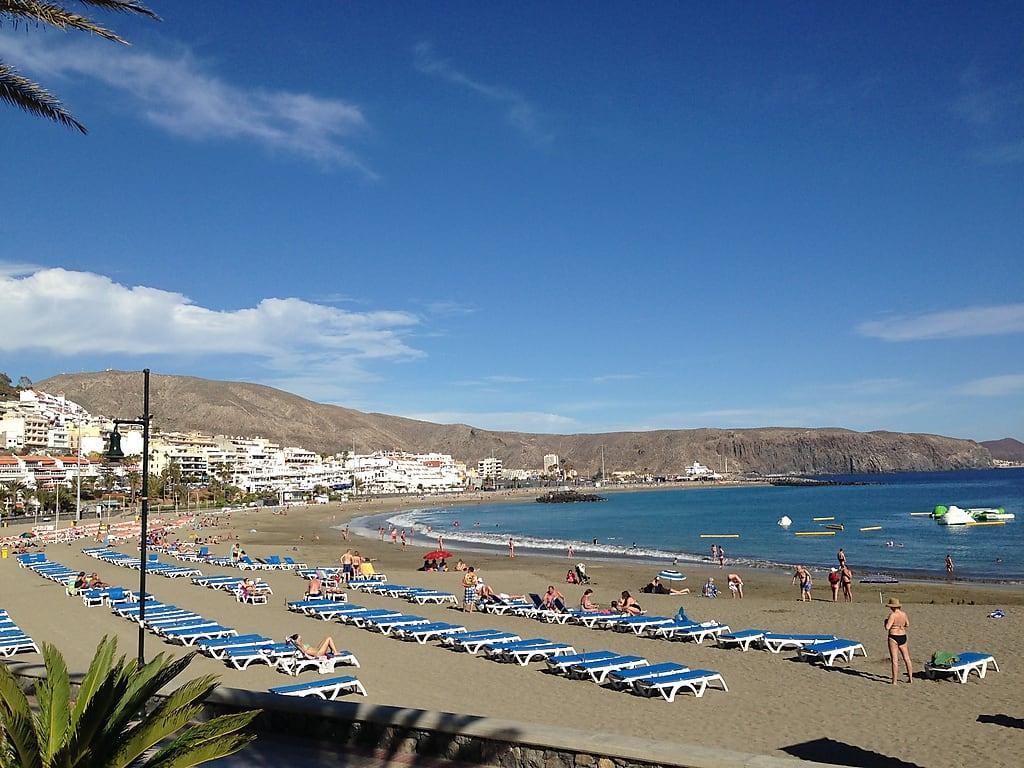 The length of the road is 18.3 km.
The length of the road is 18.3 km.  Driving from Tenerife South to Playa de las Vistas will take approximately 14 minutes.
Driving from Tenerife South to Playa de las Vistas will take approximately 14 minutes. 
 Low 66F. Winds SE at 5 to 10 mph.
Low 66F. Winds SE at 5 to 10 mph. Low 67F. Winds light and variable.
Low 67F. Winds light and variable. Low 71F. Winds SE at 5 to 10 mph.
Low 71F. Winds SE at 5 to 10 mph. Low 72F. Winds E at 5 to 10 mph.
Low 72F. Winds E at 5 to 10 mph. Low near 70F. Winds ENE at 5 to 10 mph.
Low near 70F. Winds ENE at 5 to 10 mph. Low 69F. Winds ENE at 5 to 10 mph.
Low 69F. Winds ENE at 5 to 10 mph. Low 68F. Winds ENE at 5 to 10 mph.
Low 68F. Winds ENE at 5 to 10 mph. Low 68F. Winds E at 5 to 10 mph.
Low 68F. Winds E at 5 to 10 mph. Low 68F. Winds ENE at 5 to 10 mph.
Low 68F. Winds ENE at 5 to 10 mph. Low 68F. Winds ENE at 10 to 15 mph.
Low 68F. Winds ENE at 10 to 15 mph. Low 68F. Winds ENE at 10 to 15 mph.
Low 68F. Winds ENE at 10 to 15 mph. Low 68F. Winds ENE at 10 to 15 mph.
Low 68F. Winds ENE at 10 to 15 mph. Low 68F. Winds ENE at 10 to 15 mph.
Low 68F. Winds ENE at 10 to 15 mph. Low 68F. Winds ENE at 10 to 15 mph.
Low 68F. Winds ENE at 10 to 15 mph.
 And on the average day it rains or snows, we get 0.01 in (0.2 mm) of precipitation. In more common terms of how much that is, some would describe it as not rainy at all.
And on the average day it rains or snows, we get 0.01 in (0.2 mm) of precipitation. In more common terms of how much that is, some would describe it as not rainy at all. 8 hours. This graph shows the average amount of sunshine in Playa de Fanabe in September based on historical data.
8 hours. This graph shows the average amount of sunshine in Playa de Fanabe in September based on historical data.

 Chance of precipitation 25%. High temperature around 72F. Dew point will be around 61F with an average humidity of 73%. Winds will be 5 mph from the SSE.
Chance of precipitation 25%. High temperature around 72F. Dew point will be around 61F with an average humidity of 73%. Winds will be 5 mph from the SSE. Dew point will be around 55F with an average humidity of 68%. Winds will be 3 mph from the E.
Dew point will be around 55F with an average humidity of 68%. Winds will be 3 mph from the E. High temperature around 76F. Dew point will be around 61F with an average humidity of 67%. Winds will be 3 mph from the WNW.
High temperature around 76F. Dew point will be around 61F with an average humidity of 67%. Winds will be 3 mph from the WNW. Winds will be 2 mph from the NW.
Winds will be 2 mph from the NW. High temperature around 75F. Dew point will be around 63F with an average humidity of 73%. Winds will be 5 mph from the SSE.
High temperature around 75F. Dew point will be around 63F with an average humidity of 73%. Winds will be 5 mph from the SSE. High temperature around 74F. Dew point will be around 63F with an average humidity of 75%. Winds will be 4 mph from the SSW.
High temperature around 74F. Dew point will be around 63F with an average humidity of 75%. Winds will be 4 mph from the SSW. Low temperature around 68F. Dew point will be around 63F with an average humidity of 79%. Winds will be 5 mph from the S.
Low temperature around 68F. Dew point will be around 63F with an average humidity of 79%. Winds will be 5 mph from the S. 3°C
3°C For more information visit our guide to the UV Index.
For more information visit our guide to the UV Index. 17m)
17m)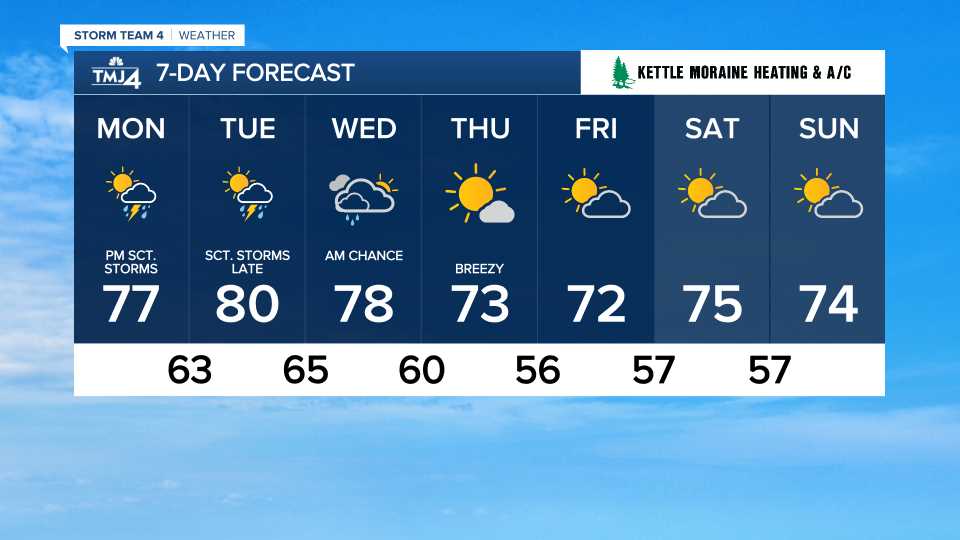 02m)
02m) 01m)
01m) 07m)
07m) 98m)
98m) 81m)
81m) 16m)
16m) We provide this information so that you can evaluate the future weather dynamics.
We provide this information so that you can evaluate the future weather dynamics.
 10.2022 for 5 nights, 3 , without power
10.2022 for 5 nights, 3 , without power  10.2022 for 4 nights, 3,, breakfast
10.2022 for 4 nights, 3,, breakfast 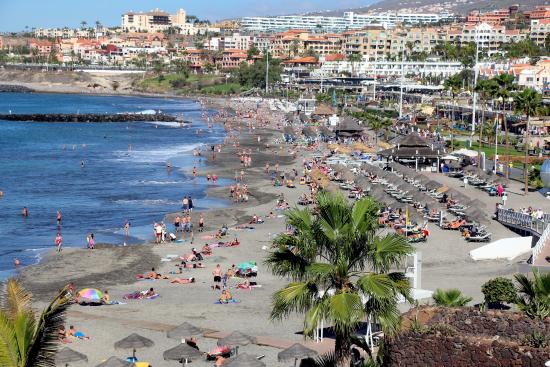 02.2022 for 2 nights, 3,, breakfasts
02.2022 for 2 nights, 3,, breakfasts  10.2022 for 5 nights, 3 , without power
10.2022 for 5 nights, 3 , without power  10.2022 1 night 3 all inclusive 9002 Egypt Hurghada
10.2022 1 night 3 all inclusive 9002 Egypt Hurghada  2022 9000 9000 for 3 nights, 3 nights, 3 nights, 3 nights, 3 nights, 3 nights, 3 , breakfasts
2022 9000 9000 for 3 nights, 3 nights, 3 nights, 3 nights, 3 nights, 3 nights, 3 , breakfasts  10.2022 for 4 nights, 3 , breakfast
10.2022 for 4 nights, 3 , breakfast  2022 for 4 nights, 3 , breakfasts
2022 for 4 nights, 3 , breakfasts  10.2022 for 4 nights, 3 , without power
10.2022 for 4 nights, 3 , without power  10.2022 for 1 night, 3,, breakfast
10.2022 for 1 night, 3,, breakfast  11.2022 for 8 nights, 3,, breakfast
11.2022 for 8 nights, 3,, breakfast  10.2022 for 1 night, 3,, breakfast
10.2022 for 1 night, 3,, breakfast  10.2022 for 1 9000, 3
10.2022 for 1 9000, 3  10.2022 for 1 night, 3 , without power
10.2022 for 1 night, 3 , without power  10.2022 per 1 night, 3,, breakfast
10.2022 per 1 night, 3,, breakfast  2022 for 4 nights, 3 , breakfast 9,0009, breakfasts
2022 for 4 nights, 3 , breakfast 9,0009, breakfasts  10.2022 for 1 night, 3,, breakfast and dinner
10.2022 for 1 night, 3,, breakfast and dinner 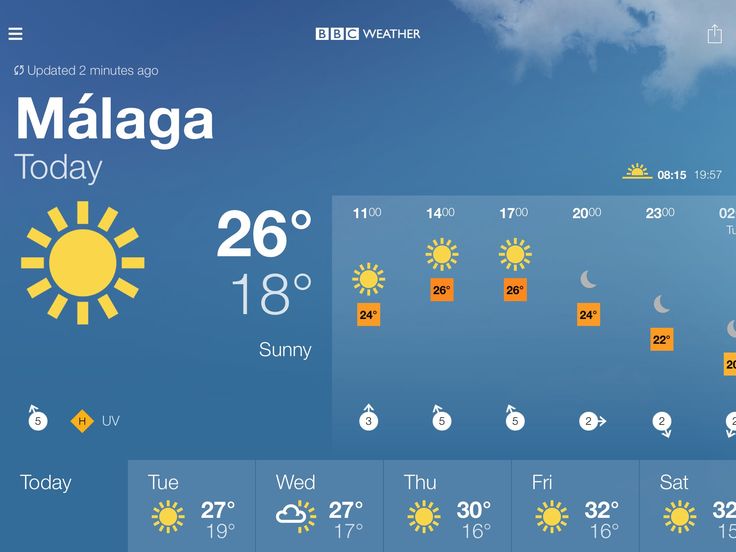 10.2022 per 1 night, 3 , breakfast
10.2022 per 1 night, 3 , breakfast  There is a living room with a sofa bed and flat-screen TV, and a kitchenette with a microwave, fridge, oven and coffee maker. There is also a twin bedroom.
There is a living room with a sofa bed and flat-screen TV, and a kitchenette with a microwave, fridge, oven and coffee maker. There is also a twin bedroom. 
 There is also a twin bedroom.
There is also a twin bedroom.  There is 1 bedroom with 2 separate beds.
There is 1 bedroom with 2 separate beds. 
 m.
m.  Other amenities include a kitchenette with a microwave, fridge, kettle, toaster and coffee maker. There is 1 double bedroom and 1 twin bedroom.
Other amenities include a kitchenette with a microwave, fridge, kettle, toaster and coffee maker. There is 1 double bedroom and 1 twin bedroom.  The living room has a sofa bed and a flat-screen TV. The kitchenette is equipped with a microwave, fridge, kettle, toaster and coffee maker. There is 1 double bedroom and 1 twin bedroom.
The living room has a sofa bed and a flat-screen TV. The kitchenette is equipped with a microwave, fridge, kettle, toaster and coffee maker. There is 1 double bedroom and 1 twin bedroom.  These bright and airy apartments are decorated in a contemporary style. The living room has a sofa bed and a flat-screen TV. Other amenities include a kitchenette with a microwave, fridge, kettle, toaster and coffee maker. There is 1 twin bedroom and 1 double bedroom.
These bright and airy apartments are decorated in a contemporary style. The living room has a sofa bed and a flat-screen TV. Other amenities include a kitchenette with a microwave, fridge, kettle, toaster and coffee maker. There is 1 twin bedroom and 1 double bedroom. 
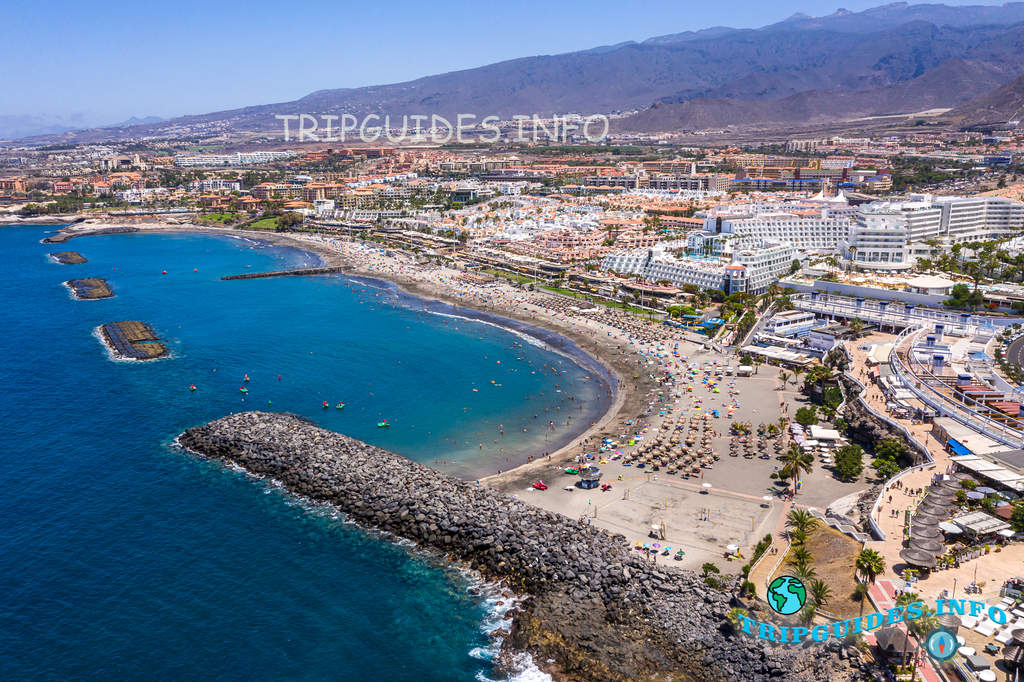 There is a living room with a sofa bed and flat-screen TV, and a kitchenette with a microwave, fridge, oven and coffee maker. There is also a twin bedroom.
There is a living room with a sofa bed and flat-screen TV, and a kitchenette with a microwave, fridge, oven and coffee maker. There is also a twin bedroom.  0
0  8
8  Photos and reviews of the hotel Lagos De Fanabe Spain, Adeje
Photos and reviews of the hotel Lagos De Fanabe Spain, Adeje
 But everything went fine . I liked the rest, but did not leave any grandiose impressions. Although, as time passed, some kind of magnetic attraction began to appear more and more often to return there again, like …
But everything went fine . I liked the rest, but did not leave any grandiose impressions. Although, as time passed, some kind of magnetic attraction began to appear more and more often to return there again, like …  Frankly, I expected more. For the “troika” – quite, in our opinion, it does not pull on the “four”. For all the time, the normal cleaning of the room was done a couple of times, but the towels were changed constantly. The dust in the bathroom was especially noticeable. The rooms, of course, are not triple – two-room, with a kitchen, but without utensils. The reception staff is very fond of the euro before providing a service (transfer to another room; extend the room before departure after the official release at 10-00… March 2, 2013
Frankly, I expected more. For the “troika” – quite, in our opinion, it does not pull on the “four”. For all the time, the normal cleaning of the room was done a couple of times, but the towels were changed constantly. The dust in the bathroom was especially noticeable. The rooms, of course, are not triple – two-room, with a kitchen, but without utensils. The reception staff is very fond of the euro before providing a service (transfer to another room; extend the room before departure after the official release at 10-00… March 2, 2013  Great vacation for 14 days, car rental for 2 weeks for 32 euros / day. 12 February 2011
Great vacation for 14 days, car rental for 2 weeks for 32 euros / day. 12 February 2011  Rating of hotels and hotels of the world
Rating of hotels and hotels of the world
 In the room, the curtains must be kept closed or for everyone like in an aquarium, plus noise from the hotel bar and buses with tourists. After a couple of days they moved to a room on the third floor with a sea view. Additional money was not required. The rooms are large with normal furniture, although for our taste there are a lot of mirrors and little light from the lamps. By the way, there were not enough sockets. I really liked the bathroom, everything is there. Bathtub, two sinks, weak hair dryer, shampoo and gel were added every day. In general, the cleaning of the room suited. The balcony is not mega big, but in the evening it is enough for two.
In the room, the curtains must be kept closed or for everyone like in an aquarium, plus noise from the hotel bar and buses with tourists. After a couple of days they moved to a room on the third floor with a sea view. Additional money was not required. The rooms are large with normal furniture, although for our taste there are a lot of mirrors and little light from the lamps. By the way, there were not enough sockets. I really liked the bathroom, everything is there. Bathtub, two sinks, weak hair dryer, shampoo and gel were added every day. In general, the cleaning of the room suited. The balcony is not mega big, but in the evening it is enough for two.  We had a tour for breakfast and it was the right decision. In Tenerife, the British have made a big contribution to the food culture and the worst. Breakfasts on the island are the same everywhere (we don’t discuss five-star hotels) in street cafes and the above-mentioned dining room. Egg, bacon, beans. There is no porridge, nowhere. For all the time we went for breakfast four times, the rest of the time we had breakfast in the room, bought jamon and cheeses in a nearby store. Plus it was disgusting from the insects in the dining room. Speaking of vegetables and fruits. A feature of the cultivation industry for example tomato in Tenerife is inedible varieties (the tomato is closer to green and no taste). And so everywhere. We went around a lot of shops and everywhere the vegetables are terrible, well, it’s not possible to eat in the dining room. But tangerines and bananas are just super, I highly recommend.
We had a tour for breakfast and it was the right decision. In Tenerife, the British have made a big contribution to the food culture and the worst. Breakfasts on the island are the same everywhere (we don’t discuss five-star hotels) in street cafes and the above-mentioned dining room. Egg, bacon, beans. There is no porridge, nowhere. For all the time we went for breakfast four times, the rest of the time we had breakfast in the room, bought jamon and cheeses in a nearby store. Plus it was disgusting from the insects in the dining room. Speaking of vegetables and fruits. A feature of the cultivation industry for example tomato in Tenerife is inedible varieties (the tomato is closer to green and no taste). And so everywhere. We went around a lot of shops and everywhere the vegetables are terrible, well, it’s not possible to eat in the dining room. But tangerines and bananas are just super, I highly recommend. 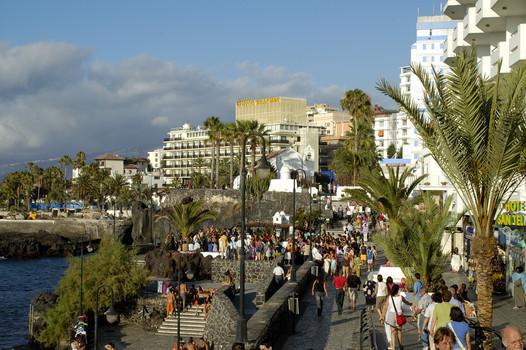 I highly recommend not to take anything from Dutifree with you. Prices for perfumes, alcohol, watches, jewelry and clothes of Spanish brands are very low. Branded items cost the same as in Russia, but since January 7 there were sales and we went to the capital for shopping.
I highly recommend not to take anything from Dutifree with you. Prices for perfumes, alcohol, watches, jewelry and clothes of Spanish brands are very low. Branded items cost the same as in Russia, but since January 7 there were sales and we went to the capital for shopping. 
 They took a car for all days and drove everywhere on their own (Yuri rustourtenerife), also took a tour to a neighboring island (cheaper than the guide).
They took a car for all days and drove everywhere on their own (Yuri rustourtenerife), also took a tour to a neighboring island (cheaper than the guide).  After a couple of days they moved to a room on the third floor with a sea view. Additional money was not required. The rooms are large with normal furniture, although for our taste there are a lot of mirrors and little light from the lamps. By the way, there were not enough sockets. I really liked the bathroom, everything is there. Bathtub, two sinks, weak hair dryer, shampoo and gel were added every day. In general, the cleaning of the room suited. The balcony is not mega big, but in the evening it is enough for two.
After a couple of days they moved to a room on the third floor with a sea view. Additional money was not required. The rooms are large with normal furniture, although for our taste there are a lot of mirrors and little light from the lamps. By the way, there were not enough sockets. I really liked the bathroom, everything is there. Bathtub, two sinks, weak hair dryer, shampoo and gel were added every day. In general, the cleaning of the room suited. The balcony is not mega big, but in the evening it is enough for two.  The shaded overlays indicate night and civil twilight.
The shaded overlays indicate night and civil twilight.

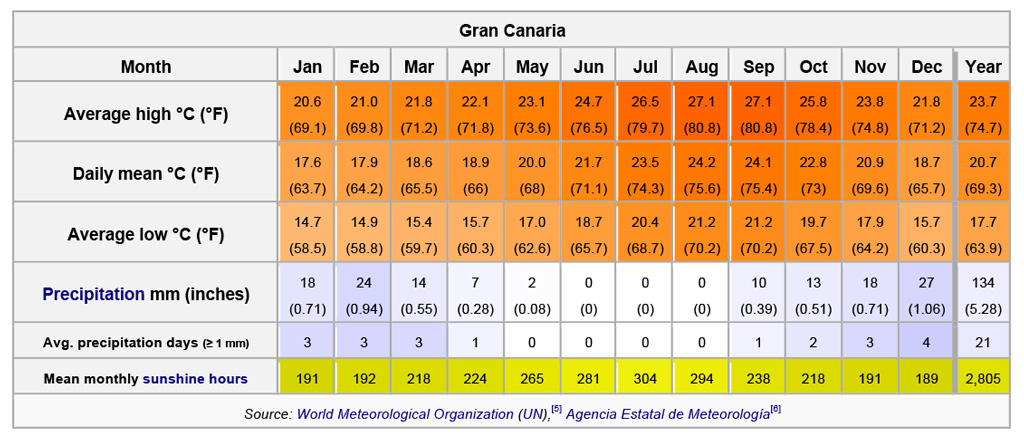 The shortest day of the month is December 22, with 10 hours, 22 minutes of daylight and the longest day is December 1, with 10 hours, 30 minutes of daylight.
The shortest day of the month is December 22, with 10 hours, 22 minutes of daylight and the longest day is December 1, with 10 hours, 30 minutes of daylight.

 From bottom to top, the black lines are the previous solar midnight, sunrise, solar noon, sunset, and the next solar midnight. The day, twilights (civil, nautical, and astronomical), and night are indicated by the color bands from yellow to gray.
From bottom to top, the black lines are the previous solar midnight, sunrise, solar noon, sunset, and the next solar midnight. The day, twilights (civil, nautical, and astronomical), and night are indicated by the color bands from yellow to gray. The black lines are lines of constant solar elevation (the angle of the sun above the horizon, in degrees). The background color fills indicate the azimuth (the compass bearing) of the sun. The lightly tinted areas at the boundaries of the cardinal compass points indicate the implied intermediate directions (northeast, southeast, southwest, and northwest).
The black lines are lines of constant solar elevation (the angle of the sun above the horizon, in degrees). The background color fills indicate the azimuth (the compass bearing) of the sun. The lightly tinted areas at the boundaries of the cardinal compass points indicate the implied intermediate directions (northeast, southeast, southwest, and northwest). The shaded overlays indicate night and civil twilight.
The shaded overlays indicate night and civil twilight. Lower dew points feel drier and higher dew points feel more humid. Unlike temperature, which typically varies significantly between night and day, dew point tends to change more slowly, so while the temperature may drop at night, a muggy day is typically followed by a muggy night.
Lower dew points feel drier and higher dew points feel more humid. Unlike temperature, which typically varies significantly between night and day, dew point tends to change more slowly, so while the temperature may drop at night, a muggy day is typically followed by a muggy night.

 3 mphDec 113.3 mphDec 3113.9 mphDec 3113.9 mphDec 1613.7 mphDec 1613.7 mph
3 mphDec 113.3 mphDec 3113.9 mphDec 3113.9 mphDec 1613.7 mphDec 1613.7 mph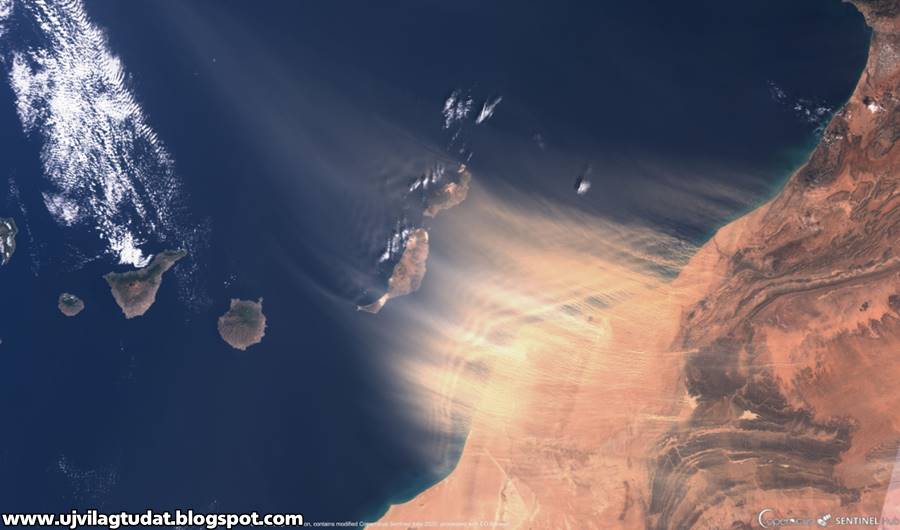
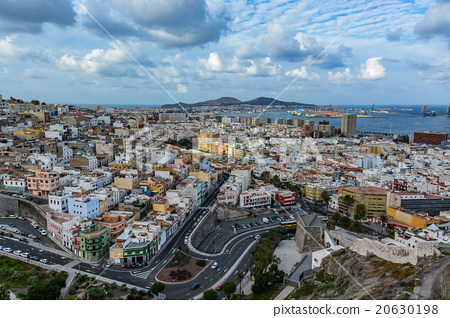
 The black line is the percentage chance that a given day is within the growing season.
The black line is the percentage chance that a given day is within the growing season.
 0 kWh2.5 kWh2.5 kWh3.0 kWh3.0 kWh3.5 kWh3.5 kWh4.0 kWh4.0 kWh4.5 kWh4.5 kWh5.0 kWh5.0 kWh5.5 kWh5.5 kWh5.0 kWh5.0 kWh5.5 kWh5.5 kWhNovJanDec 173.5 kWhDec 173.5 kWhDec 13.6 kWhDec 13.6 kWhDec 313.6 kWhDec 313.6 kWh
0 kWh2.5 kWh2.5 kWh3.0 kWh3.0 kWh3.5 kWh3.5 kWh4.0 kWh4.0 kWh4.5 kWh4.5 kWh5.0 kWh5.0 kWh5.5 kWh5.5 kWh5.0 kWh5.0 kWh5.5 kWh5.5 kWhNovJanDec 173.5 kWhDec 173.5 kWhDec 13.6 kWhDec 13.6 kWhDec 313.6 kWhDec 313.6 kWh

 With its location only 150 miles West of the Sahara Desert, it experiences only a few days of rain, while the rest are sunny and warm.
With its location only 150 miles West of the Sahara Desert, it experiences only a few days of rain, while the rest are sunny and warm.
 These winds also give some humidity, to the region so that there are rainfalls in season. The waters surrounding the islands come down from Nordic regions providing a fresh cool temperature to the ocean.
These winds also give some humidity, to the region so that there are rainfalls in season. The waters surrounding the islands come down from Nordic regions providing a fresh cool temperature to the ocean. 5 hours
5 hours  Cloudy days are less common.
Cloudy days are less common.  EXACTLY! Weather forecast in December from the Hydrometeorological Center, Gismeteo Las Palmas de Gran Canaria
EXACTLY! Weather forecast in December from the Hydrometeorological Center, Gismeteo Las Palmas de Gran Canaria
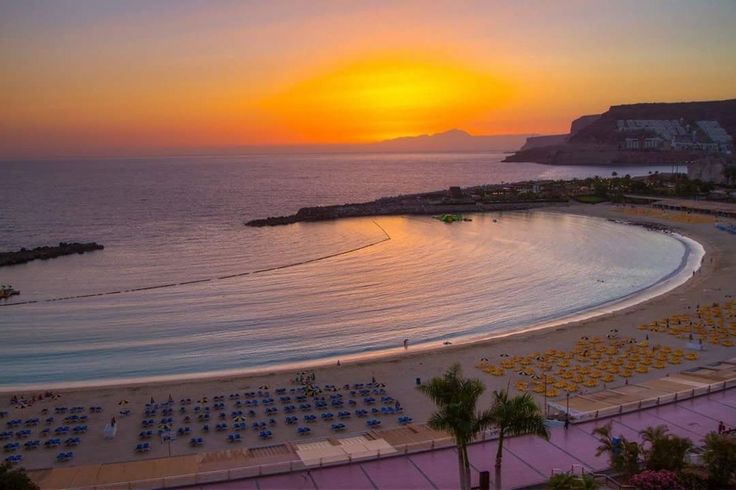
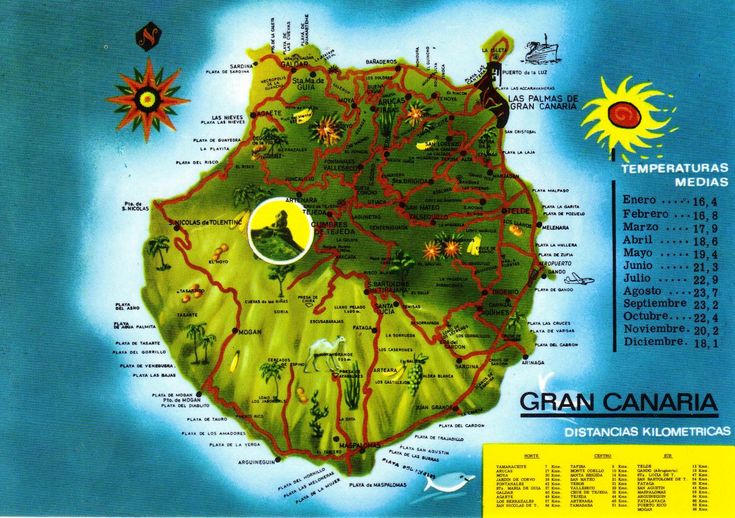

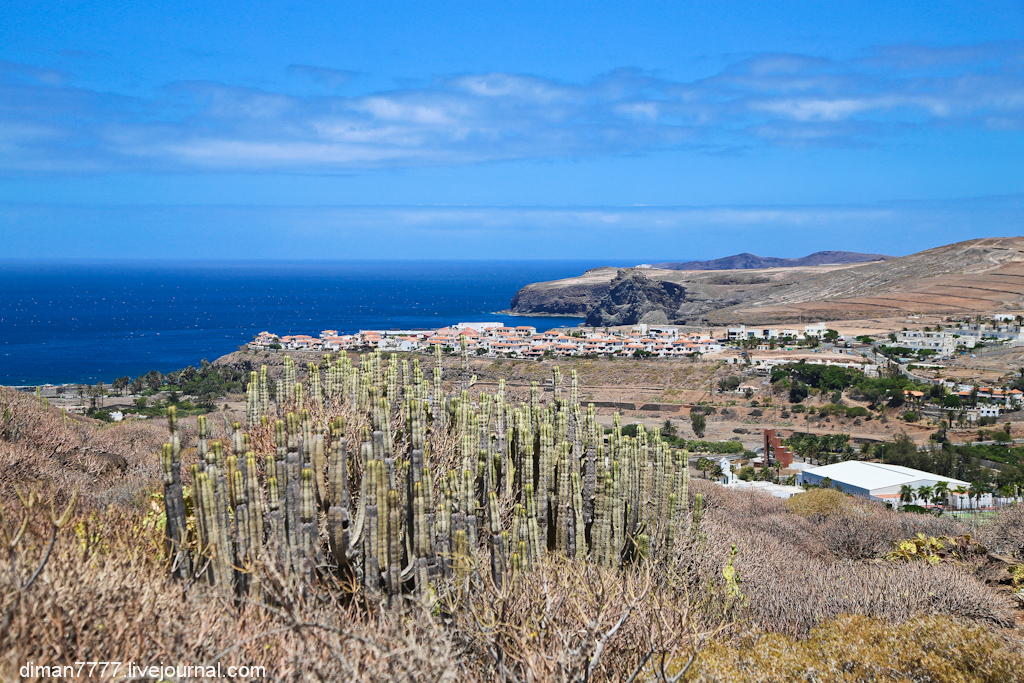

 San Sebastián played an important role in the story of one of the world’s most well-known explorers: in 1492 Christopher Columbus chose the island’s capital as his last port of call before he set off to discover the New World.
San Sebastián played an important role in the story of one of the world’s most well-known explorers: in 1492 Christopher Columbus chose the island’s capital as his last port of call before he set off to discover the New World. And where better to get an eyeful of this beauty than from one of La Gomera’s 40 signposted viewpoints? That amount may seem excessive for an island this size, but with seemingly endless sweeping valleys, craggy ravines, patchwork palm plantations, Tetris-like banana tree terraces and towering volcanic rock formations (including La Gomera’s own Table Mountain), you’ll wish there were twice as many.
And where better to get an eyeful of this beauty than from one of La Gomera’s 40 signposted viewpoints? That amount may seem excessive for an island this size, but with seemingly endless sweeping valleys, craggy ravines, patchwork palm plantations, Tetris-like banana tree terraces and towering volcanic rock formations (including La Gomera’s own Table Mountain), you’ll wish there were twice as many.
 With paths weaving across the island, you can DIY your walk with short circular trails, half-day hikes and full-day treks over mountains and along the coast.
With paths weaving across the island, you can DIY your walk with short circular trails, half-day hikes and full-day treks over mountains and along the coast.  The language has been a compulsory school subject since 1999, and in 2009 it was awarded Unesco’s Intangible Cultural Heritage of Humanity status. You can check out Silbo demonstrations every Saturday at the Hotel Torre Del Conde in San Sebastián, and every day at Restaurante Las Rosas and at the Mirador de Abrante restaurant in Agulo.
The language has been a compulsory school subject since 1999, and in 2009 it was awarded Unesco’s Intangible Cultural Heritage of Humanity status. You can check out Silbo demonstrations every Saturday at the Hotel Torre Del Conde in San Sebastián, and every day at Restaurante Las Rosas and at the Mirador de Abrante restaurant in Agulo.
 Slather on a chunk of bread or enjoy with a plate of papas arrugadas (wrinkly, salty potatoes found all over the Canary Islands). Though the industry is small, La Gomera also produces a number of local wines, often rich in colour and full-bodied to taste.
Slather on a chunk of bread or enjoy with a plate of papas arrugadas (wrinkly, salty potatoes found all over the Canary Islands). Though the industry is small, La Gomera also produces a number of local wines, often rich in colour and full-bodied to taste.




 I had a pair of concerns, however, to raise with the good señor: A. I don’t drive, and B. I’m a vegetarian. No worries, said he, I will drive you around the island myself, and we will have two lunches at its only vegetarian restaurant, Casa Efigenia – which just happened to be owned by his mum. Yes, the second smallest of the Canary Islands (370 square kilometres/143 sq. miles, pop. 22,000) is that kind of place. Charming and intimate, as well as largely unspoiled.
I had a pair of concerns, however, to raise with the good señor: A. I don’t drive, and B. I’m a vegetarian. No worries, said he, I will drive you around the island myself, and we will have two lunches at its only vegetarian restaurant, Casa Efigenia – which just happened to be owned by his mum. Yes, the second smallest of the Canary Islands (370 square kilometres/143 sq. miles, pop. 22,000) is that kind of place. Charming and intimate, as well as largely unspoiled.

 The latter is the house which reputedly provided the spring Columbus used to draw fresh water for his ships before the historic crossing to America; it also houses an exhibition of local pre-Columbian culture.
The latter is the house which reputedly provided the spring Columbus used to draw fresh water for his ships before the historic crossing to America; it also houses an exhibition of local pre-Columbian culture.
 Valle Gran Rey’s Hotel Gran Rey is ideal for supping cocktails to a backdrop of perfect sunset. For a cheaper option, consider Hotel Rural Casa Lugo in Agulo.
Valle Gran Rey’s Hotel Gran Rey is ideal for supping cocktails to a backdrop of perfect sunset. For a cheaper option, consider Hotel Rural Casa Lugo in Agulo. These high volcanic islands were the first to receive the rains coming from the west, and thus preserved the remnants of a rich and lush forest – the laurel forest – on their Windward Peaks. Near the Laurisilva of Madeira (Portugal), the Garajonay National Park holds an outstanding example of this unique vegetation, which remains shrouded in clouds and mist almost constantly. These forests are relic ecosystems, living remnants of the old rainforests and warm temperate forests that occupied much of Europe and North Africa during the Tertiary period. Today they are home to an exceptional number of endemic species, which in many cases are also endangered.
These high volcanic islands were the first to receive the rains coming from the west, and thus preserved the remnants of a rich and lush forest – the laurel forest – on their Windward Peaks. Near the Laurisilva of Madeira (Portugal), the Garajonay National Park holds an outstanding example of this unique vegetation, which remains shrouded in clouds and mist almost constantly. These forests are relic ecosystems, living remnants of the old rainforests and warm temperate forests that occupied much of Europe and North Africa during the Tertiary period. Today they are home to an exceptional number of endemic species, which in many cases are also endangered. The forest survives only thanks to high humidity and moderate temperatures, which fluctuate little throughout the year.
The forest survives only thanks to high humidity and moderate temperatures, which fluctuate little throughout the year.
 Become a local expert
Become a local expert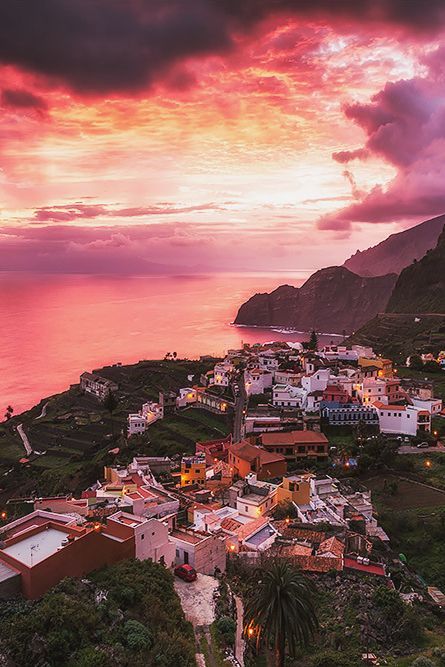
 .
. 
 The information is available by clicking here.
The information is available by clicking here.
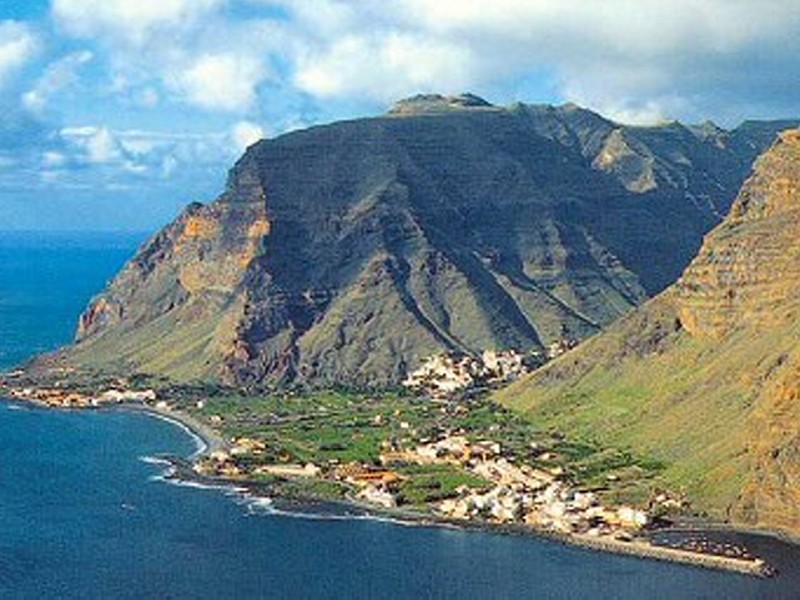 About an hour later we were already approaching the port of the capital of the island, La Gomera.
About an hour later we were already approaching the port of the capital of the island, La Gomera. 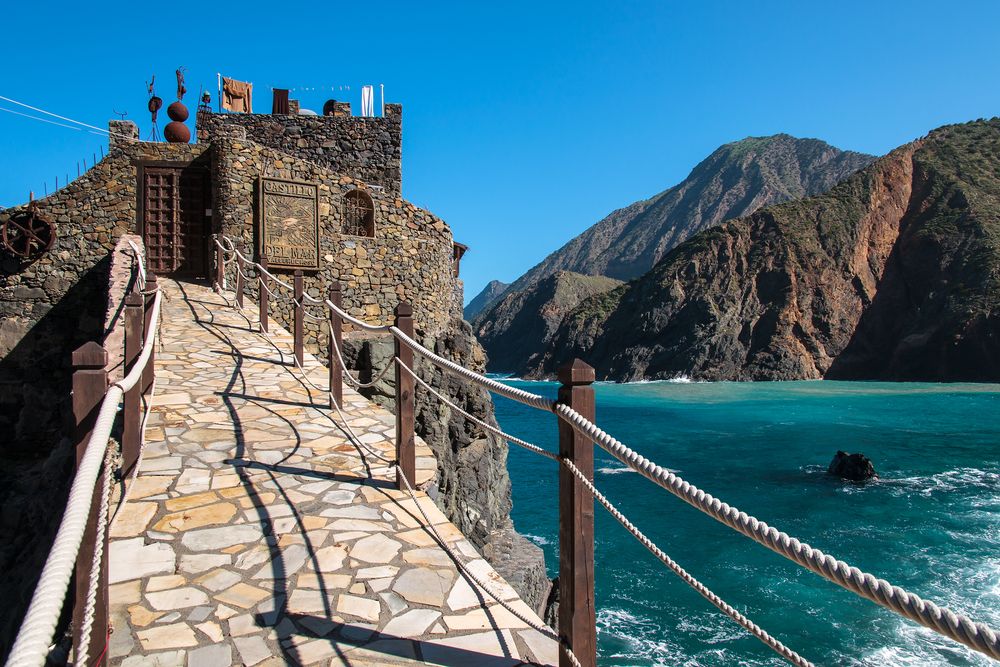



 We liked everything very much.
We liked everything very much. 


 On the one hand, some of the locals even work in Tenerife, and on the other hand, three-quarters of all tourists come to La Gomera from Tenerife for just one day. Moreover, this trip “kills” several “hares” at once. Firstly, after that, you can safely and honestly tell that it was in the Canaries, and not just in Tenerife. Secondly, few people regret visiting La Gomera: this is a very pretty island with beautiful views and a unique laurel-heather ancient forest, memories of the trip remain very pleasant. And the road is not tiring: the boat from Tenerife takes less than an hour, and if you’re lucky, you can see dolphins and even whales along the way.
On the one hand, some of the locals even work in Tenerife, and on the other hand, three-quarters of all tourists come to La Gomera from Tenerife for just one day. Moreover, this trip “kills” several “hares” at once. Firstly, after that, you can safely and honestly tell that it was in the Canaries, and not just in Tenerife. Secondly, few people regret visiting La Gomera: this is a very pretty island with beautiful views and a unique laurel-heather ancient forest, memories of the trip remain very pleasant. And the road is not tiring: the boat from Tenerife takes less than an hour, and if you’re lucky, you can see dolphins and even whales along the way.  But the “Homeric whistle” is a really local and very interesting cultural phenomenon. Since ancient times, the inhabitants of the island have felt the need to communicate at great distances from the interlocutor. This was facilitated by the complex terrain and low population density. When looking for his goats or some sudden trouble, one shepherd had to transfer information to another, but he could not come close at the same time. This is how the whistling language was born. Loud and shrill, audible over long distances, he allowed to communicate, even if there were several kilometers between the “interlocutors” (it is alleged that the record is 11 km.). It is important to understand that “whistling language” is not a language in the usual sense of the word. He does not have his own words, his own vocabulary. This is a “transposition” of the language into whistle. That is, the modern silbador (this is the name of people who own this art – the language of silbo, el silbo – whistle) in fact “whistles” sentences in Spanish.
But the “Homeric whistle” is a really local and very interesting cultural phenomenon. Since ancient times, the inhabitants of the island have felt the need to communicate at great distances from the interlocutor. This was facilitated by the complex terrain and low population density. When looking for his goats or some sudden trouble, one shepherd had to transfer information to another, but he could not come close at the same time. This is how the whistling language was born. Loud and shrill, audible over long distances, he allowed to communicate, even if there were several kilometers between the “interlocutors” (it is alleged that the record is 11 km.). It is important to understand that “whistling language” is not a language in the usual sense of the word. He does not have his own words, his own vocabulary. This is a “transposition” of the language into whistle. That is, the modern silbador (this is the name of people who own this art – the language of silbo, el silbo – whistle) in fact “whistles” sentences in Spanish. Of course, before the Spaniards, Silbo relied heavily on the language of the Guanches. Technically, the process looks like this. Both hands are used to produce sound. Usually two fingers are placed in the mouth, the tip of the tongue is pressed to the teeth and whistled, while as if pronouncing what they want to say. The remaining fingers are used as a mouthpiece to direct the sound. We have seen exactly this variation, but other techniques are said to be possible using one finger or even no fingers at all. Of course, you can “whistle” and phrases in Russian. The most important thing is to learn to understand them by ear without mistakes. They say that it is not as difficult as it might seem at first glance. There are schools where tourists are accepted, they say that it is quite possible to learn this in three months. Of course, you need to know Spanish to study. Silbo is such an interesting and unusual cultural phenomenon that in 2009It was declared a Masterpiece of the Intangible Heritage of Humanity by UNESCO.
Of course, before the Spaniards, Silbo relied heavily on the language of the Guanches. Technically, the process looks like this. Both hands are used to produce sound. Usually two fingers are placed in the mouth, the tip of the tongue is pressed to the teeth and whistled, while as if pronouncing what they want to say. The remaining fingers are used as a mouthpiece to direct the sound. We have seen exactly this variation, but other techniques are said to be possible using one finger or even no fingers at all. Of course, you can “whistle” and phrases in Russian. The most important thing is to learn to understand them by ear without mistakes. They say that it is not as difficult as it might seem at first glance. There are schools where tourists are accepted, they say that it is quite possible to learn this in three months. Of course, you need to know Spanish to study. Silbo is such an interesting and unusual cultural phenomenon that in 2009It was declared a Masterpiece of the Intangible Heritage of Humanity by UNESCO.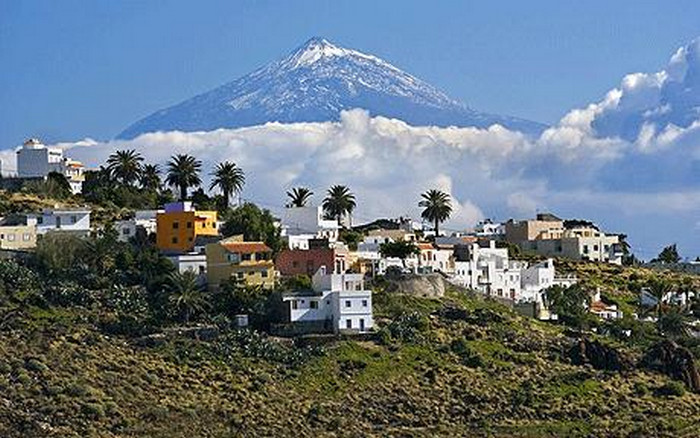 Now in the schools of the island of La Gomera, language-art is taught as a compulsory subject.
Now in the schools of the island of La Gomera, language-art is taught as a compulsory subject. 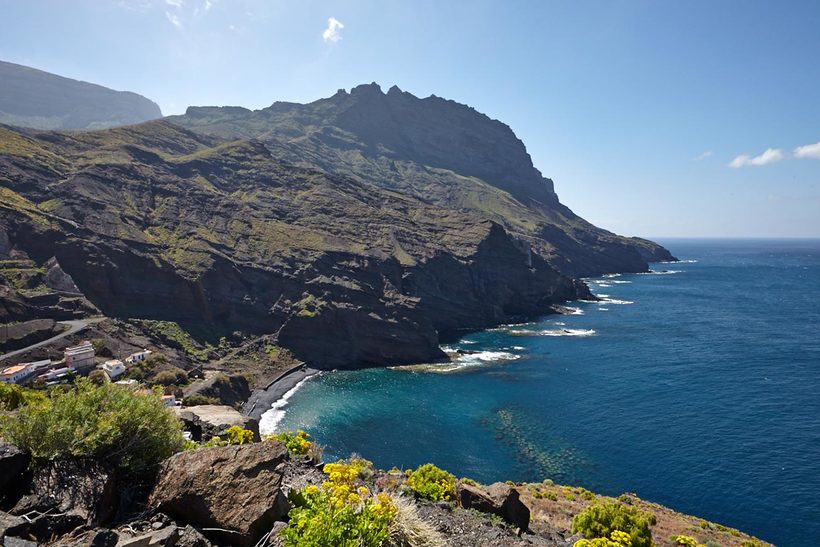
 Sun hours (hours)
Sun hours (hours)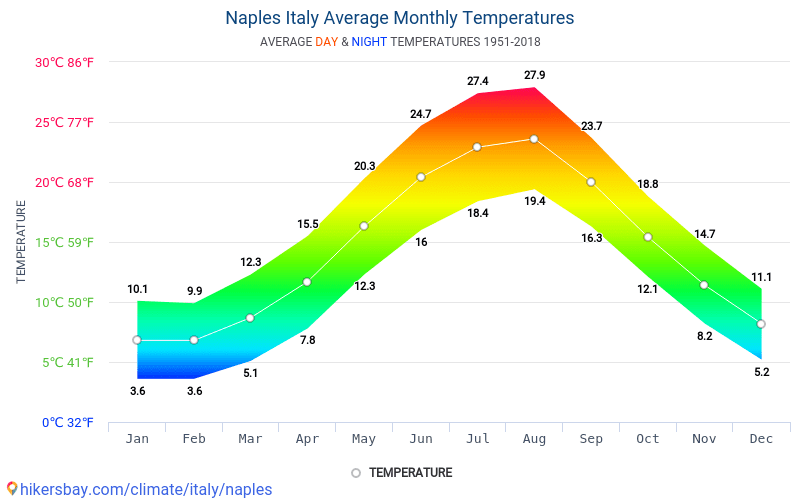 3
3 2) °F
2) °F 5 °C
5 °C Sun hours (hours)
Sun hours (hours)/ushuaia/back/files/image/180604_Ushuaia_BIG_Opening_009_Logo_Ushuaia_BR_.jpg) hours of sun
hours of sun 3
3 2
2 6
6 70°C | 67.46°F.
70°C | 67.46°F. 4 °C.
4 °C. This has been derived from analysis of two decades of oceanographic satellite measurements of nearby open water. We have calculated the average water temperature variation around the year as well as the extremes that have been observed on each date.
This has been derived from analysis of two decades of oceanographic satellite measurements of nearby open water. We have calculated the average water temperature variation around the year as well as the extremes that have been observed on each date.

 4°C
4°C
 9°C
9°C  8°C.
8°C. 9°C
9°C 1°C
1°C 2°C, Clouds (scattered clouds: 25-50%)
2°C, Clouds (scattered clouds: 25-50%) 4°C, Rain (light rain)
4°C, Rain (light rain) 9°C, Rain (light rain)
9°C, Rain (light rain)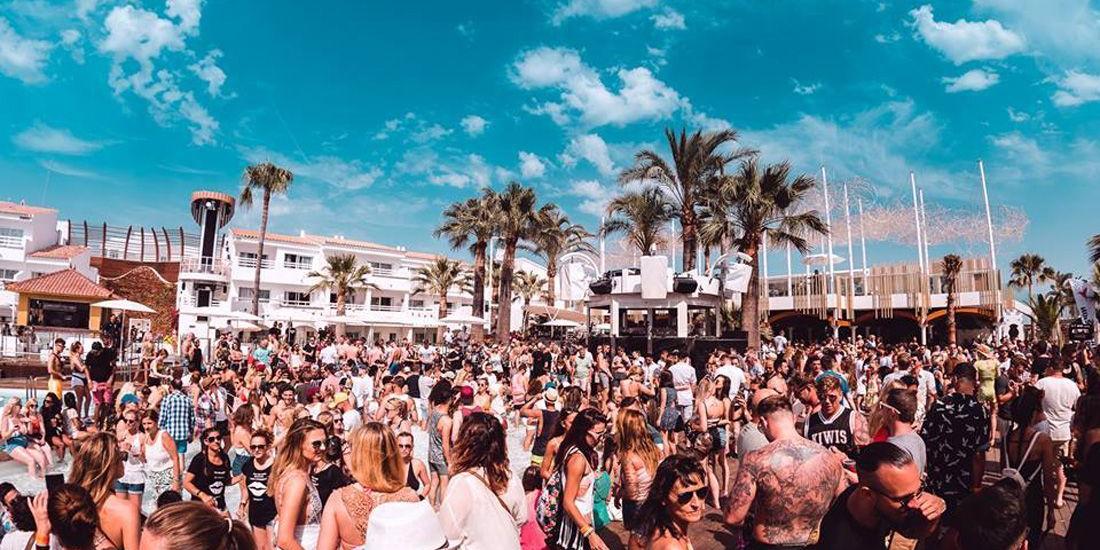 You can expect next to no rainfall during the late summer months. Please read our Ibiza Weather Guide below with diagrams.
You can expect next to no rainfall during the late summer months. Please read our Ibiza Weather Guide below with diagrams. During June it is unlikely to will need any warm clothes in Ibiza generally day and night you will not need any outer clothing! InJulythe average temperature in Ibiza rises to 25 degrees, although it is much warmer in the days as the average temperature is based on both day and nights. The average temperature of 25 is hot, you should consider investing in air conditioning in yourIbiza Hotel. During the day times, It can also be unbearable during lunchtime and early afternoon hours so you may want to consider at Siesta. July is the busiest month, so it is wise to pre-book everything as hotels and events sell out fast!Augustis the warmest month in the Balearics with an average temperature of 26 degrees. If you are visiting in August, make sure you invest in a good fan or air conditioning as night time can be seriously warm and difficult to sleep if not!
During June it is unlikely to will need any warm clothes in Ibiza generally day and night you will not need any outer clothing! InJulythe average temperature in Ibiza rises to 25 degrees, although it is much warmer in the days as the average temperature is based on both day and nights. The average temperature of 25 is hot, you should consider investing in air conditioning in yourIbiza Hotel. During the day times, It can also be unbearable during lunchtime and early afternoon hours so you may want to consider at Siesta. July is the busiest month, so it is wise to pre-book everything as hotels and events sell out fast!Augustis the warmest month in the Balearics with an average temperature of 26 degrees. If you are visiting in August, make sure you invest in a good fan or air conditioning as night time can be seriously warm and difficult to sleep if not! Prepare for this as Italian DJ’s such as Marco Carola and Joseph Capriati will sell out early in August so pre-booking tickets is essential.You can purchase tickets here.In September the average temperature takes a welcome drop down to 24 degrees. September is a good month to come to Ibiza where you can experience warm but not unbearable temperatures and also catch some cool closing parties. October is usually the last month of the holiday season in Ibiza and it usually pleasant throughout although you may want to consider a jacket on some evenings. The average temperature in Ibiza in October is 21 degrees.
Prepare for this as Italian DJ’s such as Marco Carola and Joseph Capriati will sell out early in August so pre-booking tickets is essential.You can purchase tickets here.In September the average temperature takes a welcome drop down to 24 degrees. September is a good month to come to Ibiza where you can experience warm but not unbearable temperatures and also catch some cool closing parties. October is usually the last month of the holiday season in Ibiza and it usually pleasant throughout although you may want to consider a jacket on some evenings. The average temperature in Ibiza in October is 21 degrees. In June the average high temperature is 26 degrees which is hot! You should wear sun cream at all times in June especially if partying on the IbizaBoat Partiesor any other day parties such asZoo Project. During the evening temperatures drop to 18 degrees which is still very warm for night time. This is 8 degrees warmer than the average low in the UK. If you are in Ibiza in June, we would advise you to book accommodation with air conditioning or a good fan! InJulyit does get sweltering in Ibiza with the average high temperature hitting29 degreesalthough it can reach35 degreeson some days! This is hot, and it’s essential to wear sun cream and hydrate during the daytime At night the average low is 21 degrees which are great for outdoor open-air events at Ushuaia, Blue Marlin or O Beach. Still, it can be problematic when trying to sleep so again we suggest shopping around for a hotel or apartment with good air conditioning! August is the hottest month on the White Isle with average high temperature reaching 30 degrees daily.
In June the average high temperature is 26 degrees which is hot! You should wear sun cream at all times in June especially if partying on the IbizaBoat Partiesor any other day parties such asZoo Project. During the evening temperatures drop to 18 degrees which is still very warm for night time. This is 8 degrees warmer than the average low in the UK. If you are in Ibiza in June, we would advise you to book accommodation with air conditioning or a good fan! InJulyit does get sweltering in Ibiza with the average high temperature hitting29 degreesalthough it can reach35 degreeson some days! This is hot, and it’s essential to wear sun cream and hydrate during the daytime At night the average low is 21 degrees which are great for outdoor open-air events at Ushuaia, Blue Marlin or O Beach. Still, it can be problematic when trying to sleep so again we suggest shopping around for a hotel or apartment with good air conditioning! August is the hottest month on the White Isle with average high temperature reaching 30 degrees daily.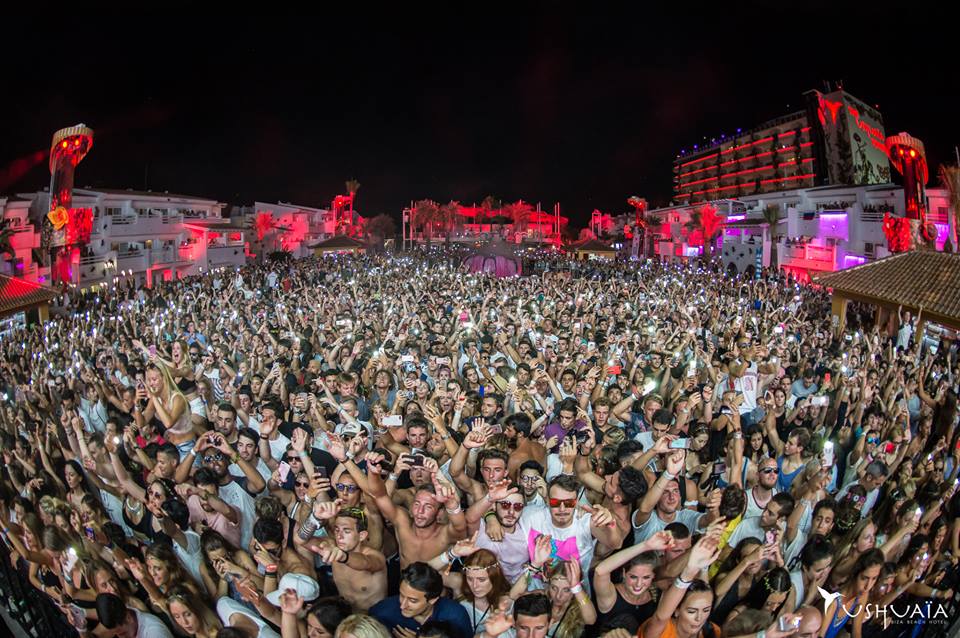 If you are partying in Ibiza in August consider sun cream, a fan and plenty of liquids during the day parties such asOceanBeat, O Beach, Blue Marlin, Zoo Project or Ibiza Rocks Pool Parties.It would help if you also considered taking clothes to cover yourself to prevent sunburn.
If you are partying in Ibiza in August consider sun cream, a fan and plenty of liquids during the day parties such asOceanBeat, O Beach, Blue Marlin, Zoo Project or Ibiza Rocks Pool Parties.It would help if you also considered taking clothes to cover yourself to prevent sunburn. This is a welcome change as August can be too hot during the evening. September is a fantastic time to visit Ibiza as people flock to the Island for the legendary closing parties which often sees the best DJ lineups of the summer. October is the last month of the party season in Ibiza, the temperature drops again in October with average highs of 24 degrees, and the average low temperature is 17 degrees. It is unlikely that you will need any warm clothes in at any time during the Ibiza season!
This is a welcome change as August can be too hot during the evening. September is a fantastic time to visit Ibiza as people flock to the Island for the legendary closing parties which often sees the best DJ lineups of the summer. October is the last month of the party season in Ibiza, the temperature drops again in October with average highs of 24 degrees, and the average low temperature is 17 degrees. It is unlikely that you will need any warm clothes in at any time during the Ibiza season! These seven days are usually just showers and not full days of rain like you would expect back in the UK. In June the average rainfall drops significantly to only 12mm for the month and just four wet days over the month so you could expect possibly one day with a rain shower during your week stay although it is unlikely to last very long. In July the rainfall drops to 9mm on average with three days of days with showers over the month. It is unlikely that rain will affect your holiday in July! August is equally as dry with 9mm on average over the month and just four days on average where you may experience a light shower! In September you can expect an average of 30mm of rain for the month and an average of 8 days which you may expect a shower. To summarise the rainfall in Ibiza is extremely low and your holiday is likely to have next to no rain during your Ibiza holiday.
These seven days are usually just showers and not full days of rain like you would expect back in the UK. In June the average rainfall drops significantly to only 12mm for the month and just four wet days over the month so you could expect possibly one day with a rain shower during your week stay although it is unlikely to last very long. In July the rainfall drops to 9mm on average with three days of days with showers over the month. It is unlikely that rain will affect your holiday in July! August is equally as dry with 9mm on average over the month and just four days on average where you may experience a light shower! In September you can expect an average of 30mm of rain for the month and an average of 8 days which you may expect a shower. To summarise the rainfall in Ibiza is extremely low and your holiday is likely to have next to no rain during your Ibiza holiday. In May you can expect 12 hours of sunshine per day. In June, July and August you can expect 13 hours of sun per day. In September this drops to 10 hours a day and 8 hours of sunshine per day in October.
In May you can expect 12 hours of sunshine per day. In June, July and August you can expect 13 hours of sun per day. In September this drops to 10 hours a day and 8 hours of sunshine per day in October. During July the sea temperature increases again up to 24 degrees celsius per day on average. In August the temperature reaches its high yearly average of 26 degrees, this is around 10 degrees warmer than the average August sea temperature of Brighton, UK. The sea temperature stays high during September at 25 and dropping to 22 degrees in October.
During July the sea temperature increases again up to 24 degrees celsius per day on average. In August the temperature reaches its high yearly average of 26 degrees, this is around 10 degrees warmer than the average August sea temperature of Brighton, UK. The sea temperature stays high during September at 25 and dropping to 22 degrees in October.
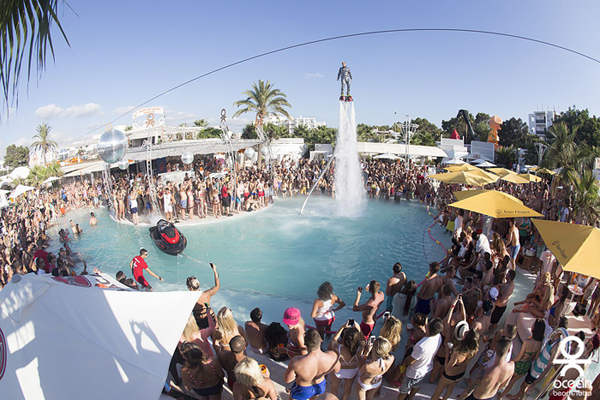 Find out more about our data sources.
Find out more about our data sources. 


 Just as the temperature increases, so does the risk from UV rays, so remember your SPF.
Just as the temperature increases, so does the risk from UV rays, so remember your SPF. 


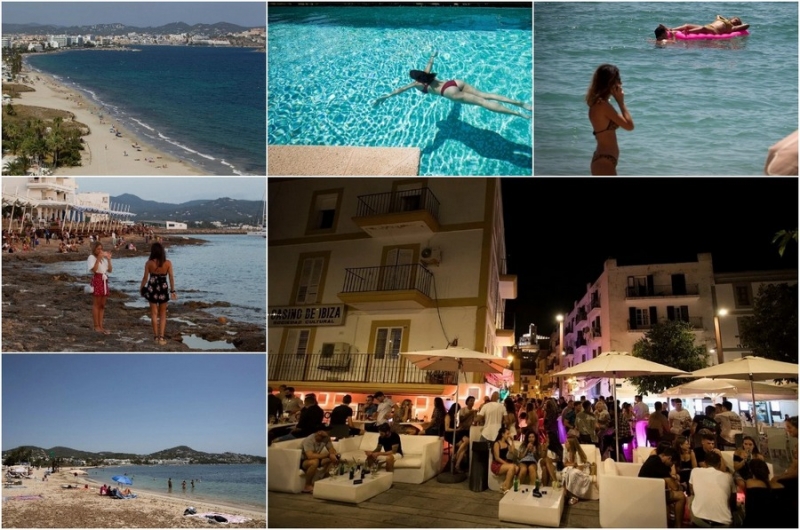

 Expect maximum daytime temperatures to reach 29°C with moderate heat and humidity.
Expect maximum daytime temperatures to reach 29°C with moderate heat and humidity.  5 hours.
5 hours.
 Some would describe it as pleasantly warm with a gentle breeze.
Some would describe it as pleasantly warm with a gentle breeze.

 With that in mind, most people would dress in something light like your favorite t-shirt.
With that in mind, most people would dress in something light like your favorite t-shirt. 5 metres
5 metres



 Duration
Duration Duration
Duration Duration
Duration com
com Duration
Duration Duration
Duration Duration
Duration Duration
Duration Duration
Duration com
com com
com Duration
Duration com
com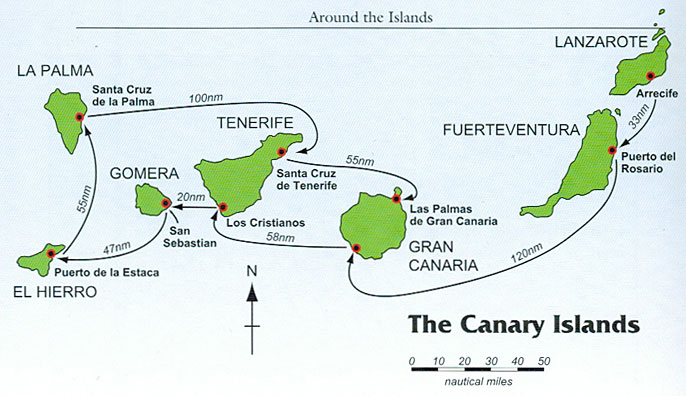 oui.sncf
oui.sncf SNCF
SNCF com
com Most Renfe trains have two classes: Turista (2nd class) and Preferente (1st class), although some AVE trains offer Turista Plus. There is free WiFi for Preferente passengers and for those with a +Renfe loyalty card.
Most Renfe trains have two classes: Turista (2nd class) and Preferente (1st class), although some AVE trains offer Turista Plus. There is free WiFi for Preferente passengers and for those with a +Renfe loyalty card.
 Duration
Duration There are three types of tickets on offer (Frequent Traveller Pass, Share Pass and ALSA Pass), along with discounts for senior citizens, students and children.
There are three types of tickets on offer (Frequent Traveller Pass, Share Pass and ALSA Pass), along with discounts for senior citizens, students and children.
 Please note, this is not available on all services.
Please note, this is not available on all services. com
com A.
A. Filled with useful and timely travel information, the guides answer all the hard questions – such as ‘How do I buy a ticket?’, ‘Should I book online before I travel? ‘, ‘How much should I expect to pay?’, ‘Do the trains and buses have Wifi?’ – to help you get the most out of your next trip.
Filled with useful and timely travel information, the guides answer all the hard questions – such as ‘How do I buy a ticket?’, ‘Should I book online before I travel? ‘, ‘How much should I expect to pay?’, ‘Do the trains and buses have Wifi?’ – to help you get the most out of your next trip.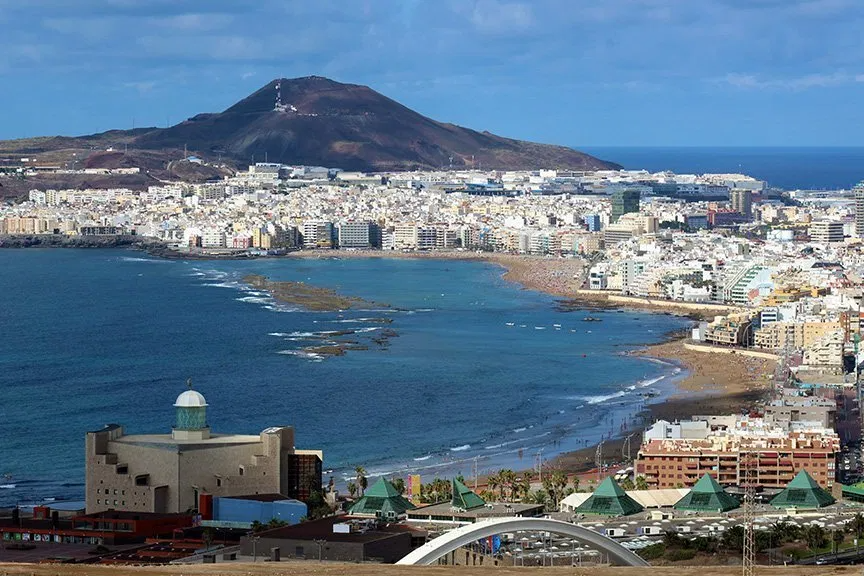
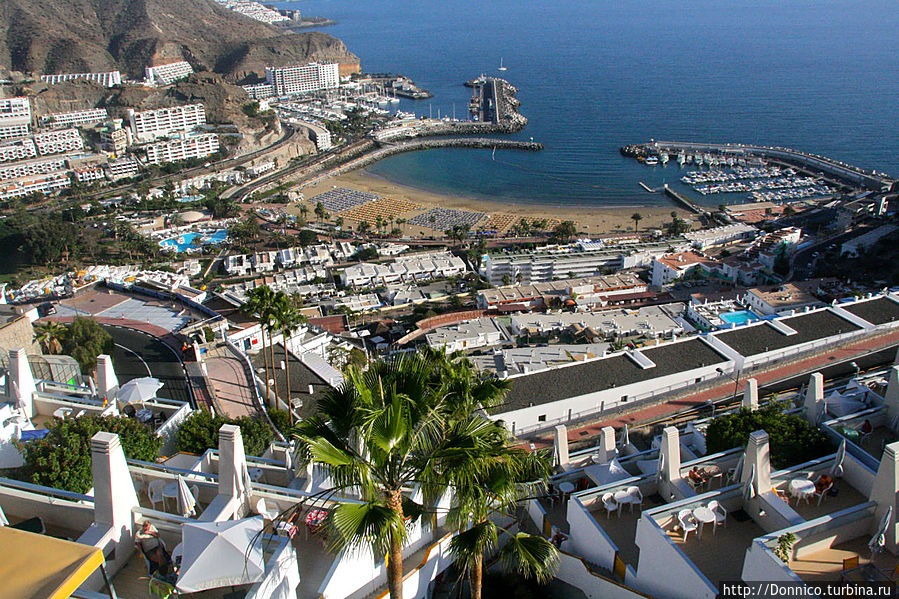
 Its more than 100 watchtowers, city gates and the 18th century cathedral characterize the image of this beautiful city. In the evening, the promenade is a popular meeting place when the setting sun bathes the historic buildings and the Castillo de San Sebastián in a golden light. And as if so much beauty were not enough, an ancient amphitheatre was discovered during construction work in 1980.
Its more than 100 watchtowers, city gates and the 18th century cathedral characterize the image of this beautiful city. In the evening, the promenade is a popular meeting place when the setting sun bathes the historic buildings and the Castillo de San Sebastián in a golden light. And as if so much beauty were not enough, an ancient amphitheatre was discovered during construction work in 1980.
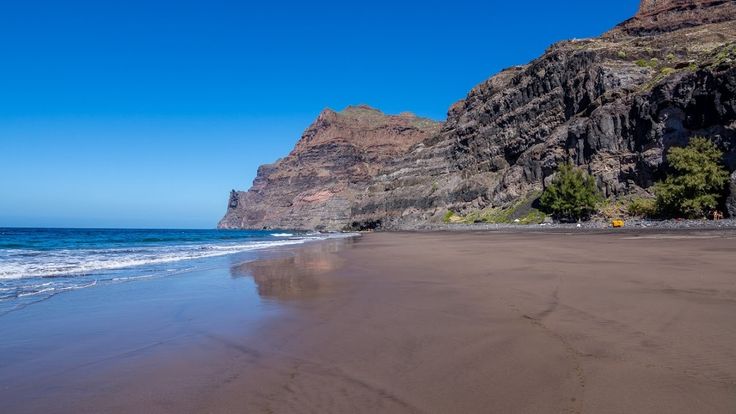

 You can find more information in our privacy policy. If you are under 16 and wish to give consent to optional services, you must ask your legal guardians for permission. We use cookies and other technologies on our website. Some of them are essential, while others help us to improve this website and your experience. Personal data may be processed (e.g. IP addresses), for example for personalized ads and content or ad and content measurement. You can find more information about the use of your data in our privacy policy. You can revoke or adjust your selection at any time under Settings.
You can find more information in our privacy policy. If you are under 16 and wish to give consent to optional services, you must ask your legal guardians for permission. We use cookies and other technologies on our website. Some of them are essential, while others help us to improve this website and your experience. Personal data may be processed (e.g. IP addresses), for example for personalized ads and content or ad and content measurement. You can find more information about the use of your data in our privacy policy. You can revoke or adjust your selection at any time under Settings. However, if you’d rather take your time with a slower, more affordable travel option, you can book a Ferry ticket.
However, if you’d rather take your time with a slower, more affordable travel option, you can book a Ferry ticket. The most affordable operator is Fred Olsen Express: travelling by ferry expect to pay as low as EUR 45.42 for your ticket.
The most affordable operator is Fred Olsen Express: travelling by ferry expect to pay as low as EUR 45.42 for your ticket. While it’s often the most expensive option, tool, occasionally you can grab promotional tickets for more or less the price of a train or a ferry ticket. Normally, the minimum you need to pay for a Plane ticket is EUR 59.00.
While it’s often the most expensive option, tool, occasionally you can grab promotional tickets for more or less the price of a train or a ferry ticket. Normally, the minimum you need to pay for a Plane ticket is EUR 59.00. If you’re prone to seasickness it may be an unpleasant experience. As a rule, a ferry journey isn’t the cheapest way to travel During the high season ferry tickets might be hard to get, so you should always book in advance when possible.
If you’re prone to seasickness it may be an unpleasant experience. As a rule, a ferry journey isn’t the cheapest way to travel During the high season ferry tickets might be hard to get, so you should always book in advance when possible.

 In the sun, the temperature rose to 22 °C. This corresponds to the average weather conditions in the ward. The organizers send a summary of the expected weather by mail the day before the race.
In the sun, the temperature rose to 22 °C. This corresponds to the average weather conditions in the ward. The organizers send a summary of the expected weather by mail the day before the race.  Two flights by low-cost airlines lasting 2 and 5 hours with a long transfer-overnight stay in Vienna. Budget for flights with luggage ̴ 270 euros per person.
Two flights by low-cost airlines lasting 2 and 5 hours with a long transfer-overnight stay in Vienna. Budget for flights with luggage ̴ 270 euros per person. 
 The assortment and prices of local supermarkets are conducive to this.
The assortment and prices of local supermarkets are conducive to this.  Unfortunately, we did not have time to visit.
Unfortunately, we did not have time to visit.  (Although he actually was, but the man with the key to the showers disappeared without a trace and even the most patient athletes (I)) did not wait for him)
(Although he actually was, but the man with the key to the showers disappeared without a trace and even the most patient athletes (I)) did not wait for him) 
 Volkswagen Polo cost us 7 € per day. There were also more budget models. Fuel – 1.06 € per liter. We drove about 1500 km in two weeks and spent 74 € on gasoline.
Volkswagen Polo cost us 7 € per day. There were also more budget models. Fuel – 1.06 € per liter. We drove about 1500 km in two weeks and spent 74 € on gasoline. 
 Cars are parked next to each other. There is a great chance that if not you, then you. We visited the cities more for groceries, so we were not very stressed about this.
Cars are parked next to each other. There is a great chance that if not you, then you. We visited the cities more for groceries, so we were not very stressed about this. 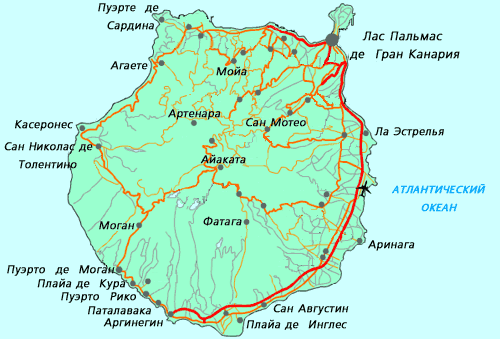 There are no direct prohibitions, but rangers in the mornings politely ask to turn this farce.
There are no direct prohibitions, but rangers in the mornings politely ask to turn this farce.  5 €. A runner from Poland settled in the second room of the same guesthouse. I saw the hostess for 10 seconds while handing over the key from the window past a passing car 🙂 In real time, she answered all questions by e-mail.
5 €. A runner from Poland settled in the second room of the same guesthouse. I saw the hostess for 10 seconds while handing over the key from the window past a passing car 🙂 In real time, she answered all questions by e-mail.  Nothing to say about prices.
Nothing to say about prices. 
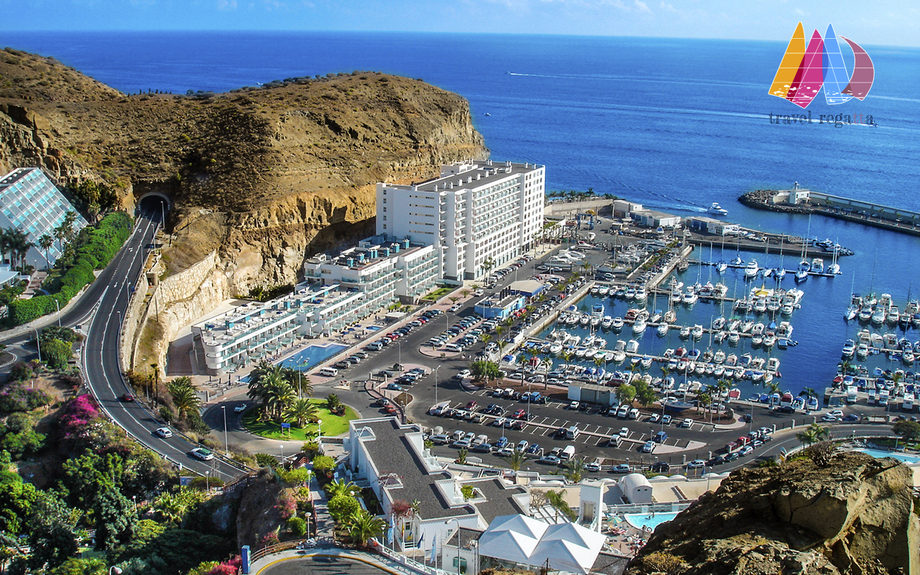
 And in early September, the feast of King Jaime I is celebrated. In October-November, a rally takes place here, and in June
And in early September, the feast of King Jaime I is celebrated. In October-November, a rally takes place here, and in June

 5). During the season, additional buses run to the main resorts of the island. After midnight, you can leave the airport for the capital only by taxi.
5). During the season, additional buses run to the main resorts of the island. After midnight, you can leave the airport for the capital only by taxi. 
 To sunbathe, you have to go, for example, to Ammoudara Beach (5 kilometers from the center of the capital).
To sunbathe, you have to go, for example, to Ammoudara Beach (5 kilometers from the center of the capital).  They play music of different styles, so everyone will find an institution to their liking. Hugo’s Terrace bar on St. Beach invites you to relax after a stormy night George’s Bay – the only sandy beach in the vicinity of St. Julian’s
They play music of different styles, so everyone will find an institution to their liking. Hugo’s Terrace bar on St. Beach invites you to relax after a stormy night George’s Bay – the only sandy beach in the vicinity of St. Julian’s  International hits are heard at the Cocoricò disco, and you can dance to Latin American tunes at the Palacio de la Salsa. In the vicinity of the beach, in the area called Marano, there are fashionable clubs Moijto Beach, Operà, Sbronzo, Palma, El Mexicali.
International hits are heard at the Cocoricò disco, and you can dance to Latin American tunes at the Palacio de la Salsa. In the vicinity of the beach, in the area called Marano, there are fashionable clubs Moijto Beach, Operà, Sbronzo, Palma, El Mexicali.  You can also fly to Bologna airport, and from there get to the place by train.
You can also fly to Bologna airport, and from there get to the place by train. 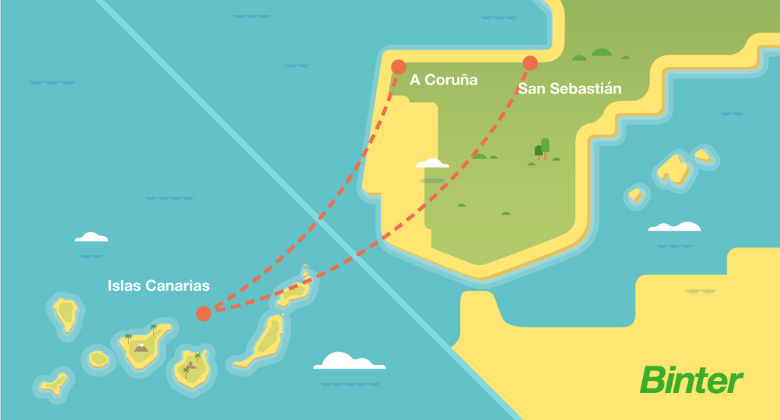
 Excursions to other parts of Crete are also in demand, for example, to the ancient city of Gortyn with Minoan caves or to the island of Spinalonga, where the ruins of Venetian fortresses have been preserved.
Excursions to other parts of Crete are also in demand, for example, to the ancient city of Gortyn with Minoan caves or to the island of Spinalonga, where the ruins of Venetian fortresses have been preserved. 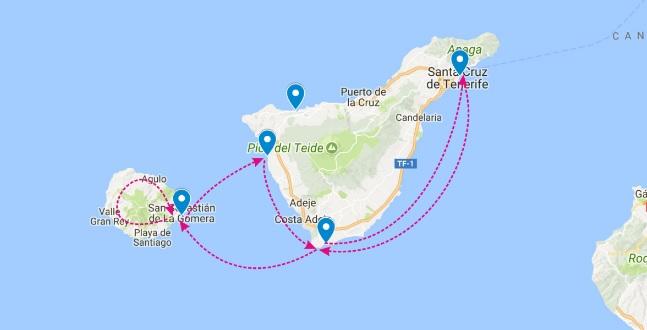 And so the TOP-5 of the most youthful resorts in Spain.
And so the TOP-5 of the most youthful resorts in Spain.  Here is one of the largest water parks in Spain “Agualandia”, the park of exotic animals and fish “Mundomar”. And of course, the famous theme park “Terra Mitica” is an amusement park dedicated to the history and culture of ancient civilizations. Fans of combining can visit the Terra Natura park – a zoo combined with the Agua Natura water park.
Here is one of the largest water parks in Spain “Agualandia”, the park of exotic animals and fish “Mundomar”. And of course, the famous theme park “Terra Mitica” is an amusement park dedicated to the history and culture of ancient civilizations. Fans of combining can visit the Terra Natura park – a zoo combined with the Agua Natura water park. 
 Here you can often meet world stars sipping whiskey and enjoying a charming sunset to the sound of music. By the way, more than 10 million people met the sunset in Café del Mar.
Here you can often meet world stars sipping whiskey and enjoying a charming sunset to the sound of music. By the way, more than 10 million people met the sunset in Café del Mar.  In terms of the abundance of theatrical performances, flowering gardens, attractions, both for children and adults, it surpasses even Disney World.
In terms of the abundance of theatrical performances, flowering gardens, attractions, both for children and adults, it surpasses even Disney World. 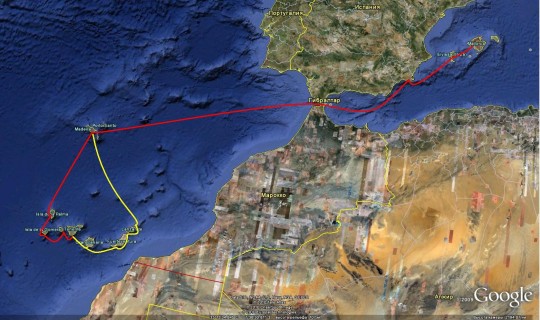 Tours to Spain for young people are very popular, because the country is a recognized leader in the world’s tourism industry, every year it receives a huge number of tourists.
Tours to Spain for young people are very popular, because the country is a recognized leader in the world’s tourism industry, every year it receives a huge number of tourists. 
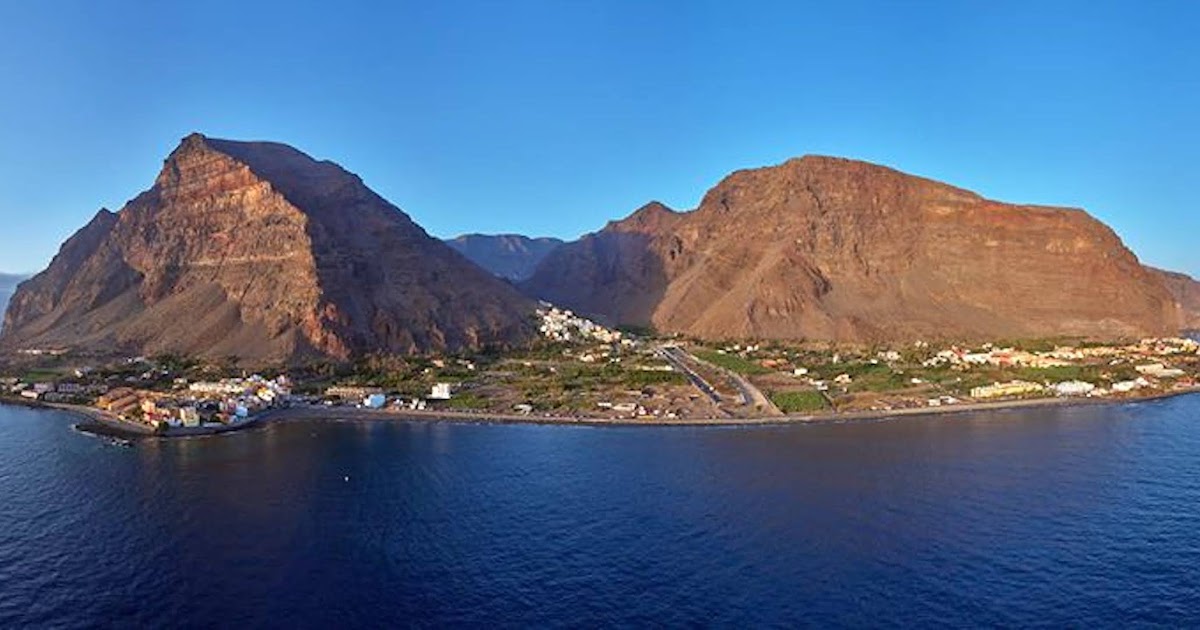
 The structure of cafes, restaurants, shops and food markets is also developed.
The structure of cafes, restaurants, shops and food markets is also developed. 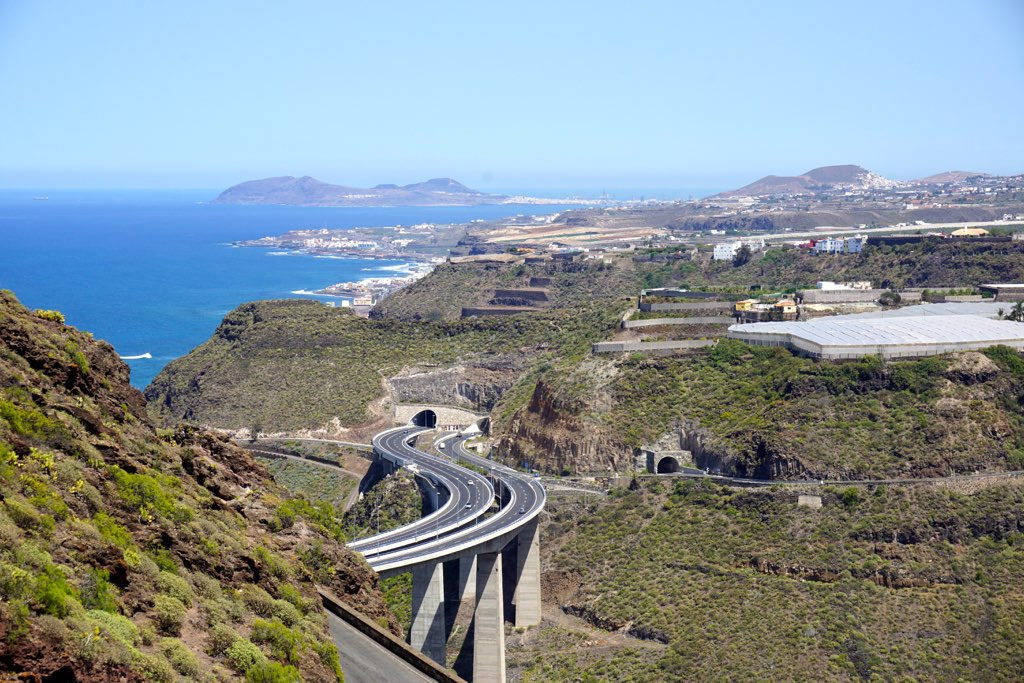

 Unique photos are guaranteed.
Unique photos are guaranteed. 
 The most famous holiday destinations are on the Costa Brava and Costa Dorada. Small coastal towns flow smoothly into one another, forming an invaluable necklace of Spanish Mediterranean resorts.
The most famous holiday destinations are on the Costa Brava and Costa Dorada. Small coastal towns flow smoothly into one another, forming an invaluable necklace of Spanish Mediterranean resorts.  There are bike tours, horseback riding and hiking. You won’t be bored.
There are bike tours, horseback riding and hiking. You won’t be bored. 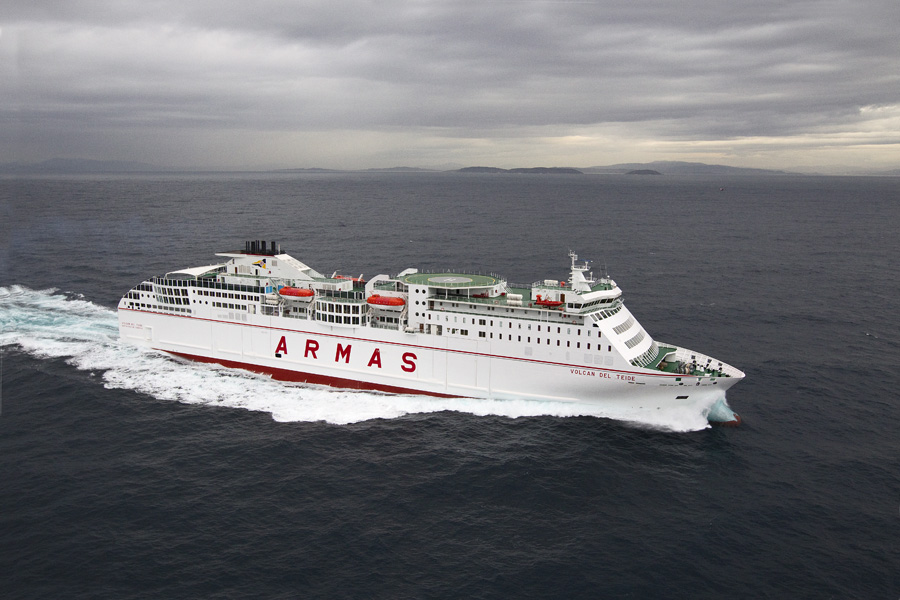 Rest “on all 100” is guaranteed.
Rest “on all 100” is guaranteed.  For those who are hungry, there are cafes and other places where you can have a bite to eat. You can even buy souvenirs in the park.
For those who are hungry, there are cafes and other places where you can have a bite to eat. You can even buy souvenirs in the park.  It can be said unequivocally that it is impossible to see all of Spain in one trip. And you can fall in love with this warm, benevolent country at first sight. So, if you wish, you can come back here again and again.
It can be said unequivocally that it is impossible to see all of Spain in one trip. And you can fall in love with this warm, benevolent country at first sight. So, if you wish, you can come back here again and again.  And also Valencia and Barcelona, and palaces, museums, parks, and a lot of new stories, legends and facts. Songs and poems are written about the beauty of any Spanish city, and a real traveler has the opportunity to see everything with his own eyes.
And also Valencia and Barcelona, and palaces, museums, parks, and a lot of new stories, legends and facts. Songs and poems are written about the beauty of any Spanish city, and a real traveler has the opportunity to see everything with his own eyes.  In Vitoria, it is pleasant to wander along the shady alleys of parks, visit various museums, including the Museum of Playing Cards. It is in Vitoria that the production of popular products is established. Well, Guernica, like a Phoenix bird rising from the ashes, symbolizes freedom and independence and is recognized as the city of Peace.
In Vitoria, it is pleasant to wander along the shady alleys of parks, visit various museums, including the Museum of Playing Cards. It is in Vitoria that the production of popular products is established. Well, Guernica, like a Phoenix bird rising from the ashes, symbolizes freedom and independence and is recognized as the city of Peace.  Such a city tour is the most convenient, cheap and affordable.
Such a city tour is the most convenient, cheap and affordable.  In the summer, beautiful beaches are popular here, and in winter, numerous resorts for lovers of skiing in the mountains are open for tourists.
In the summer, beautiful beaches are popular here, and in winter, numerous resorts for lovers of skiing in the mountains are open for tourists. 

 In the center is the famous Museum of Painting. Madrid is the center of art in Europe.
In the center is the famous Museum of Painting. Madrid is the center of art in Europe. 
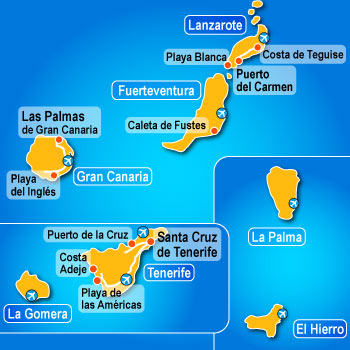 Paradise places include Costa Brava, Costa Dorado, Balearic and Canary Islands.
Paradise places include Costa Brava, Costa Dorado, Balearic and Canary Islands.  There are many cultural monuments from different eras.
There are many cultural monuments from different eras. Large clean beaches, small comfortable hotels and many entertainments make it possible to have an inexpensive and comfortable rest;
Large clean beaches, small comfortable hotels and many entertainments make it possible to have an inexpensive and comfortable rest; 
 Winter, spring and autumn are the most suitable times for sightseeing holidays. At this time, you can combine a quiet, relaxing holiday with a tour of many architectural and cultural monuments.
Winter, spring and autumn are the most suitable times for sightseeing holidays. At this time, you can combine a quiet, relaxing holiday with a tour of many architectural and cultural monuments. 
 Holidays at sea become an unforgettable adventure. After visiting this country, there are many photos and impressions.
Holidays at sea become an unforgettable adventure. After visiting this country, there are many photos and impressions. 
 Despite the fact that the castle has somewhat lost its charm, it is still interesting.
Despite the fact that the castle has somewhat lost its charm, it is still interesting.  The largest influx of vacationers in July and August, when the heat reaches its peak. More comfortable conditions will be on the northern coast, while in Seville and Madrid, the weather can become unbearable for many.
The largest influx of vacationers in July and August, when the heat reaches its peak. More comfortable conditions will be on the northern coast, while in Seville and Madrid, the weather can become unbearable for many.  Everywhere in Barcelona there are buildings listed as UNESCO World Heritage Sites.
Everywhere in Barcelona there are buildings listed as UNESCO World Heritage Sites.

